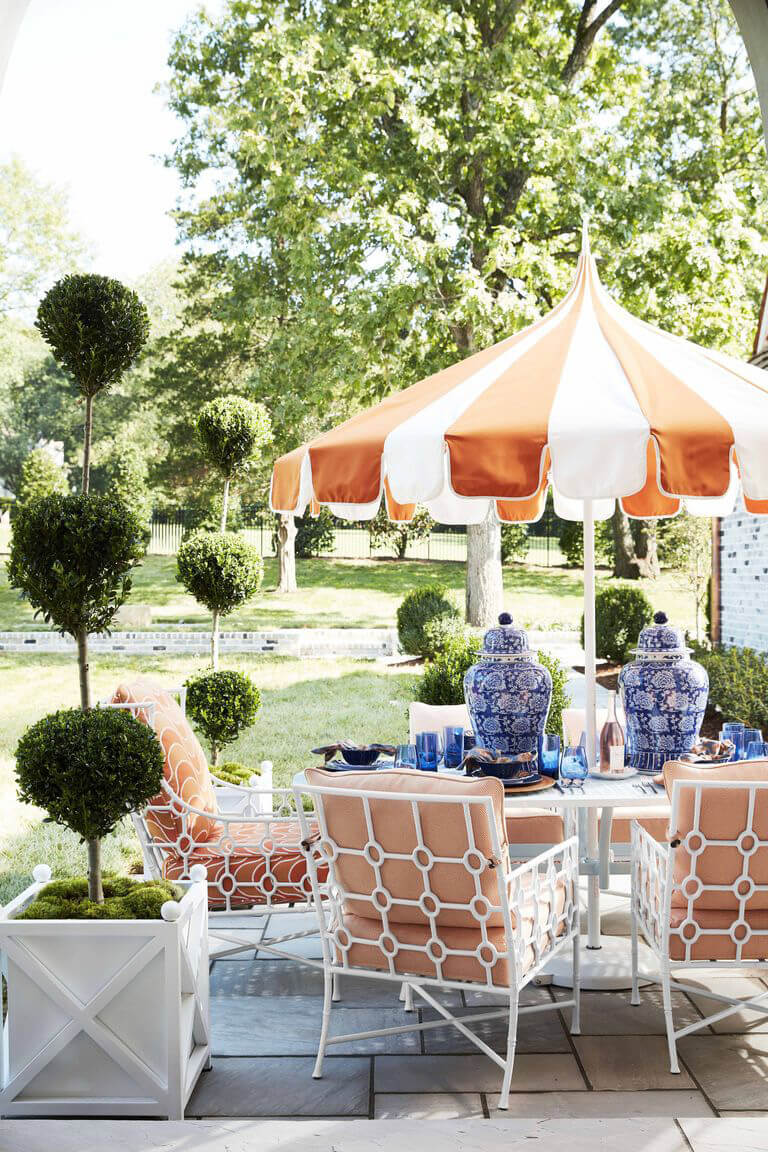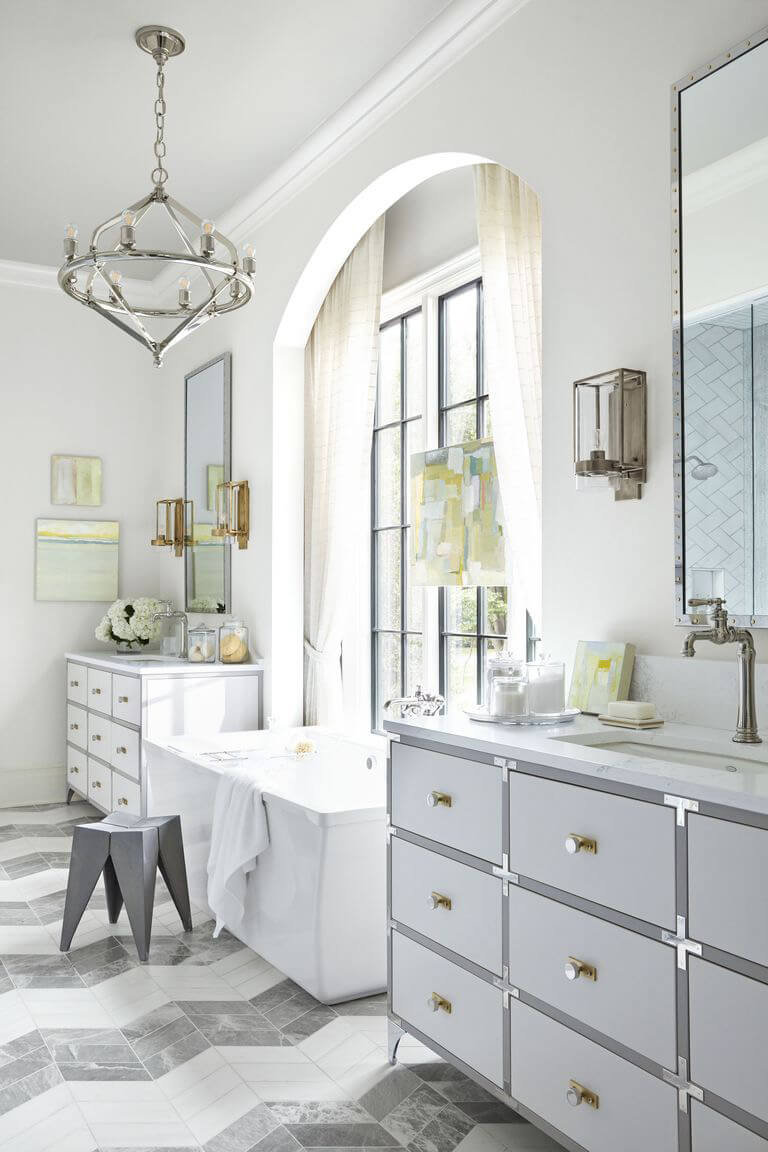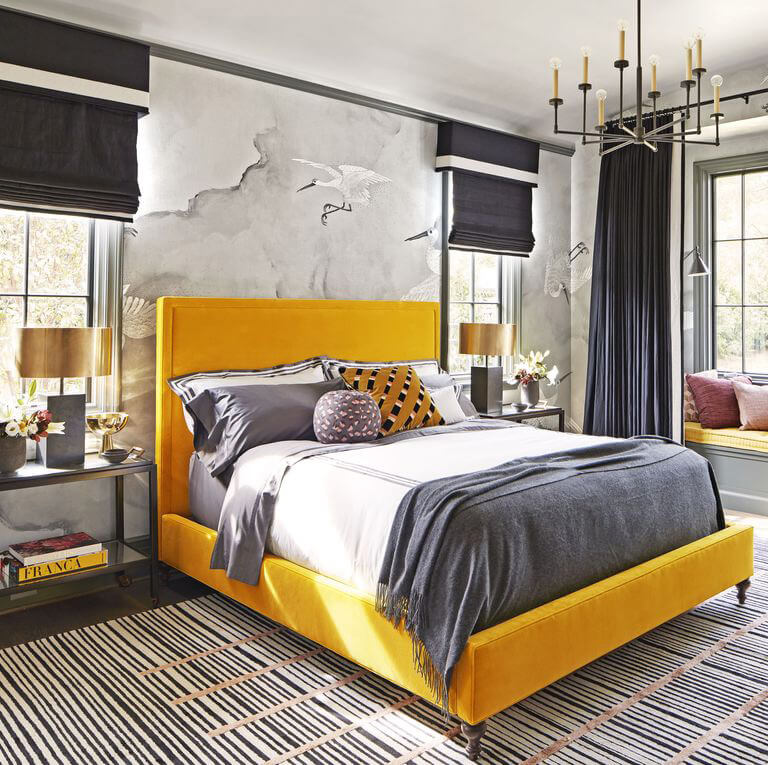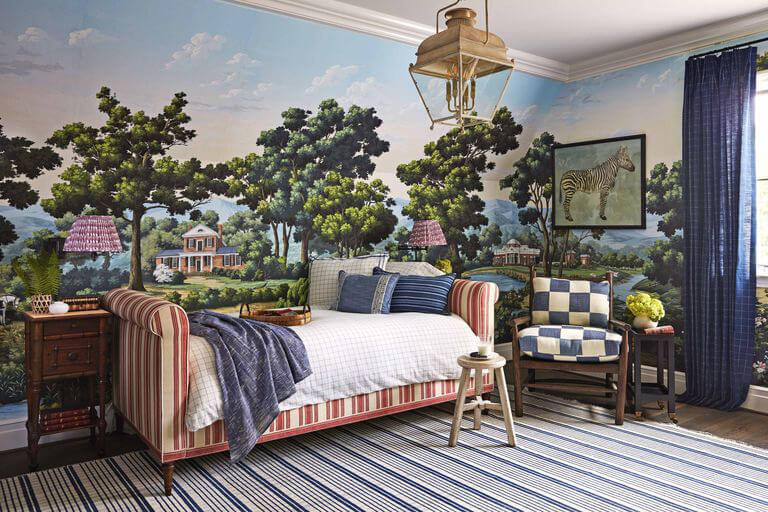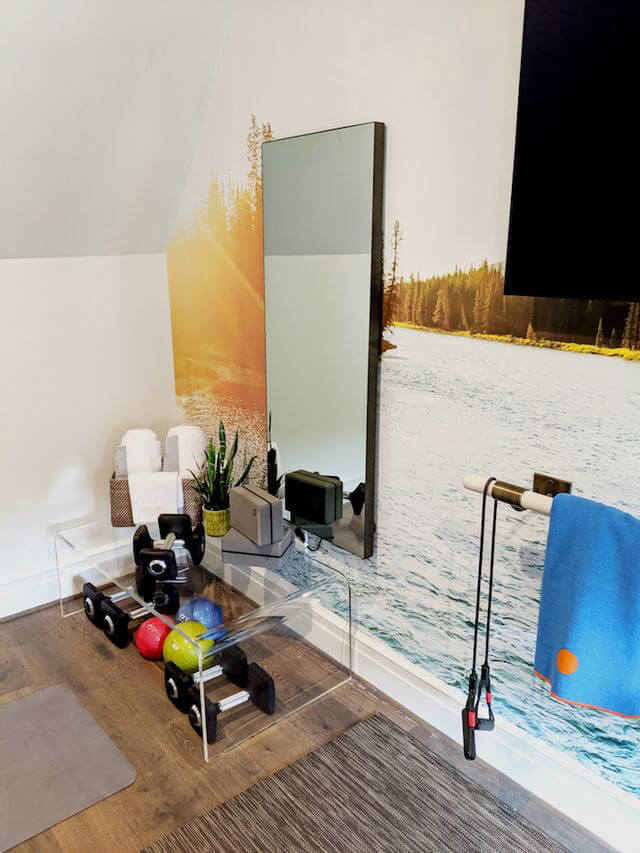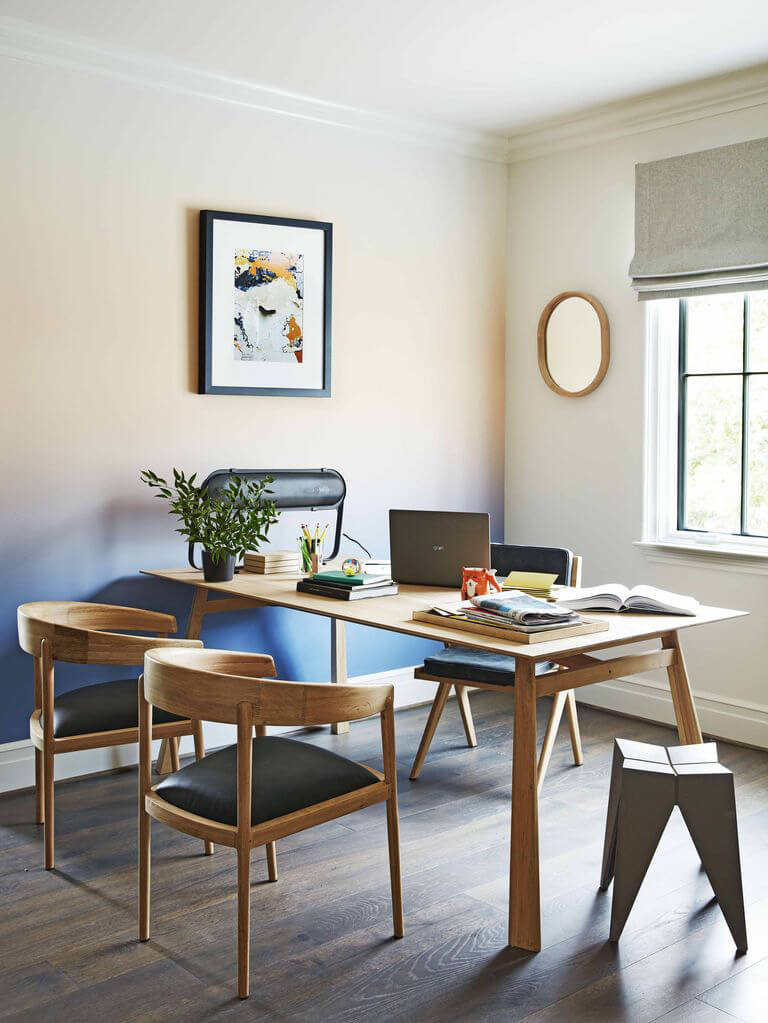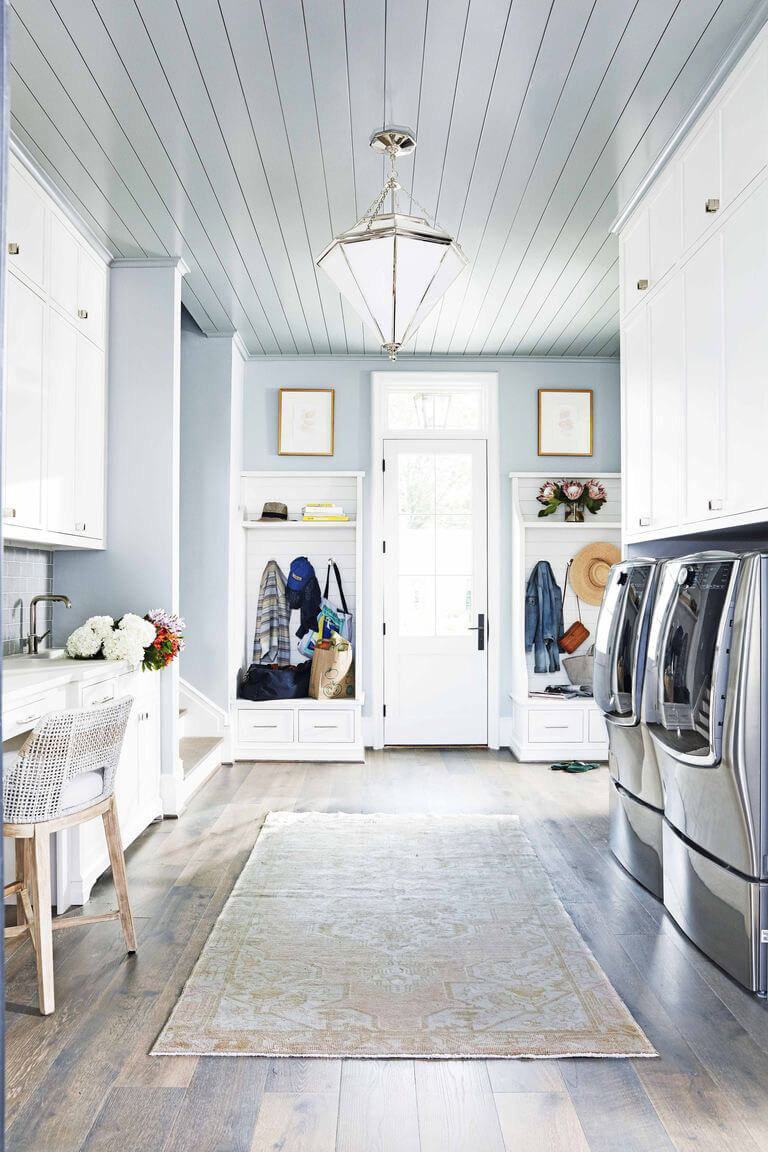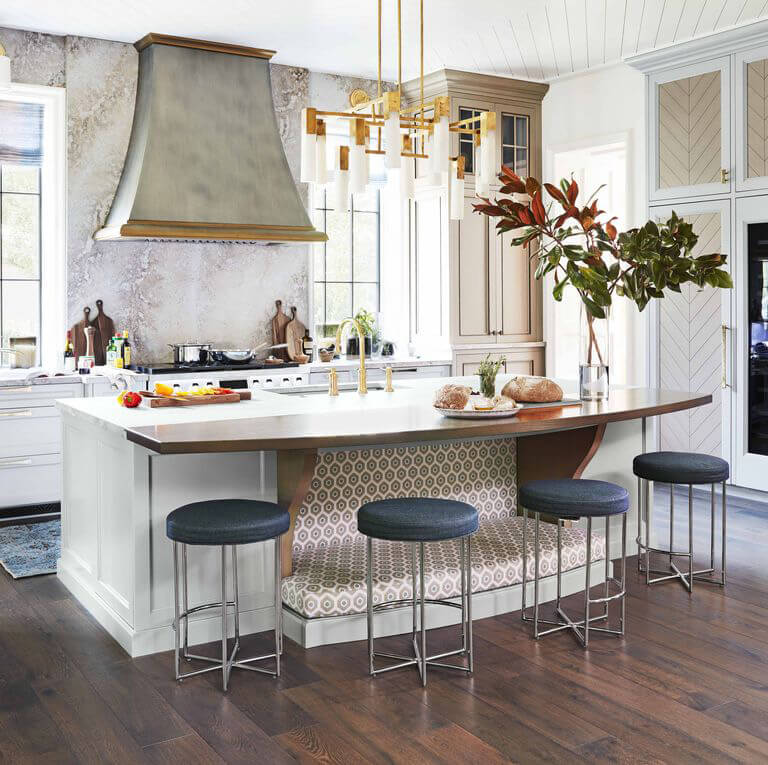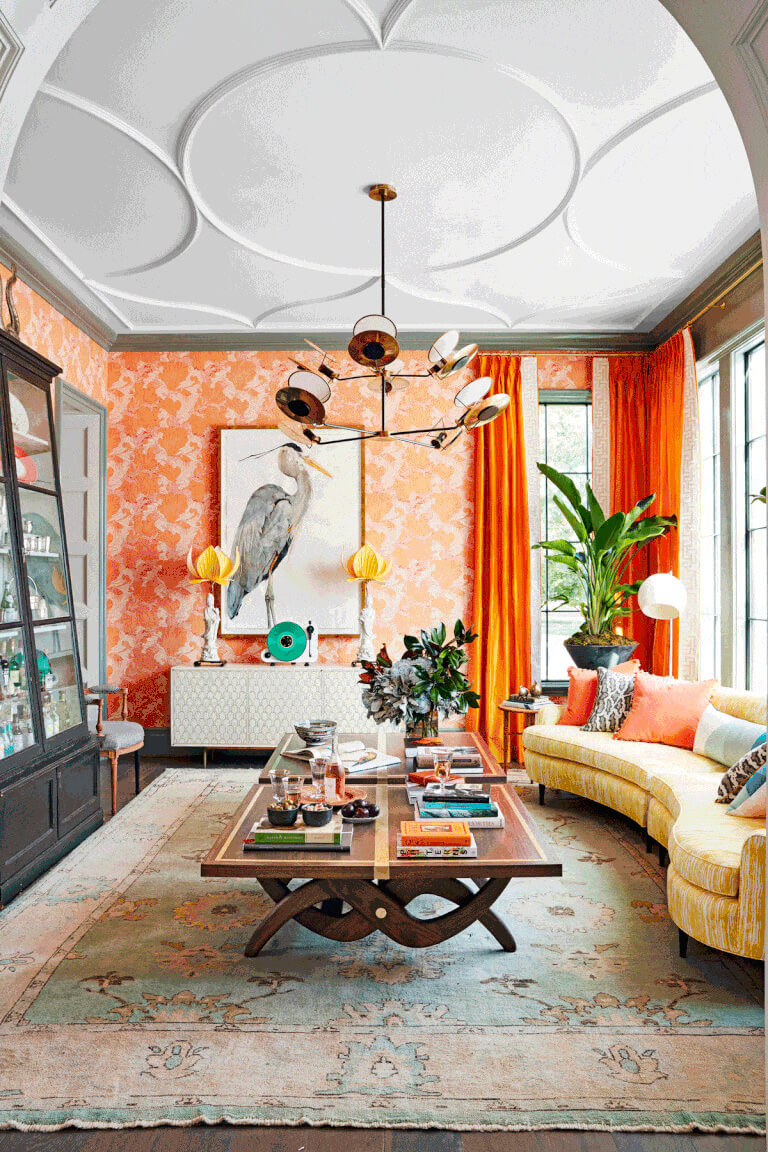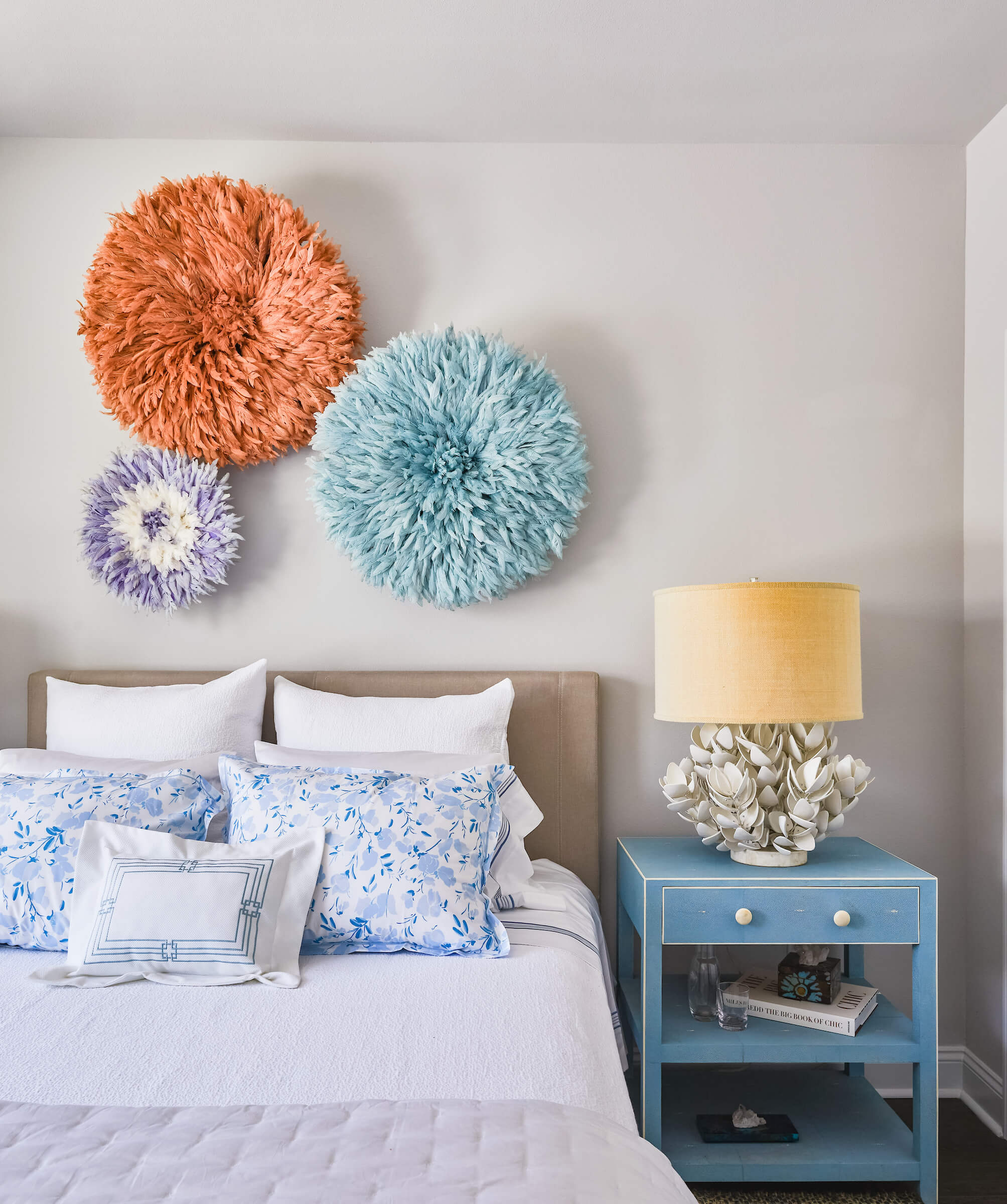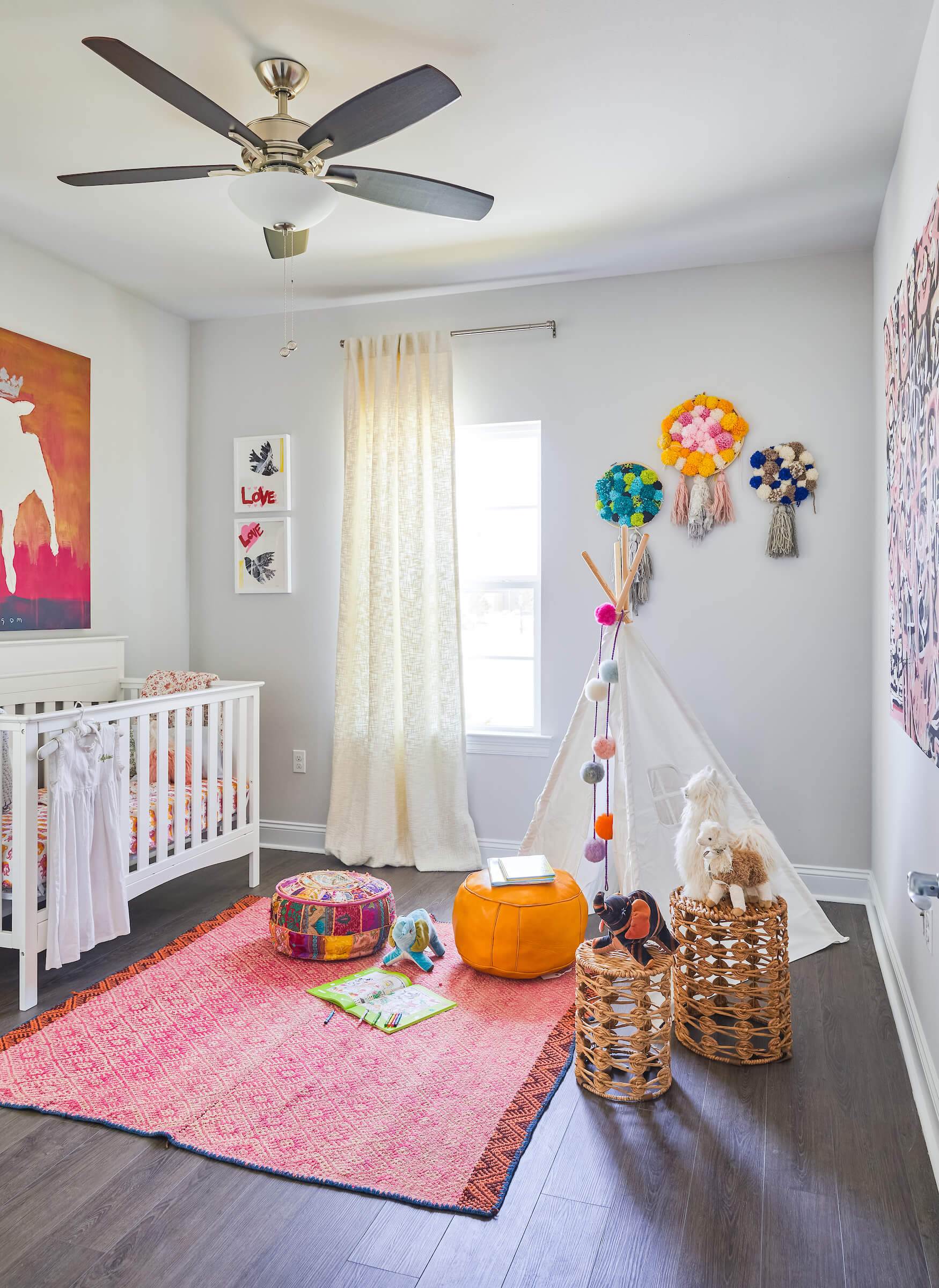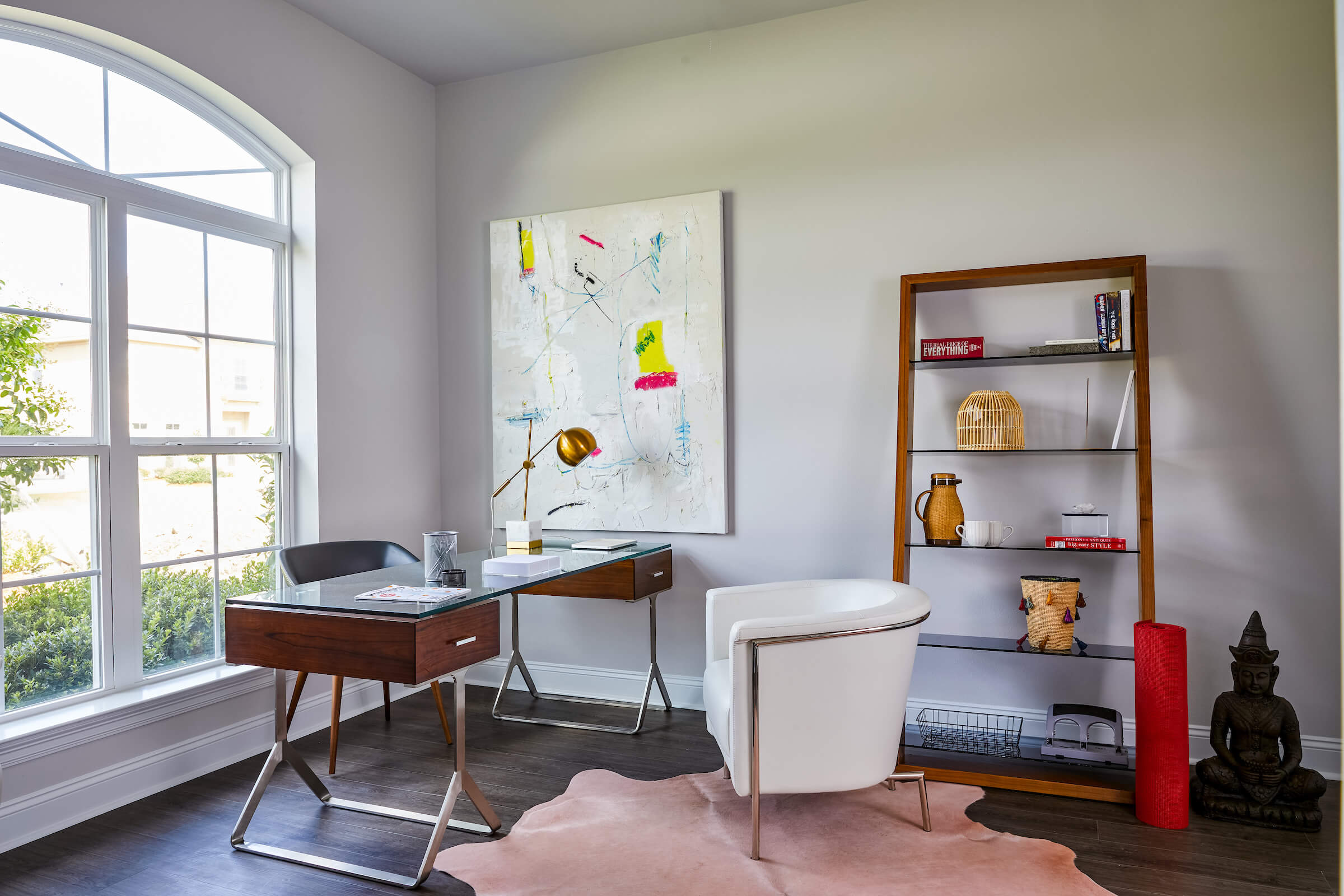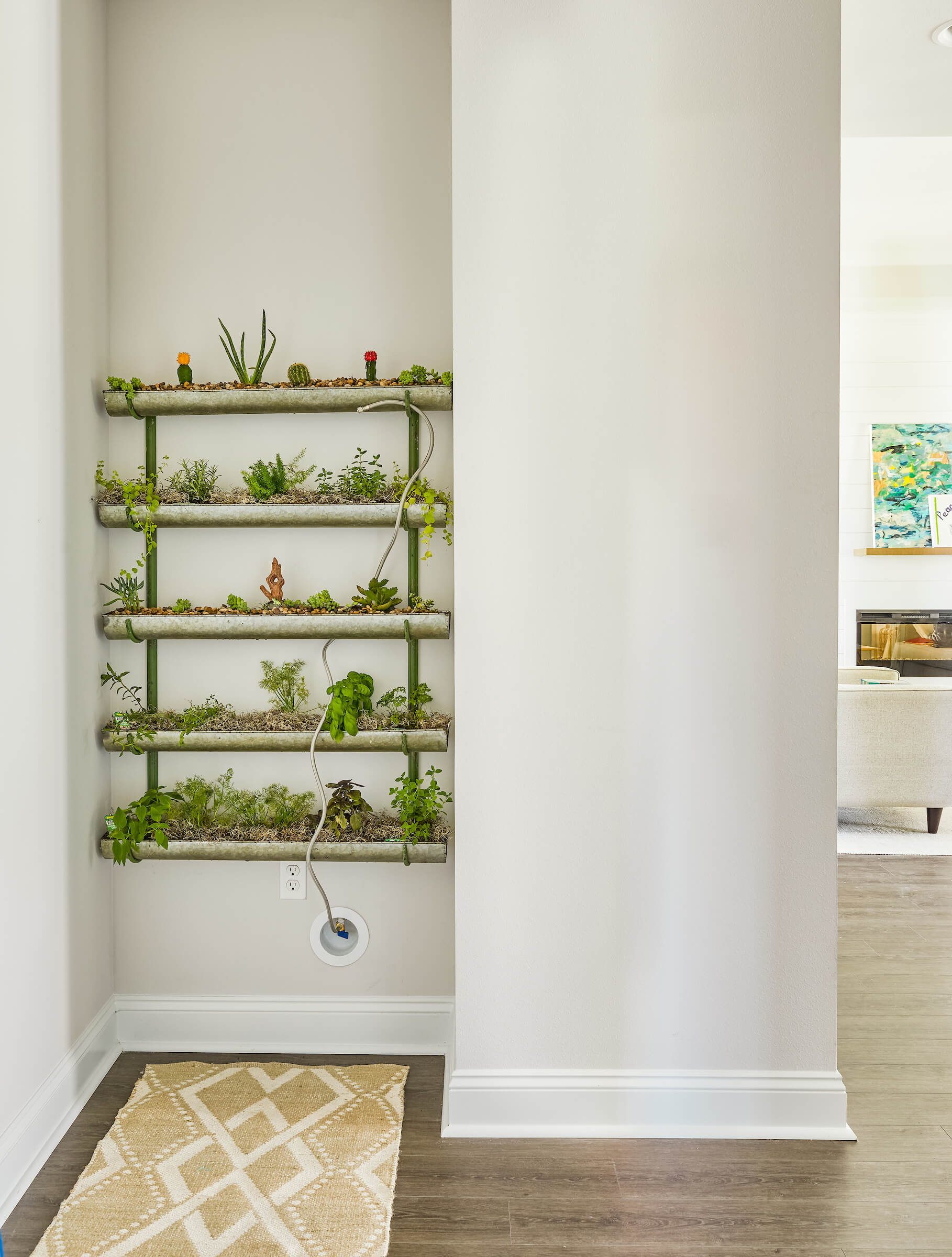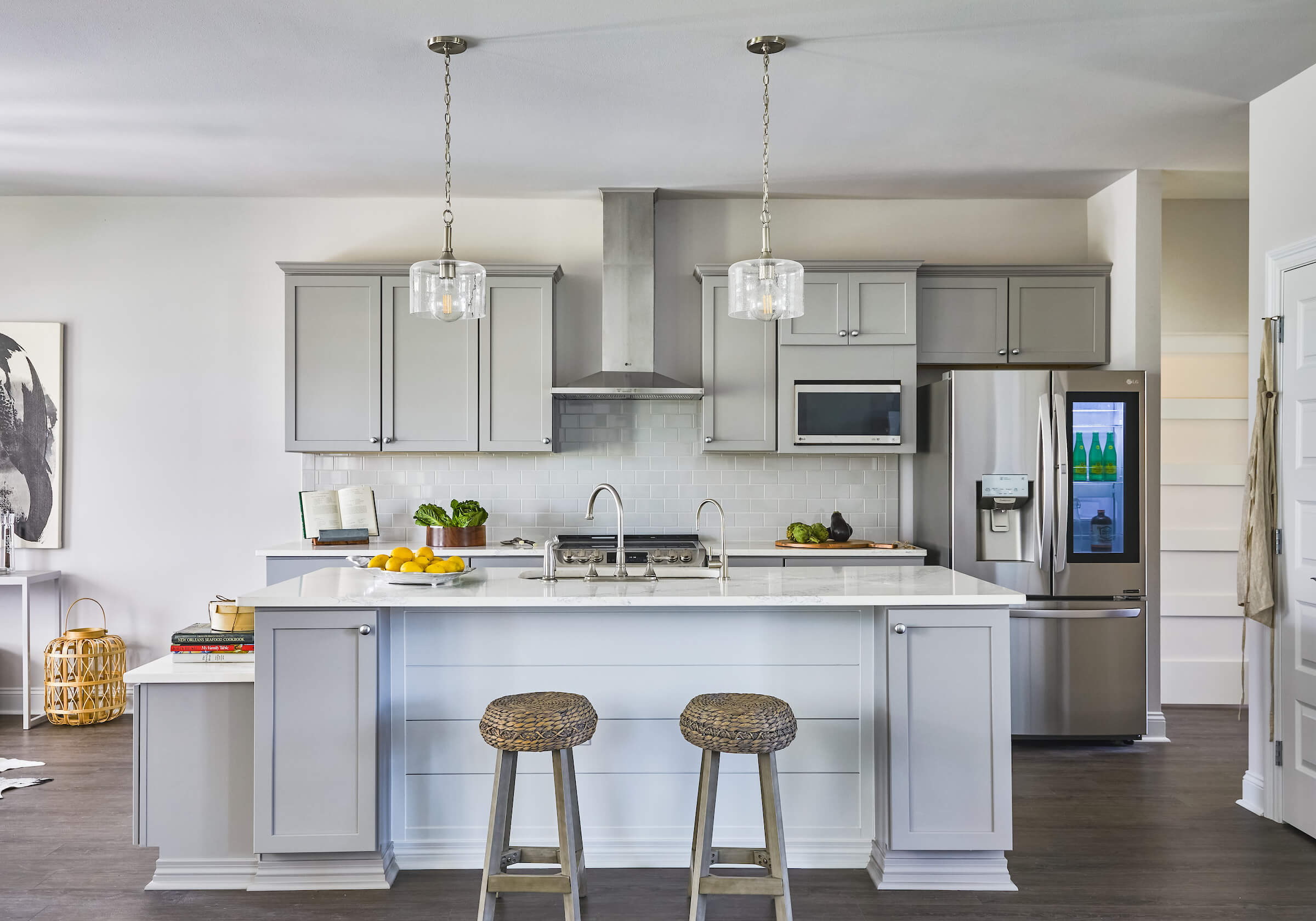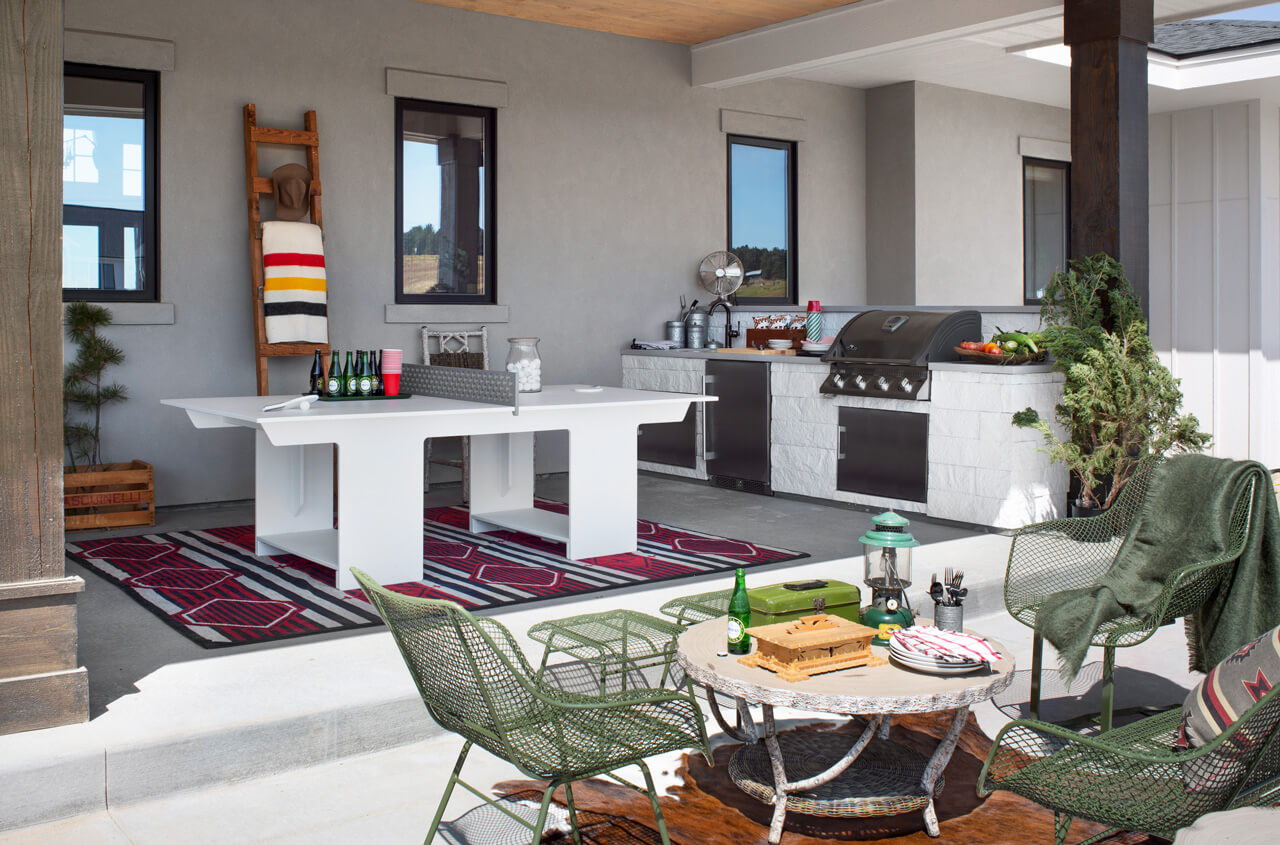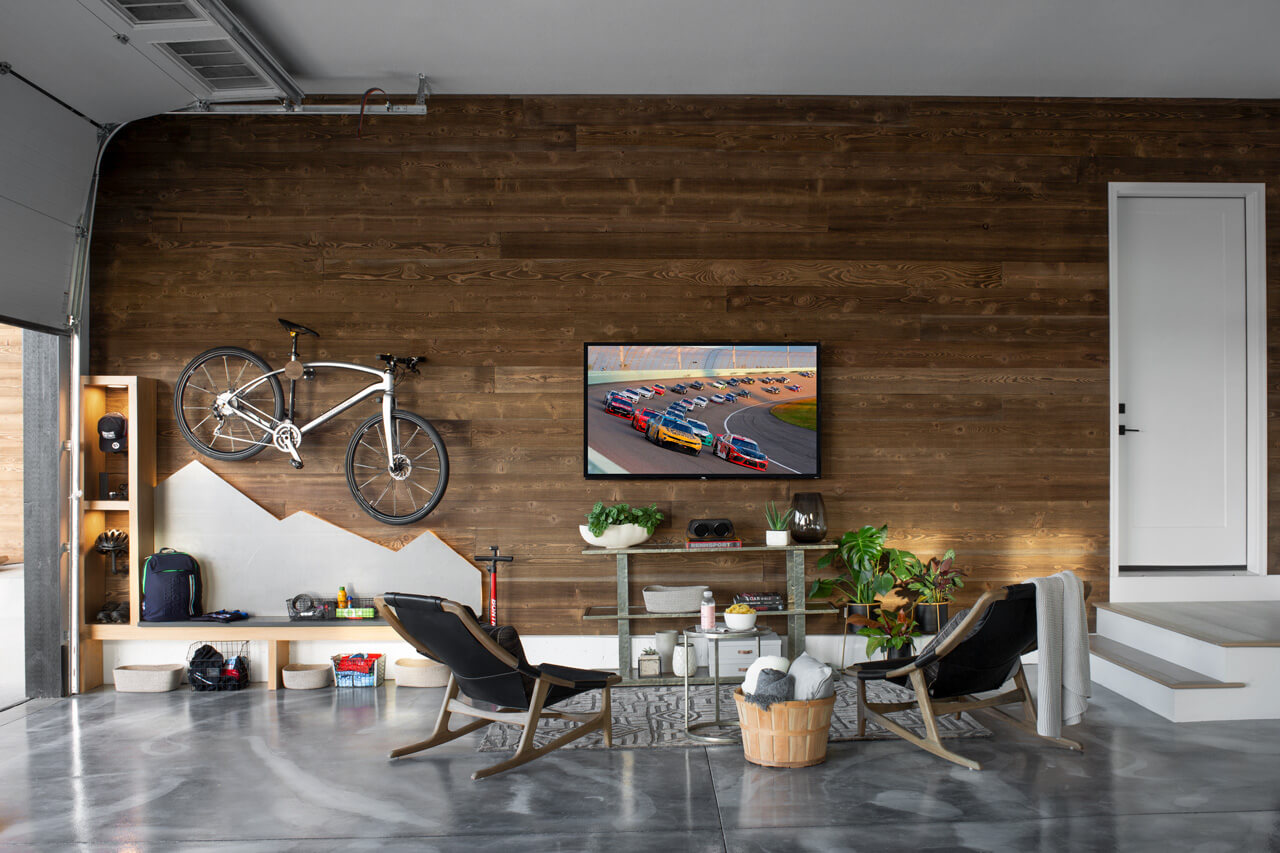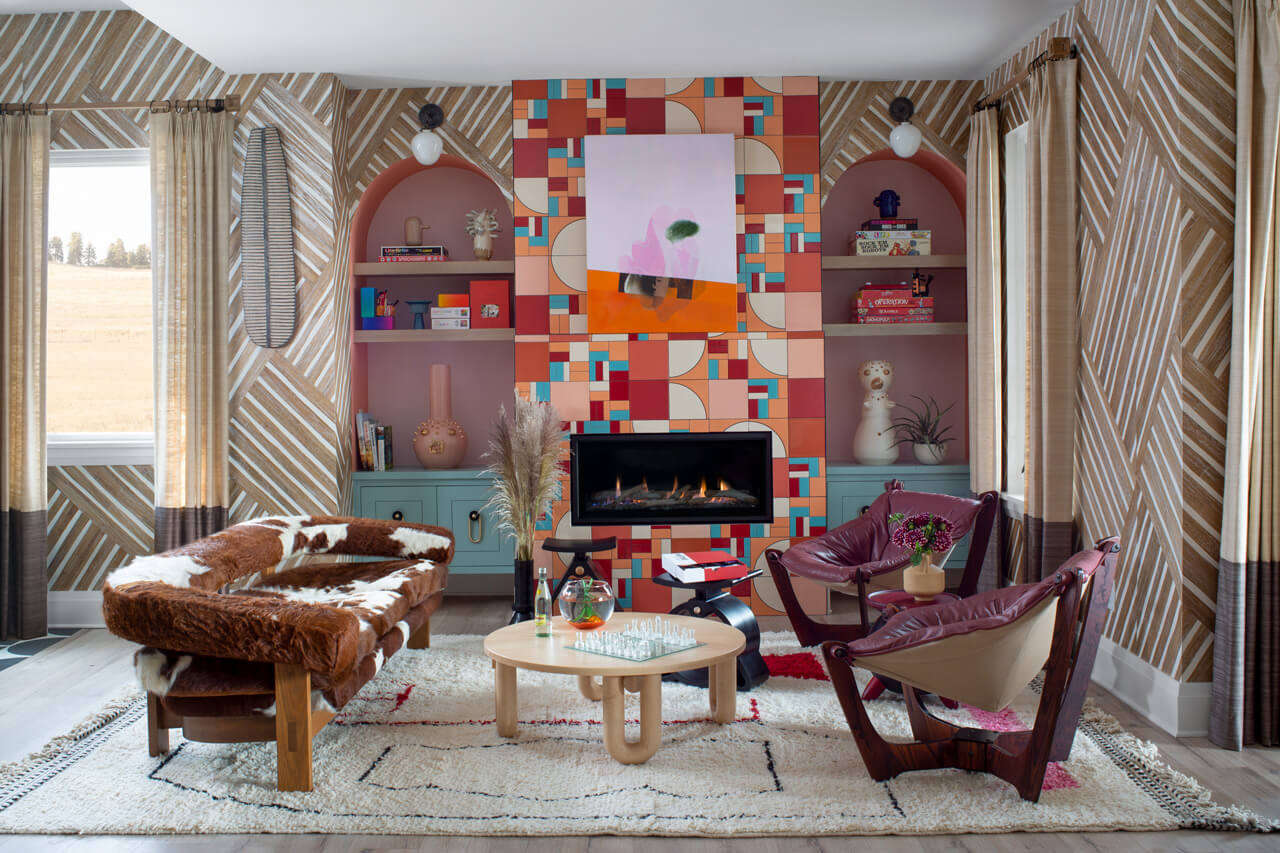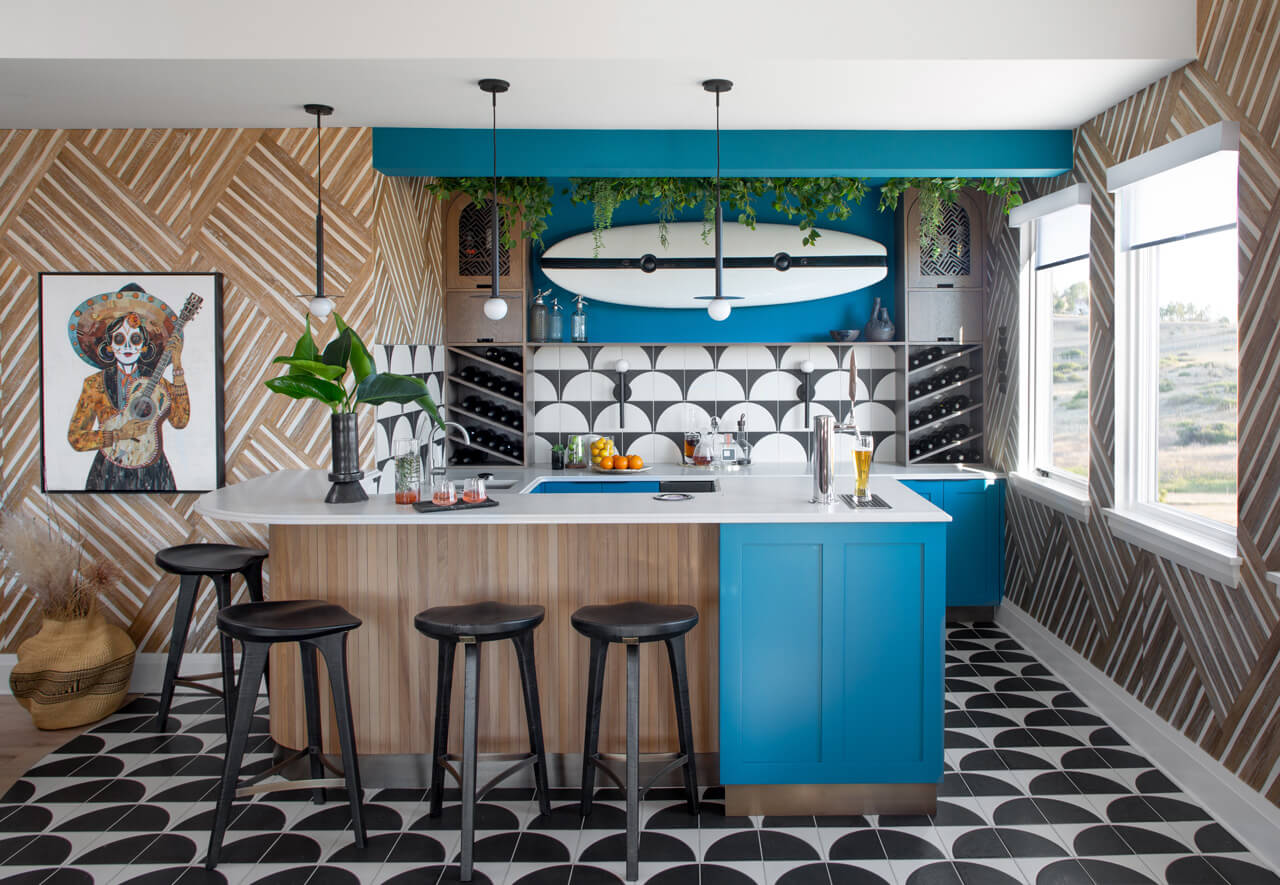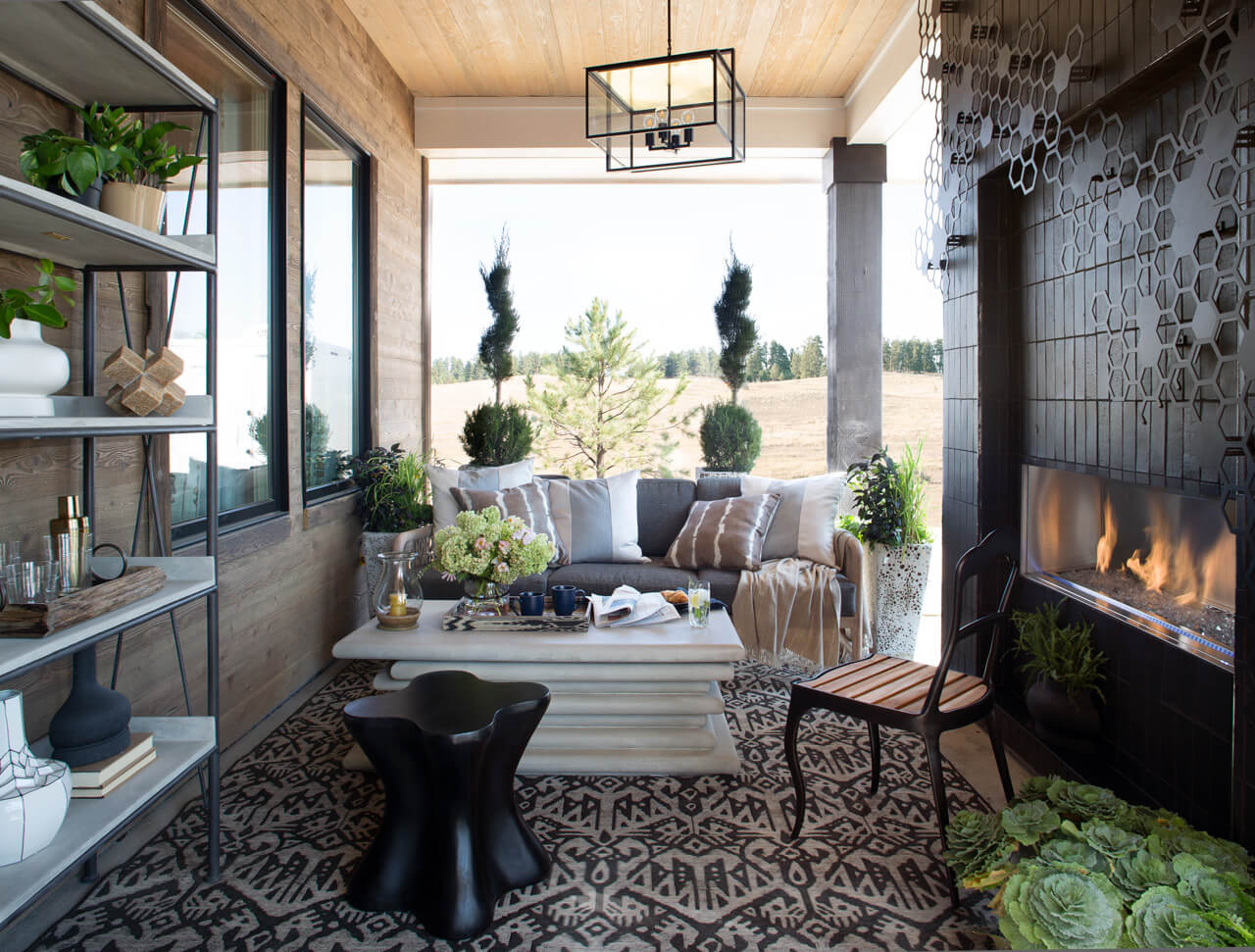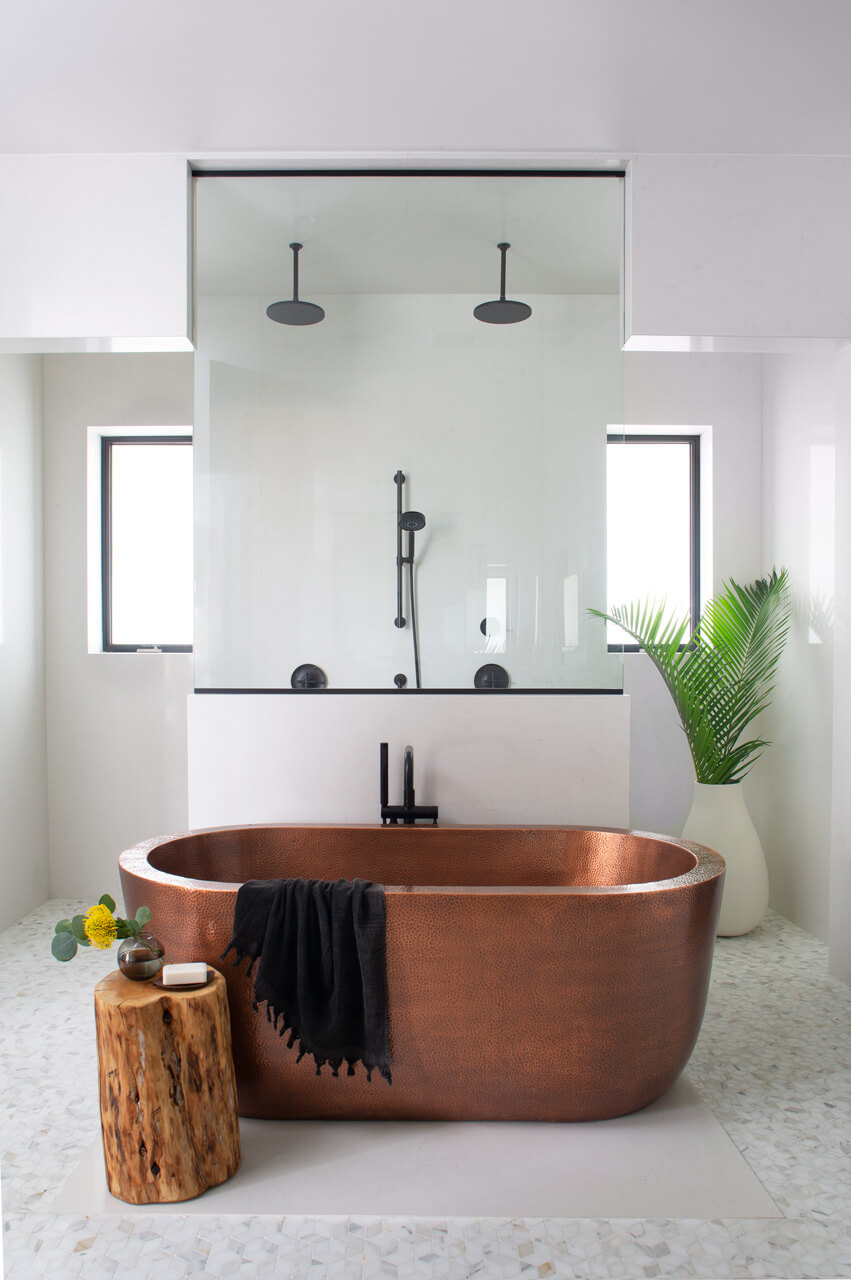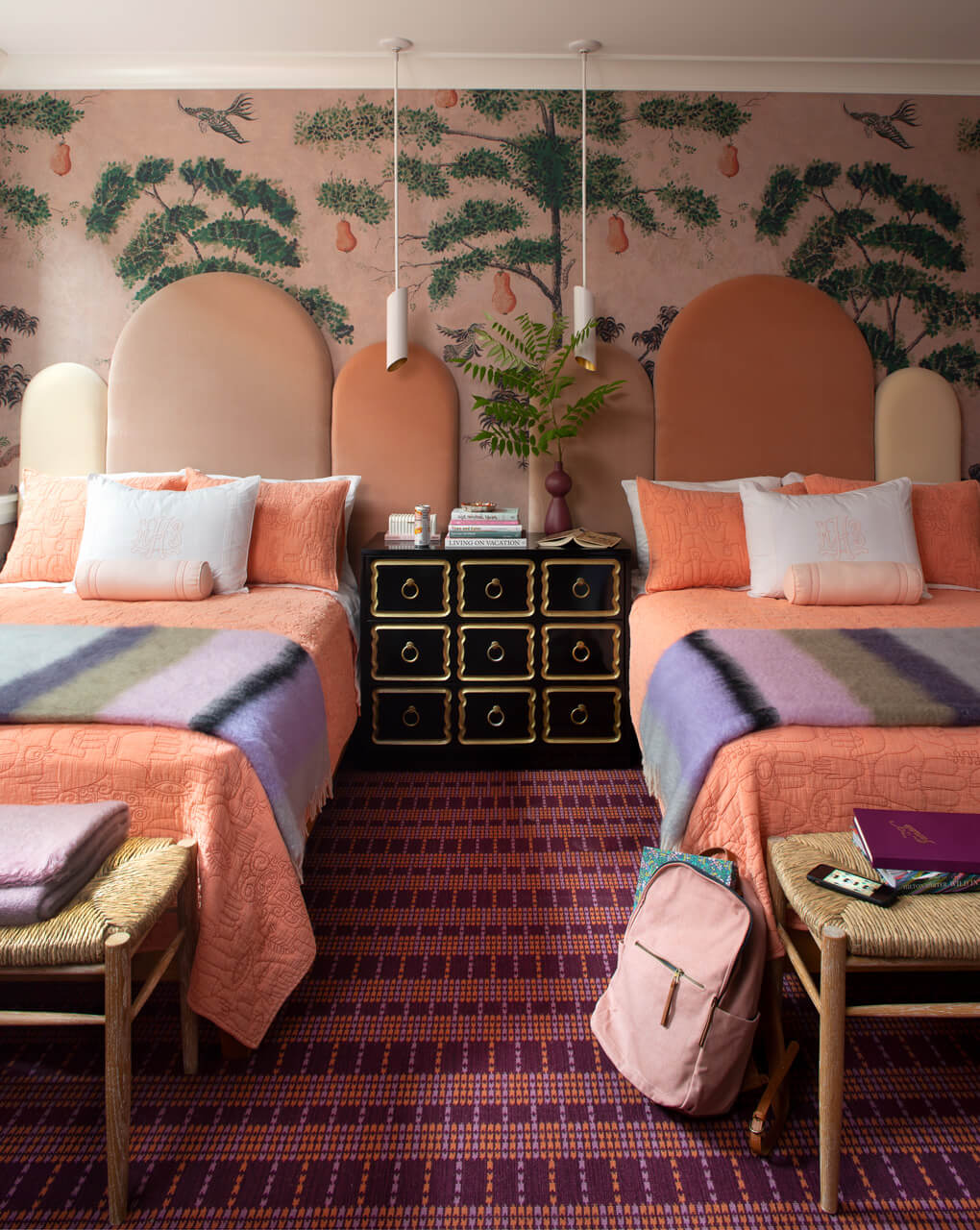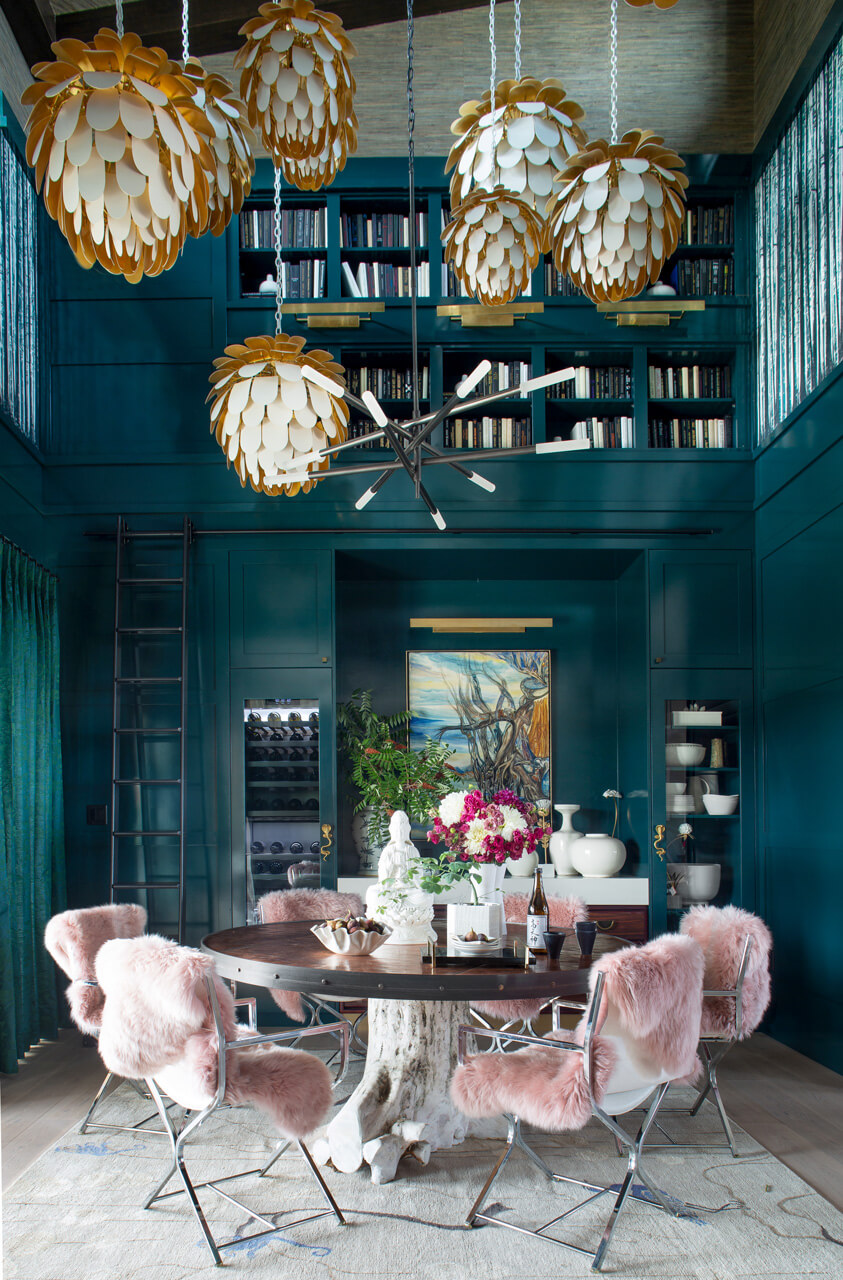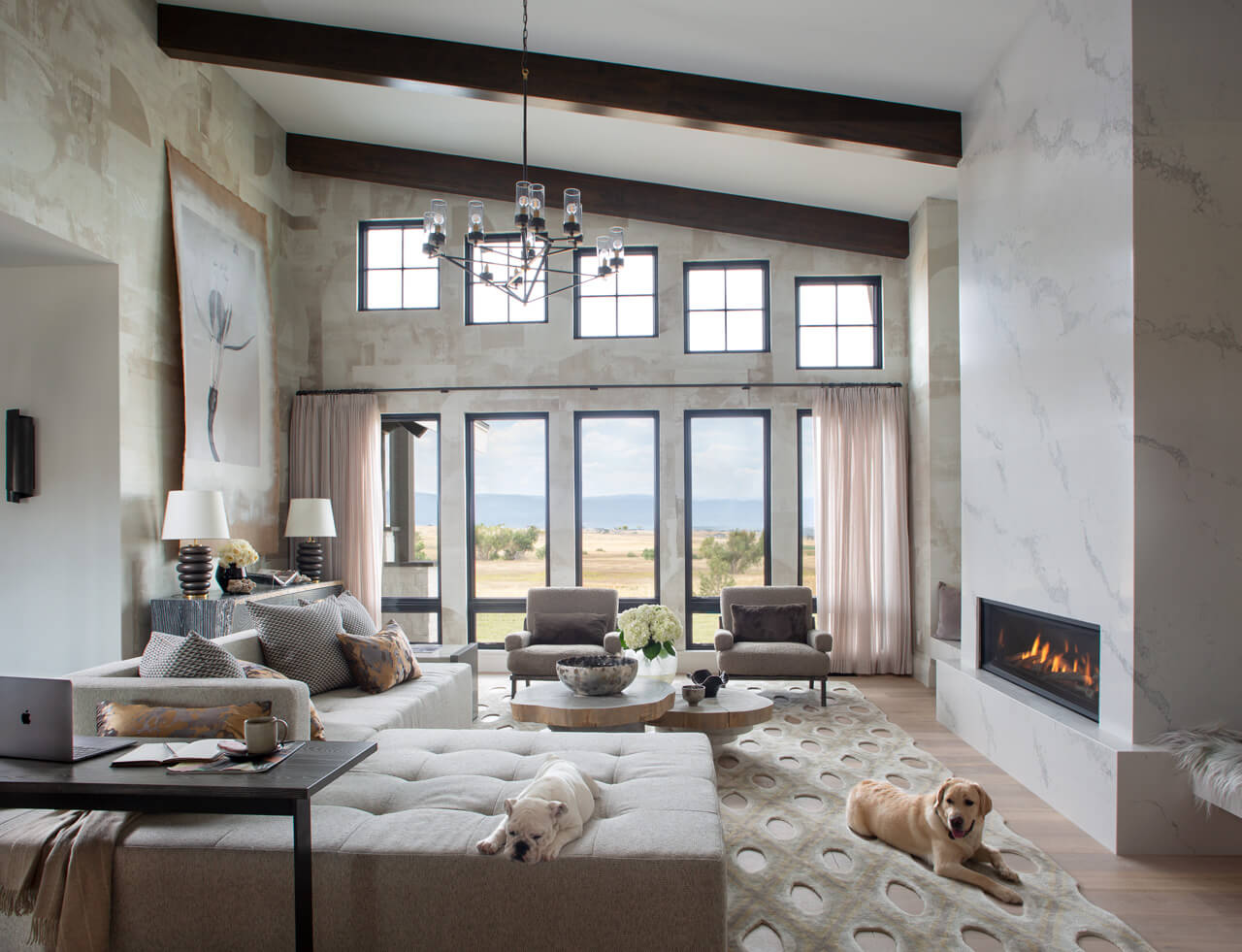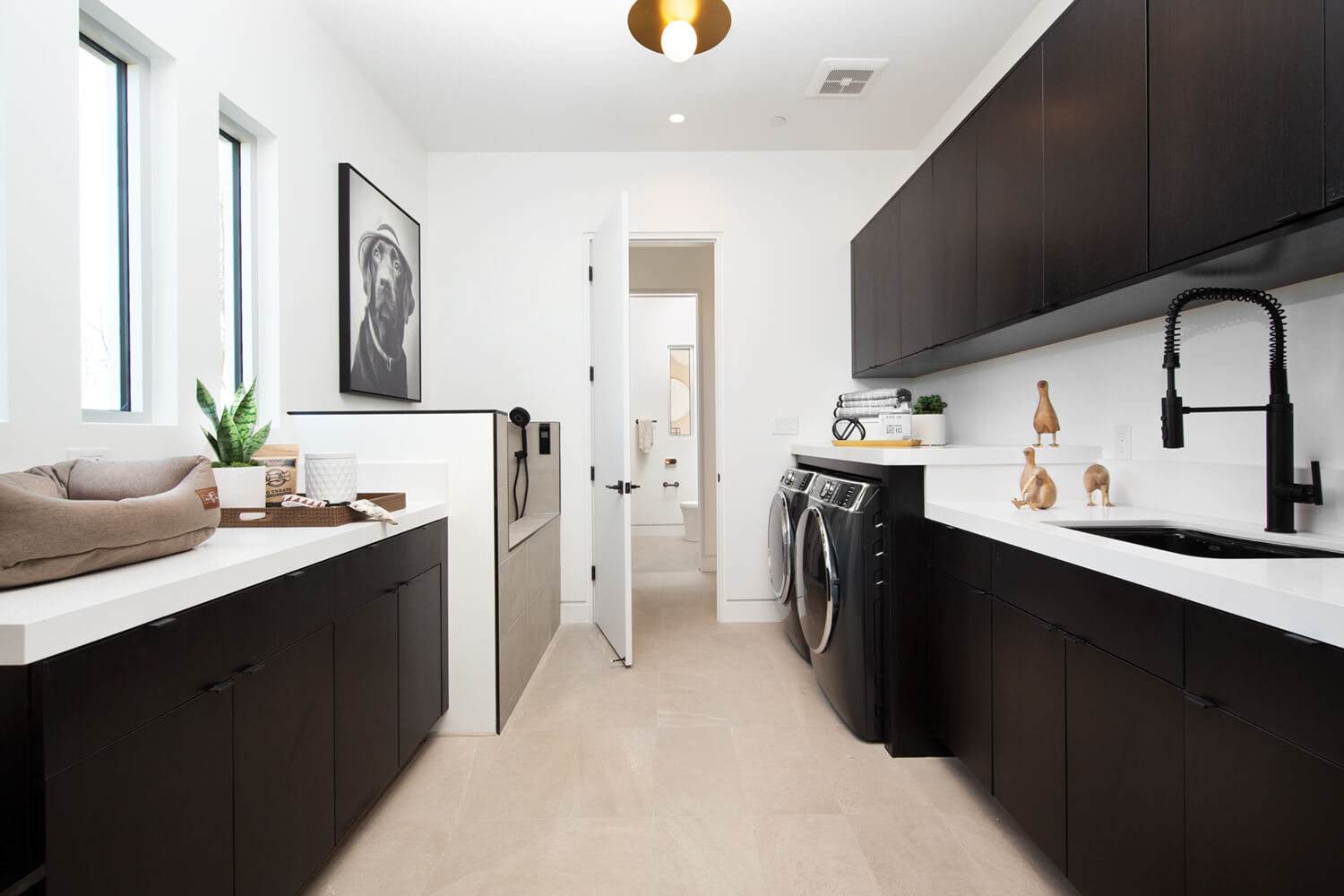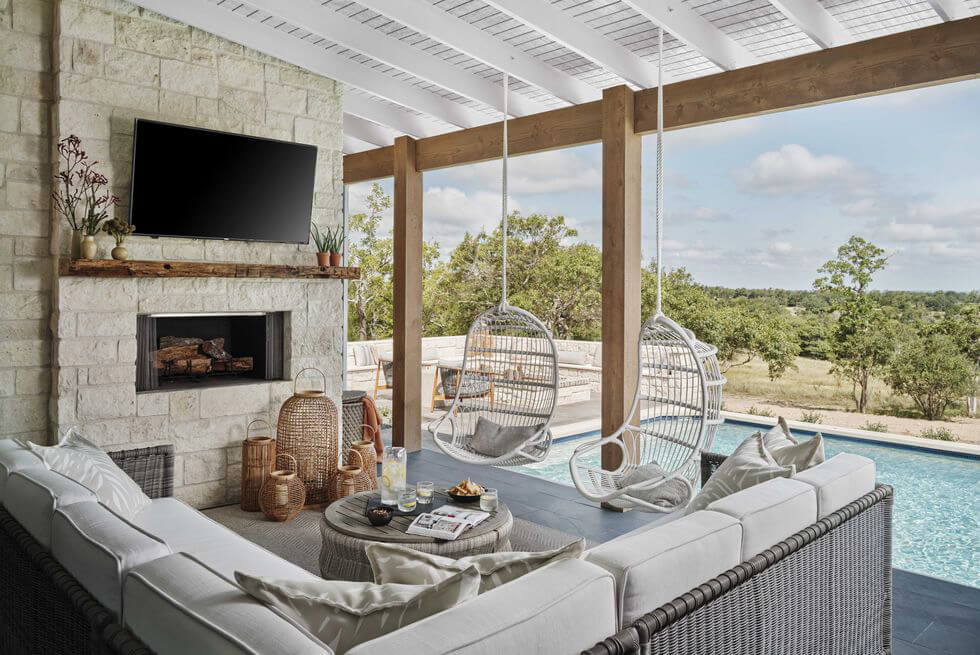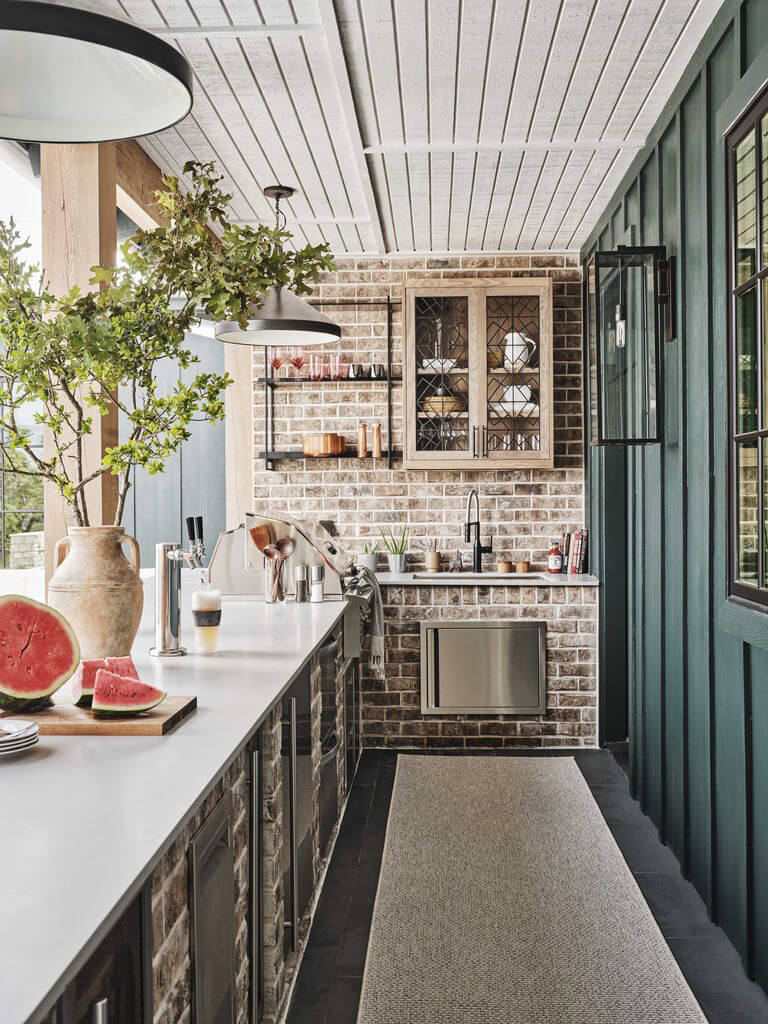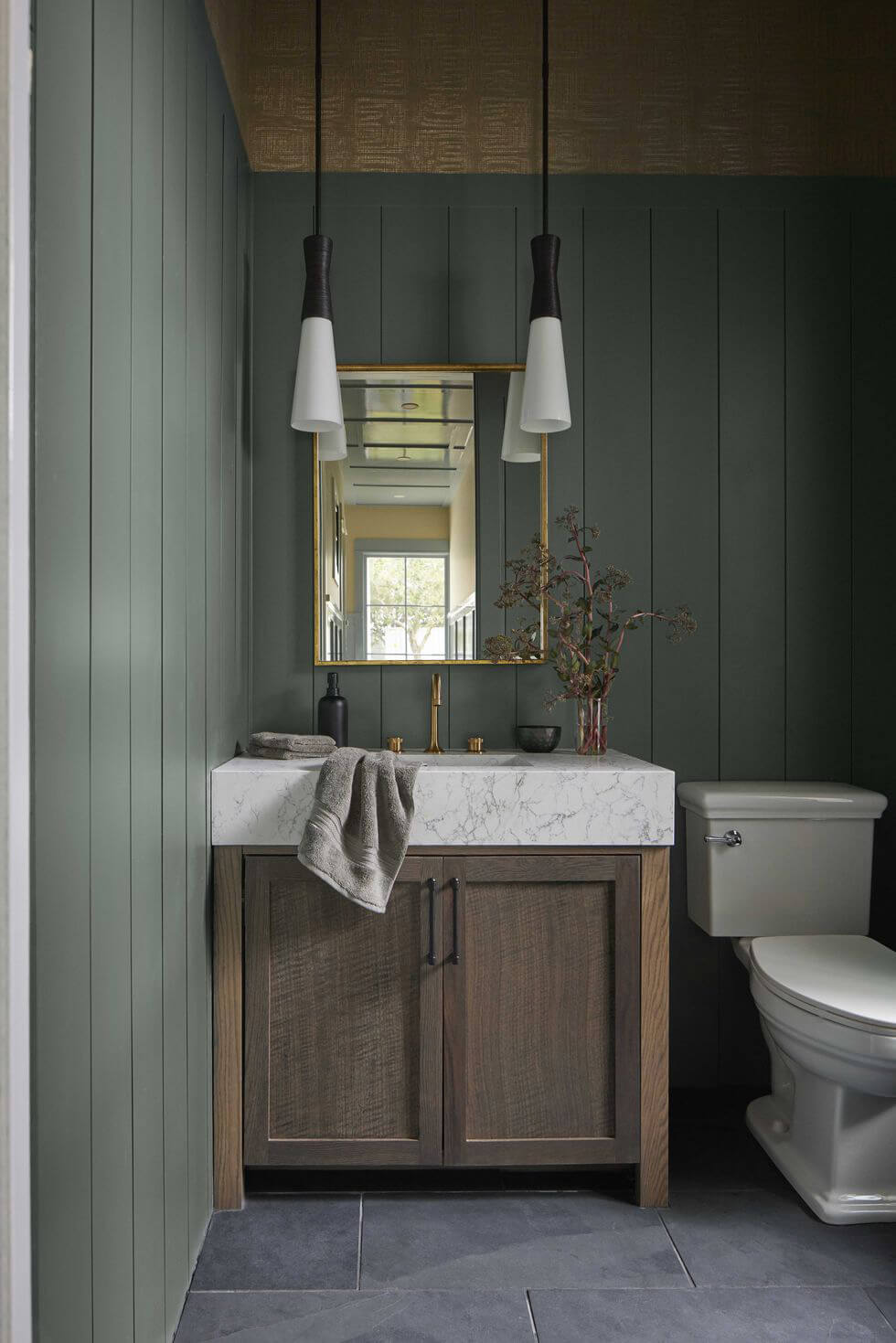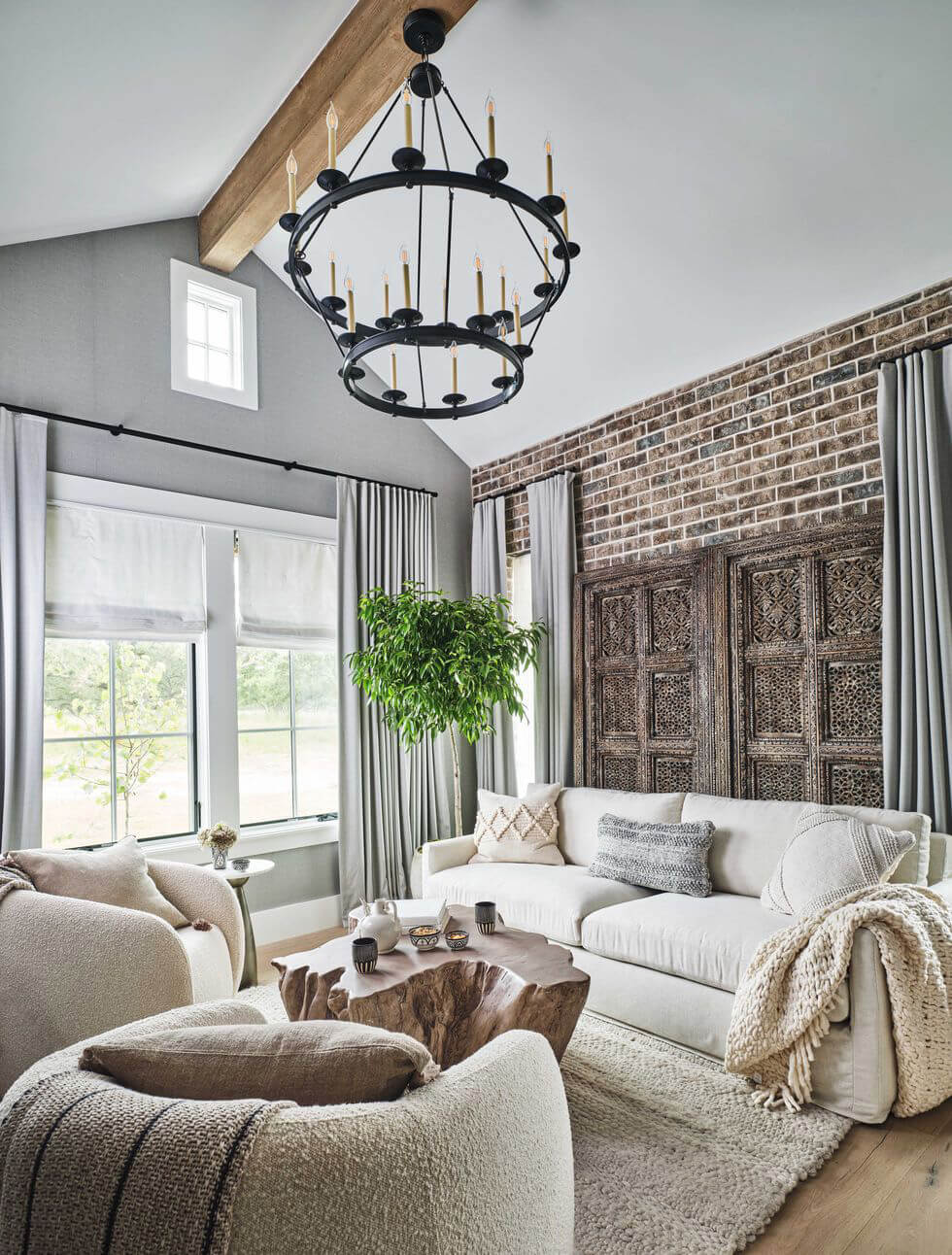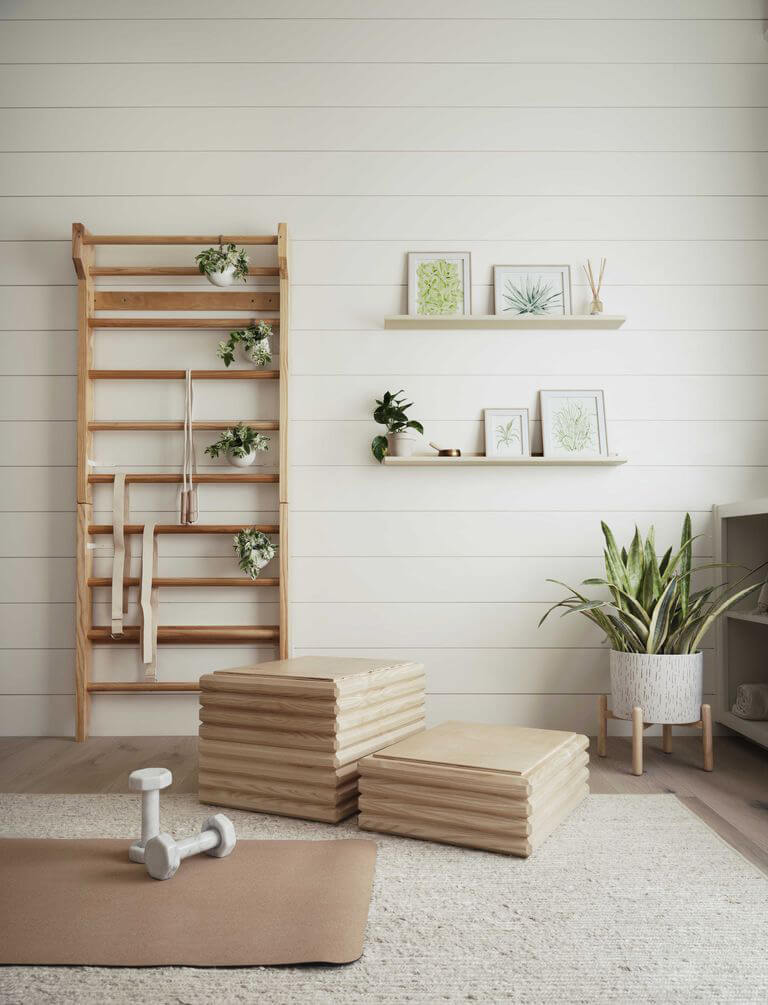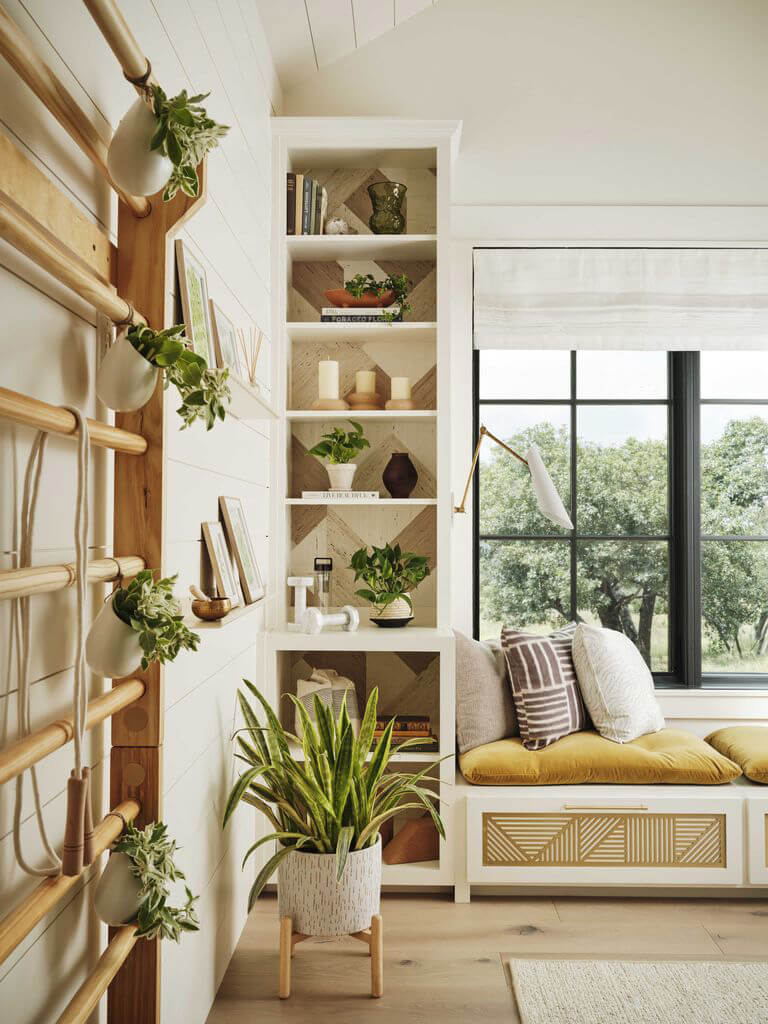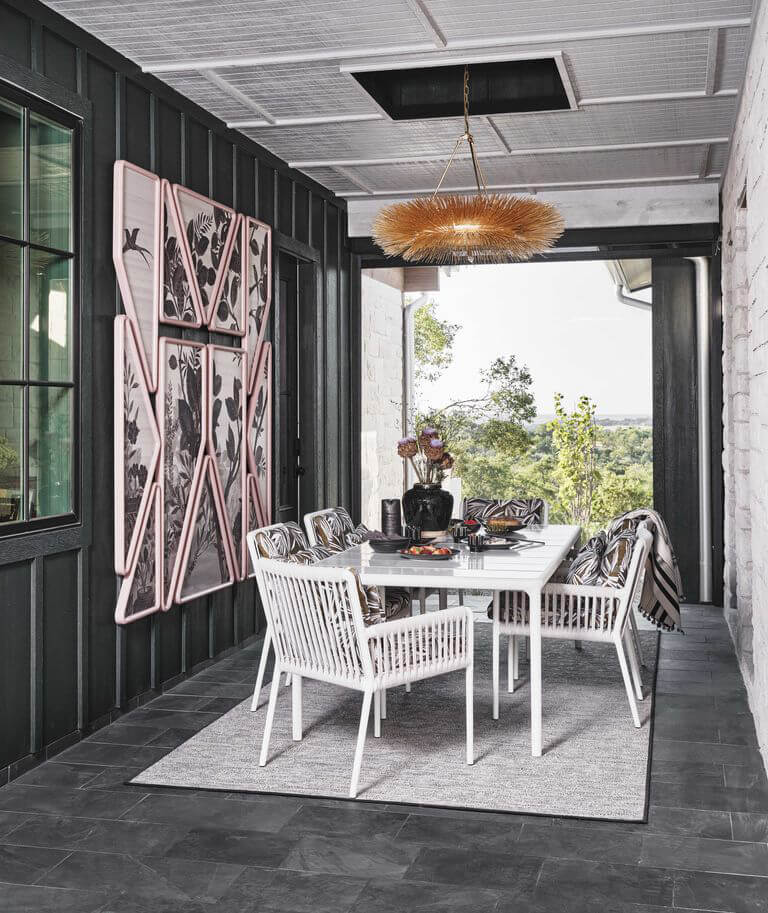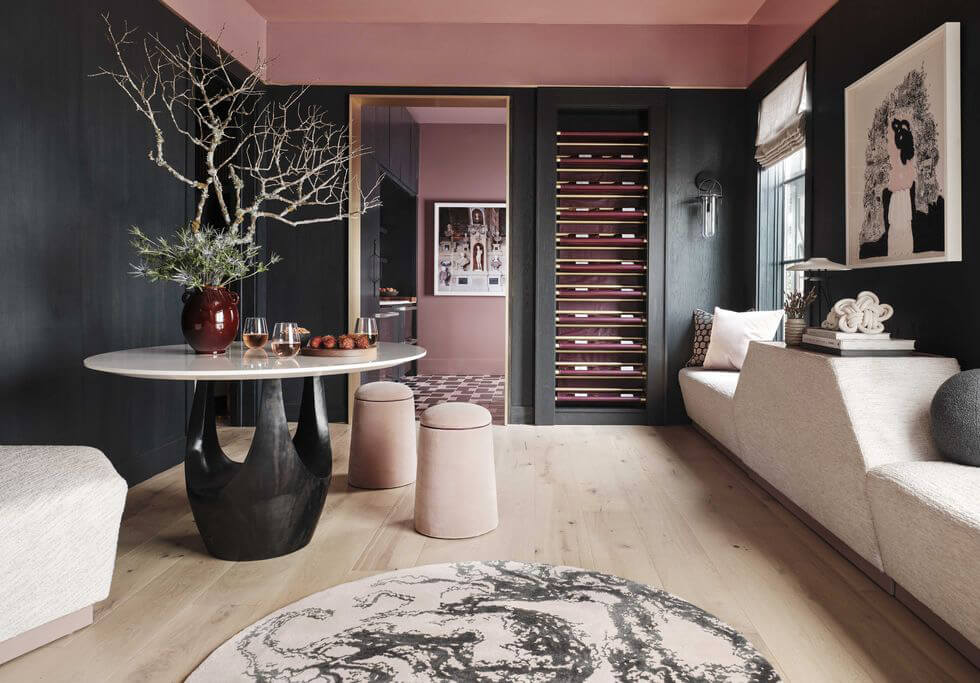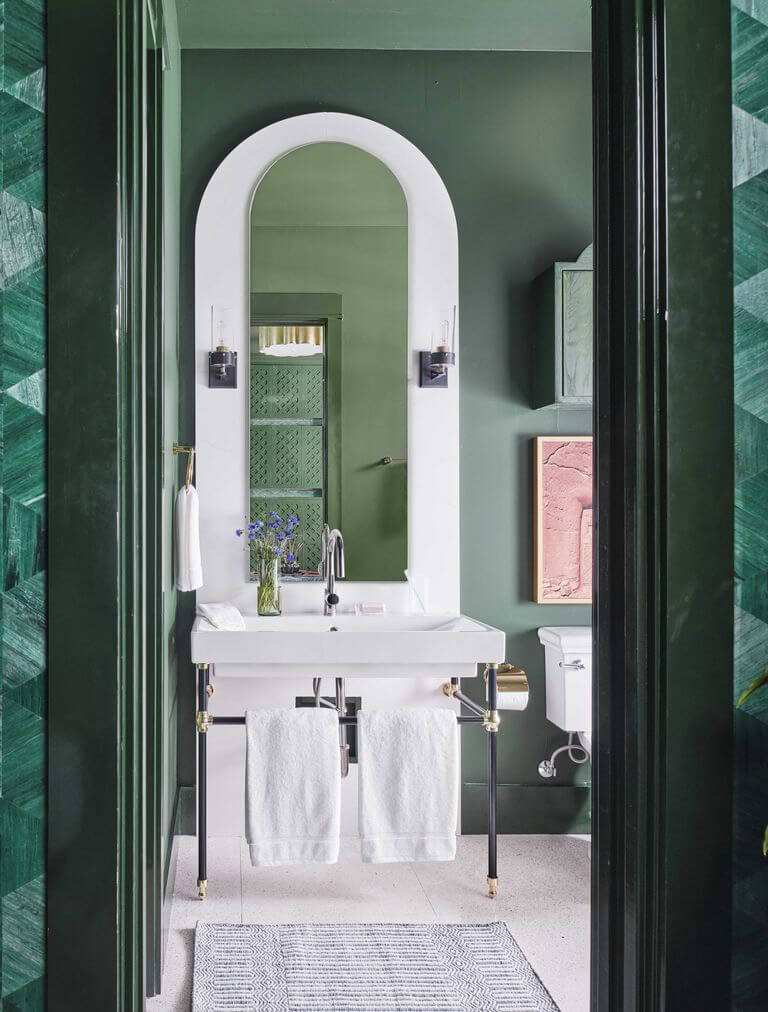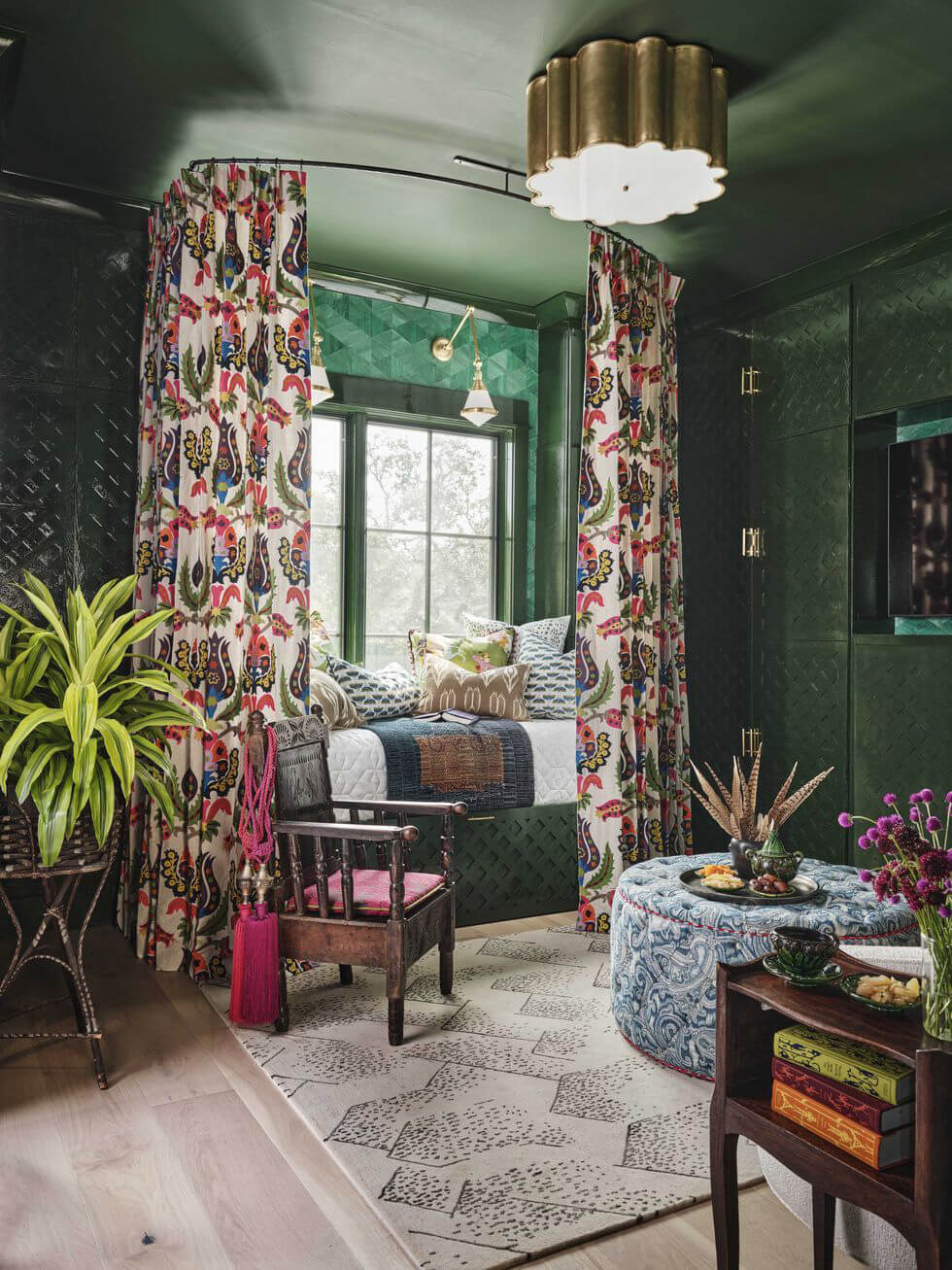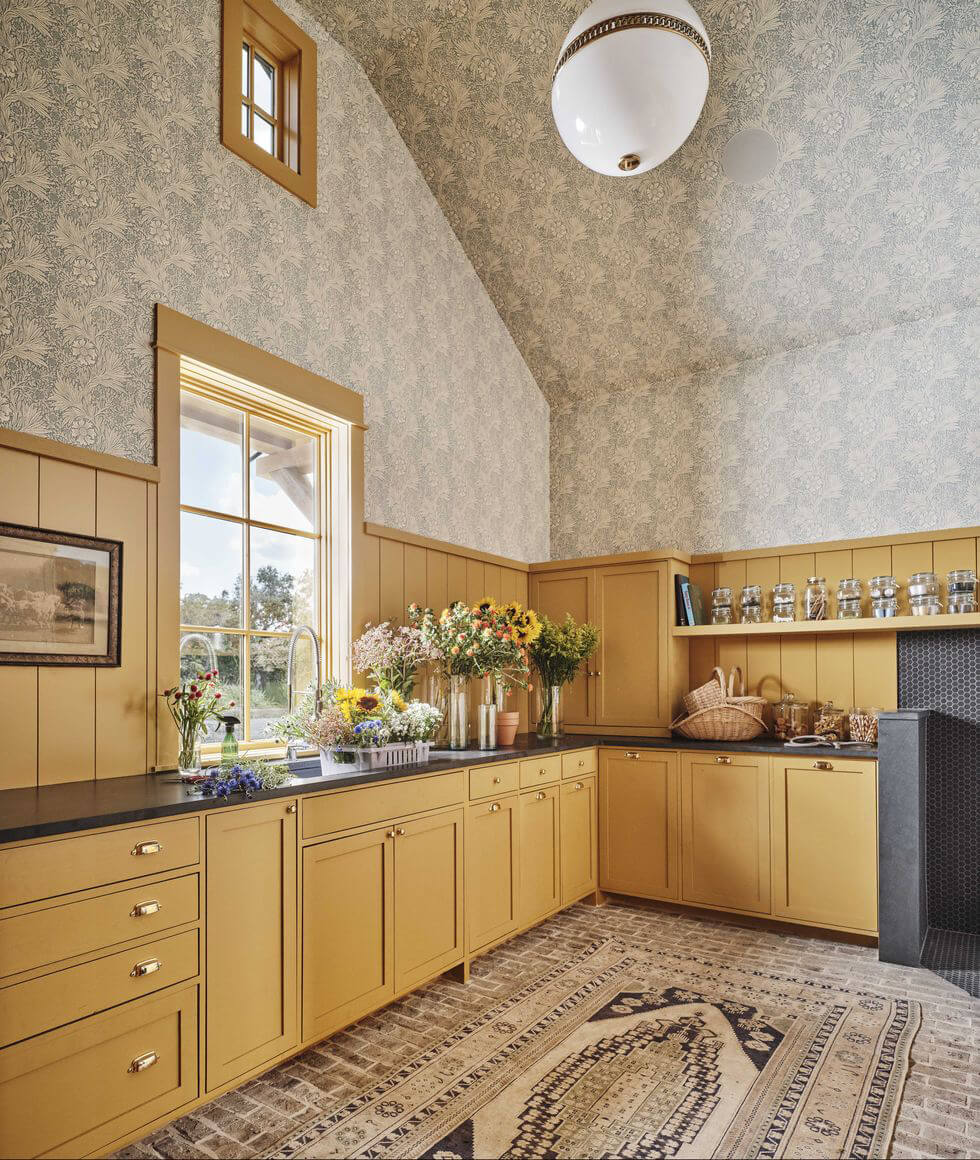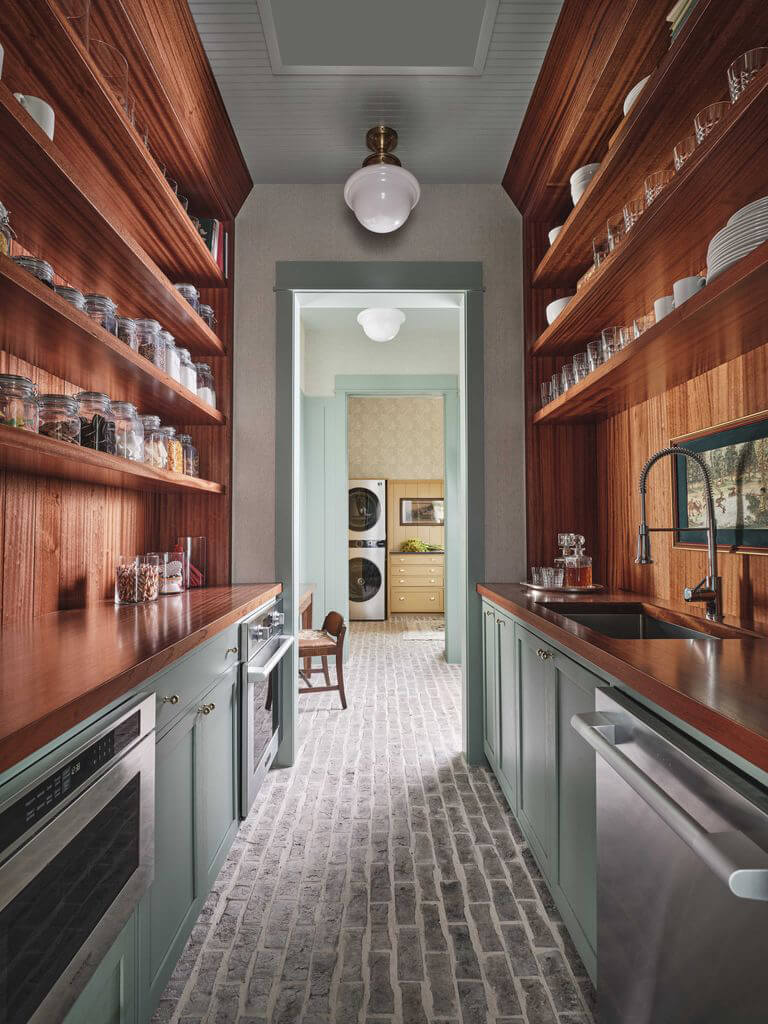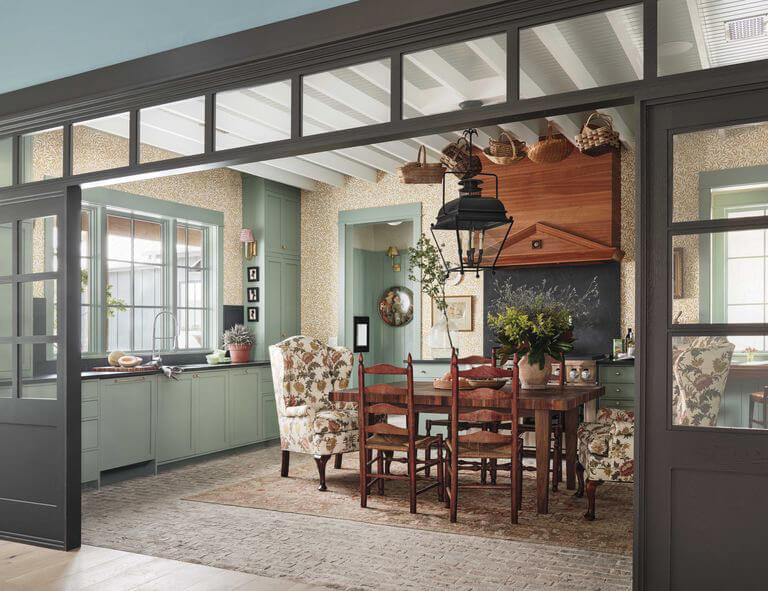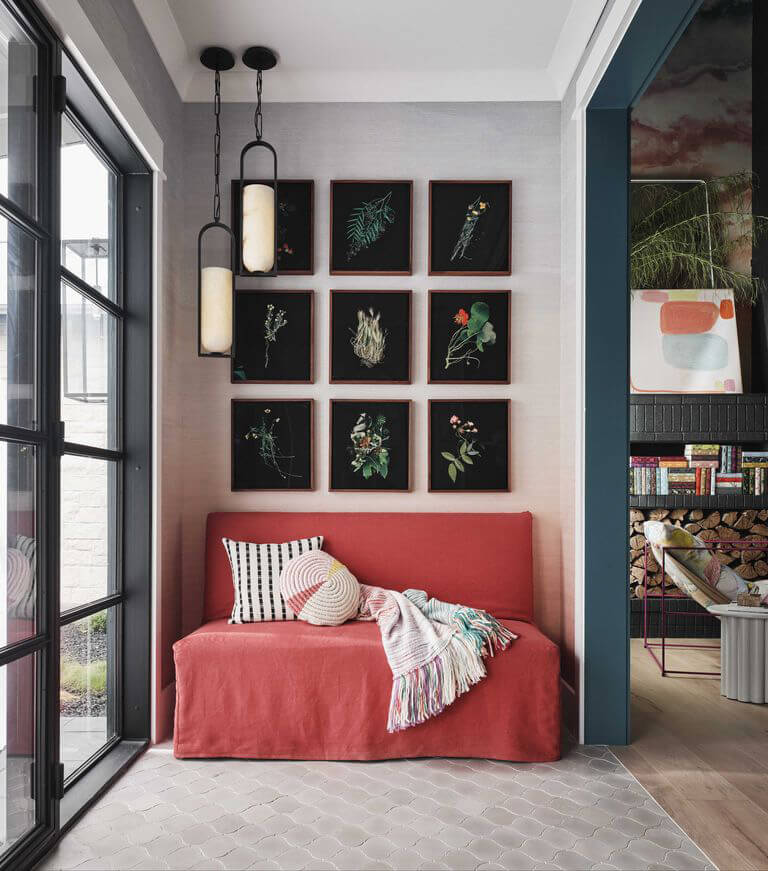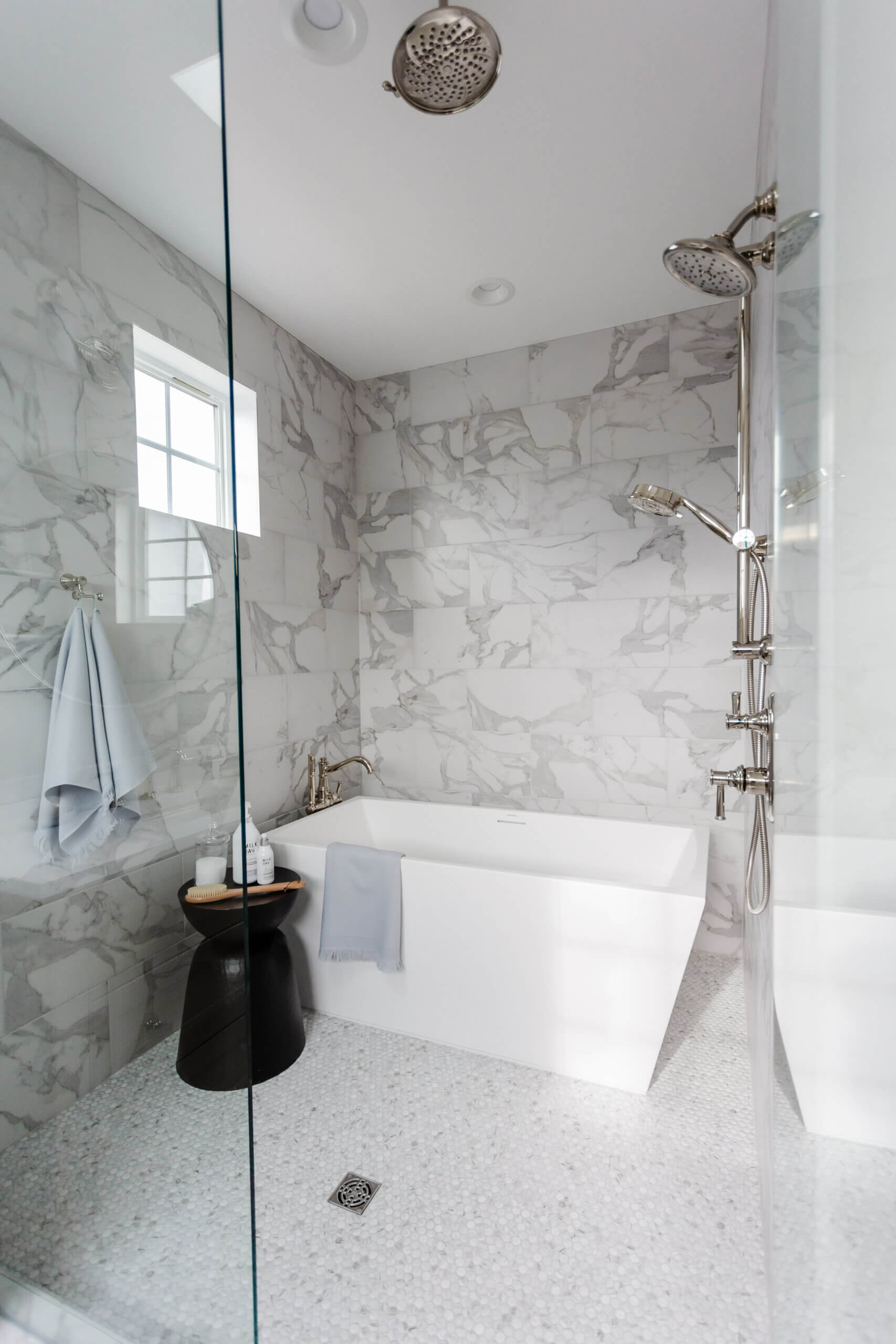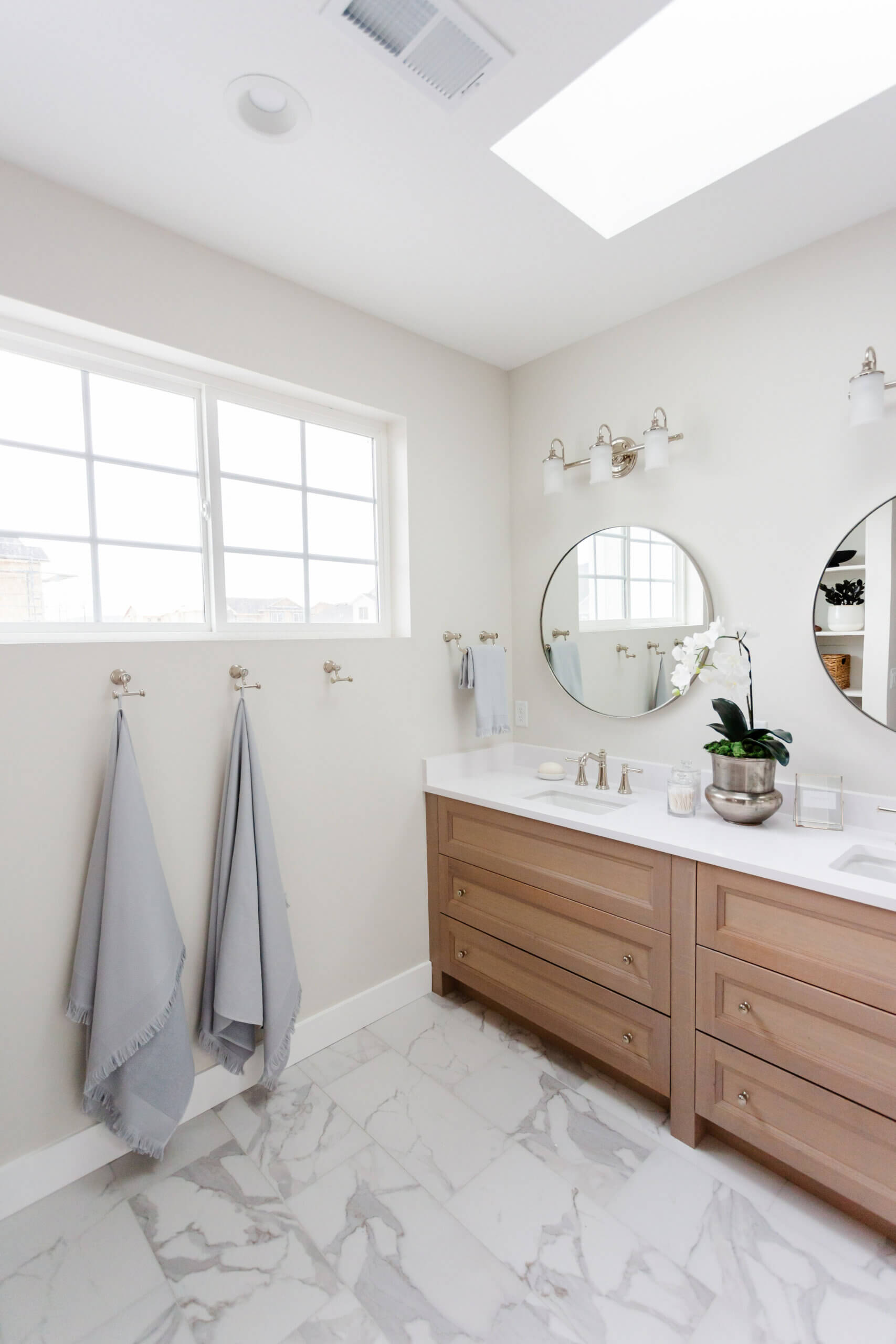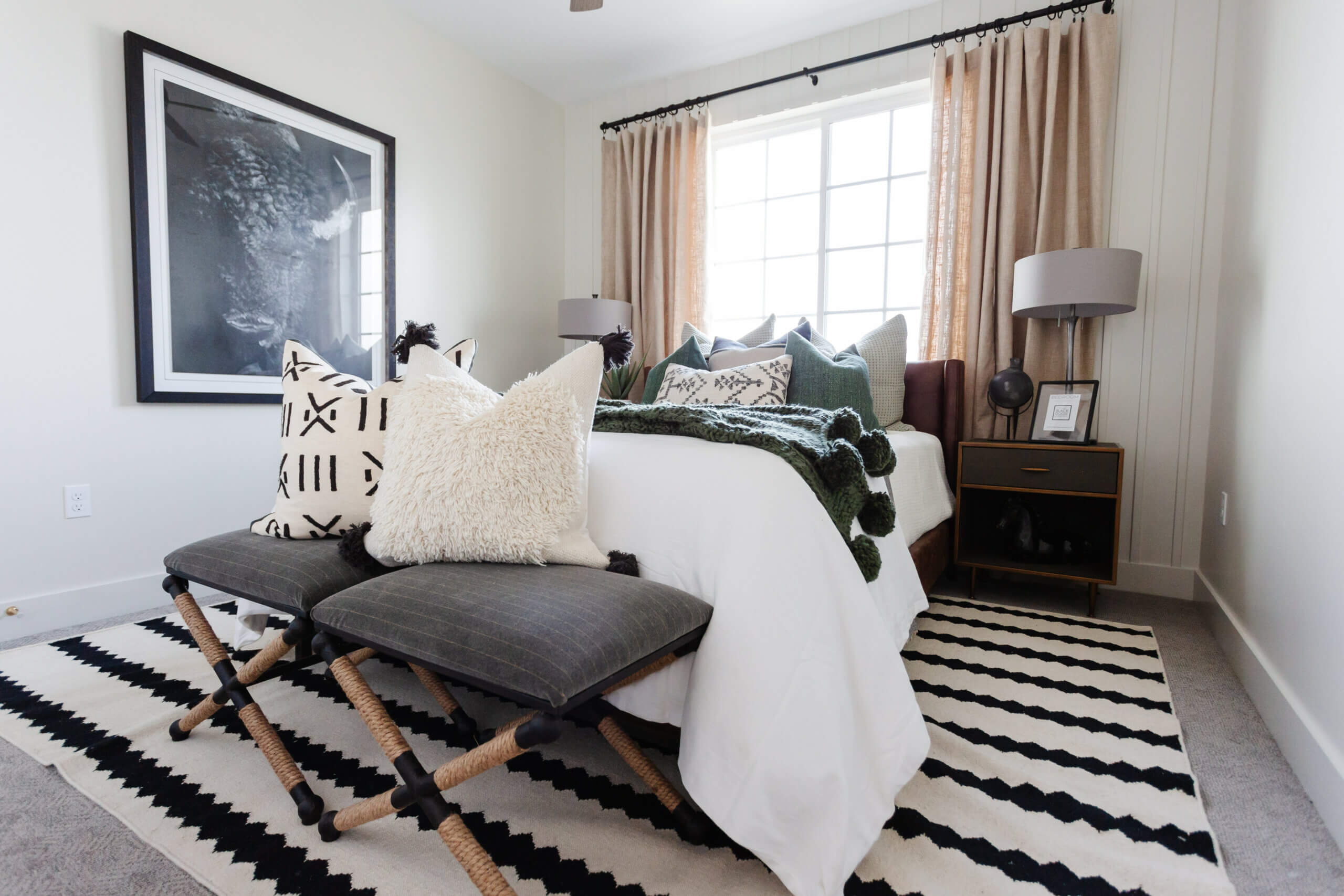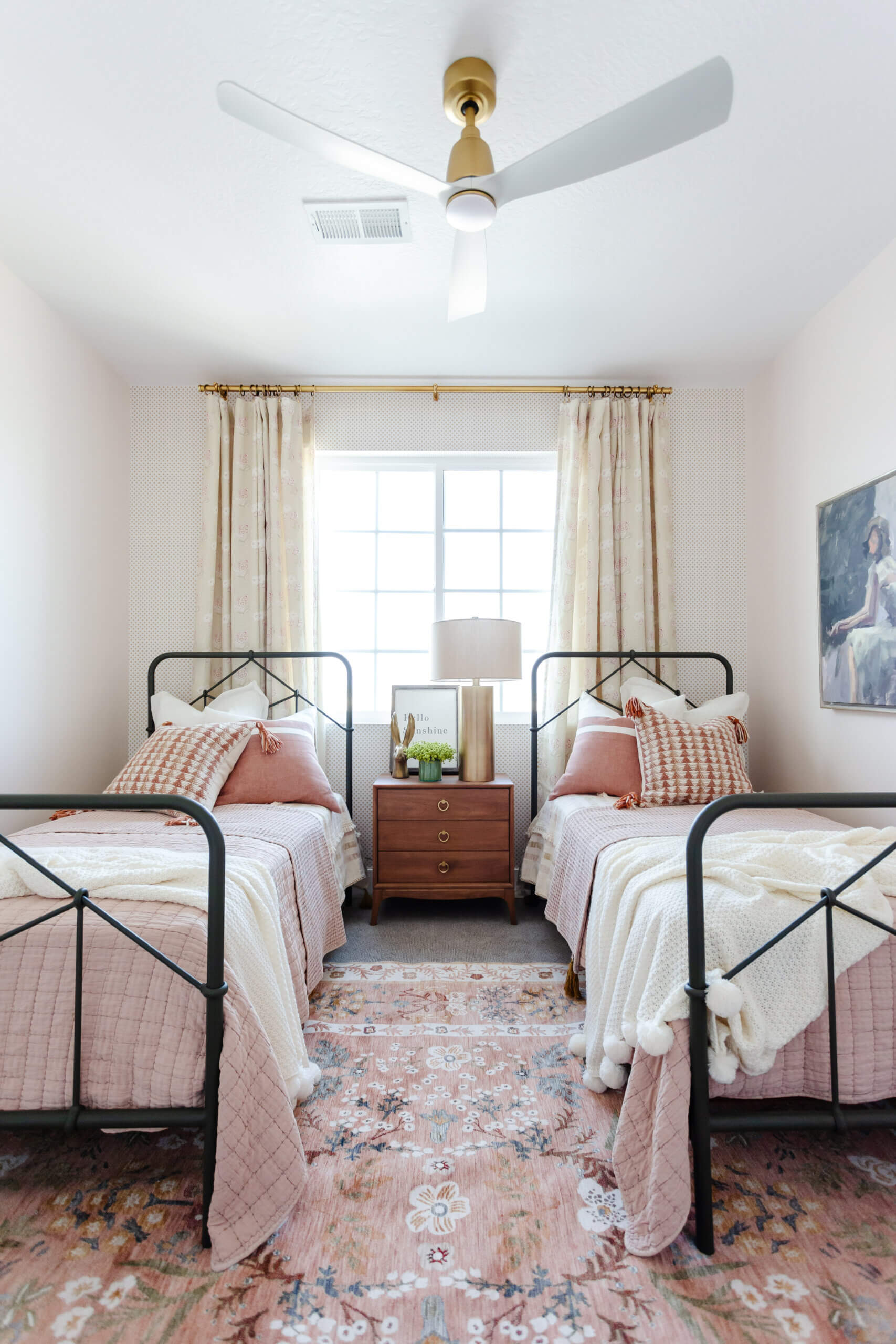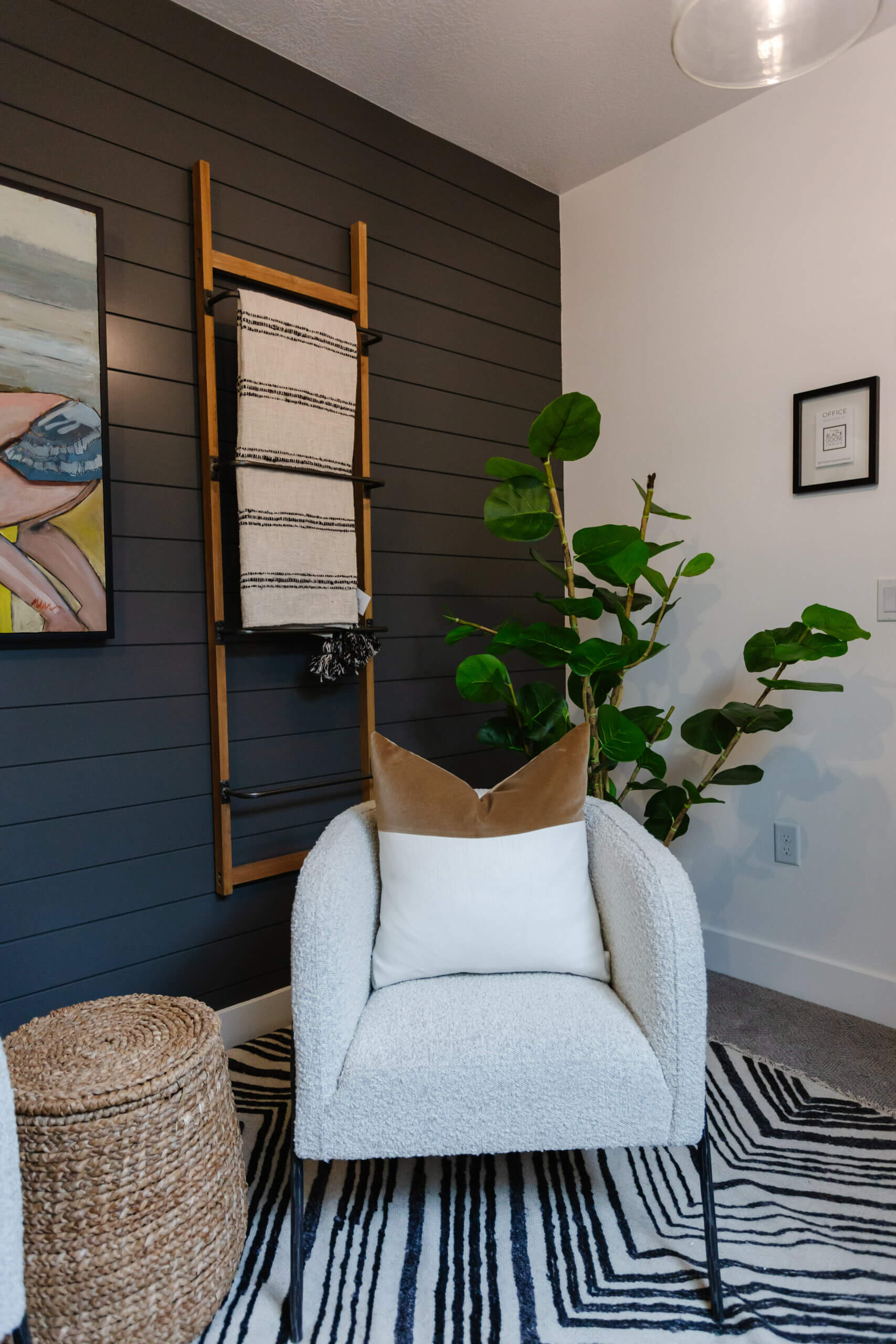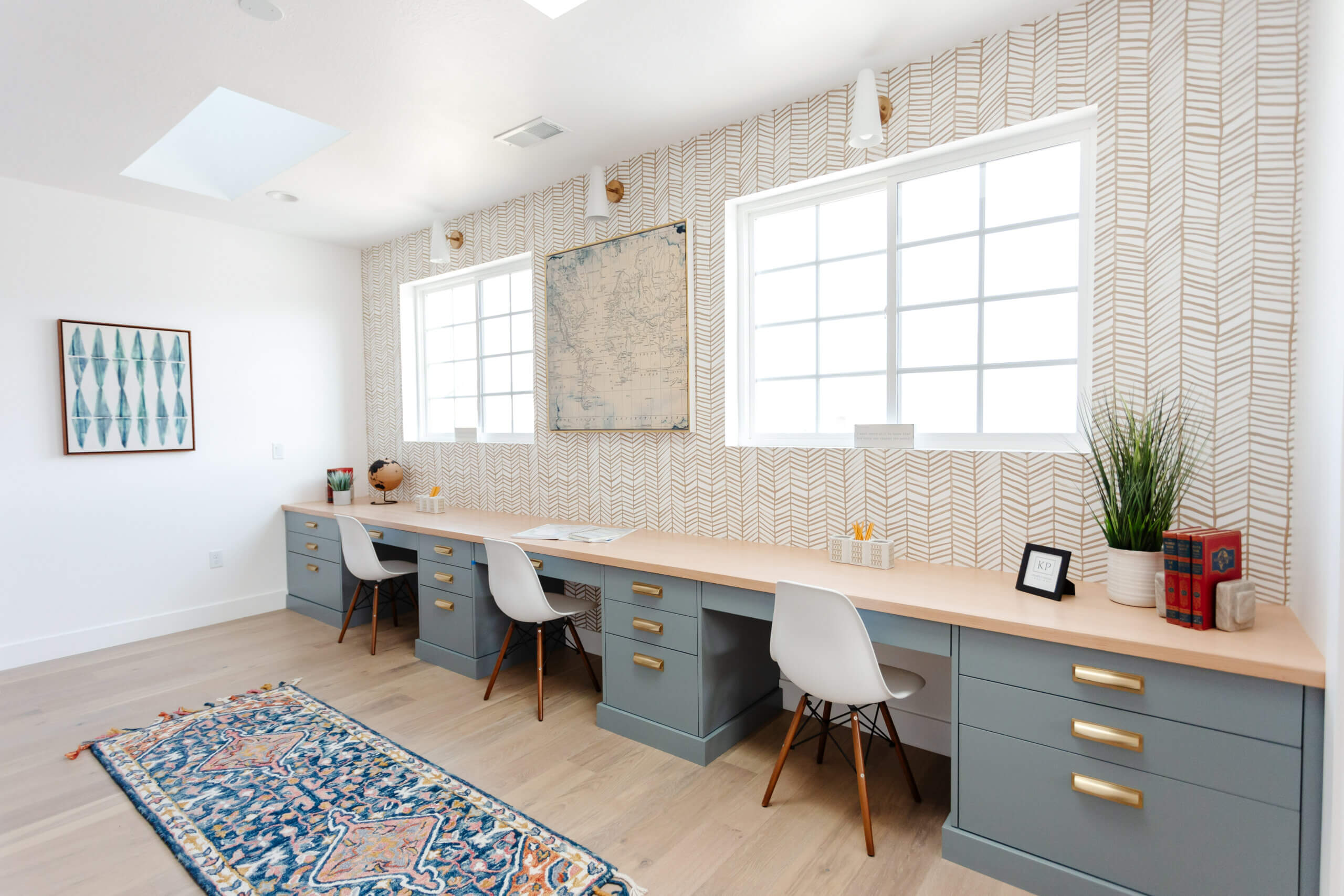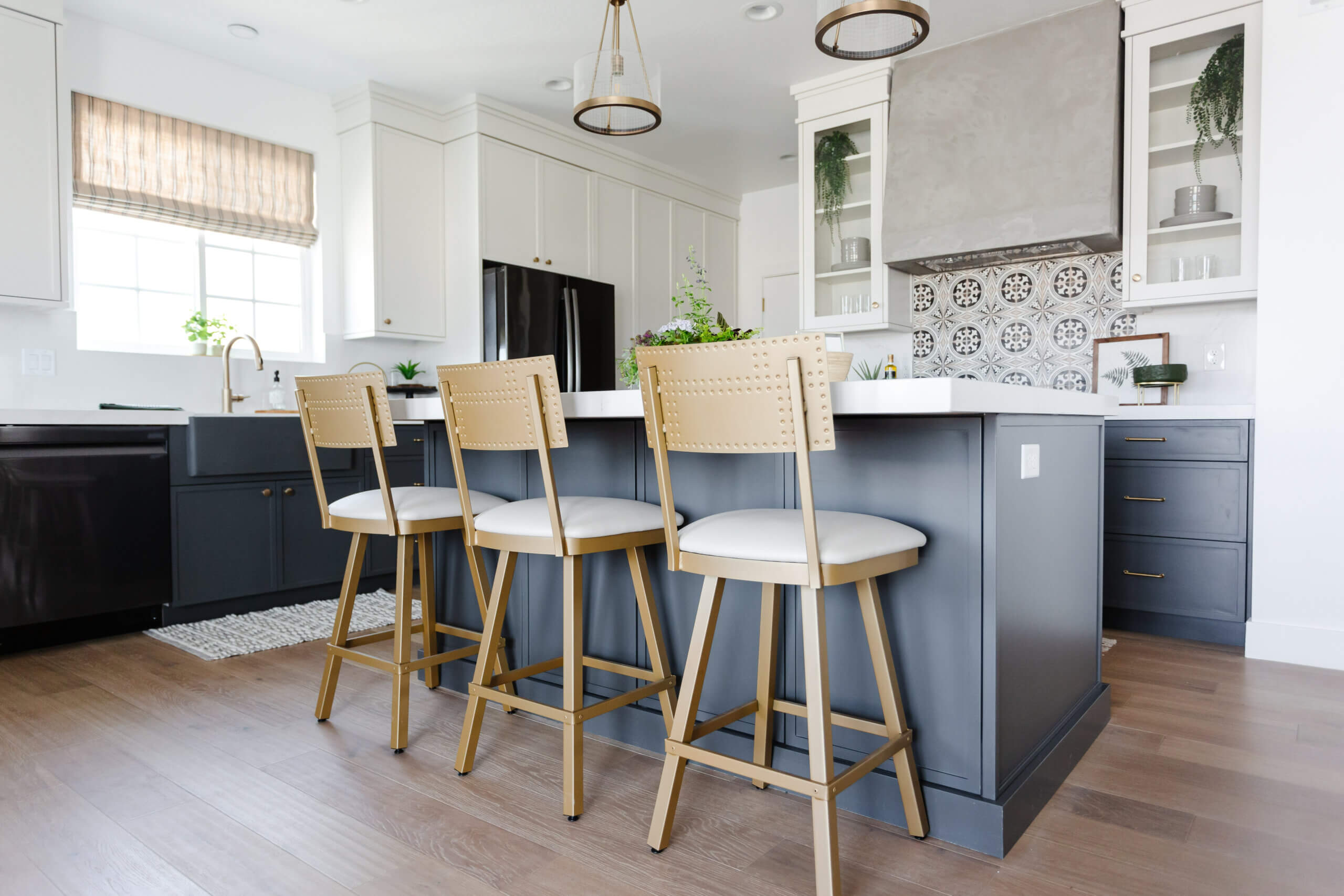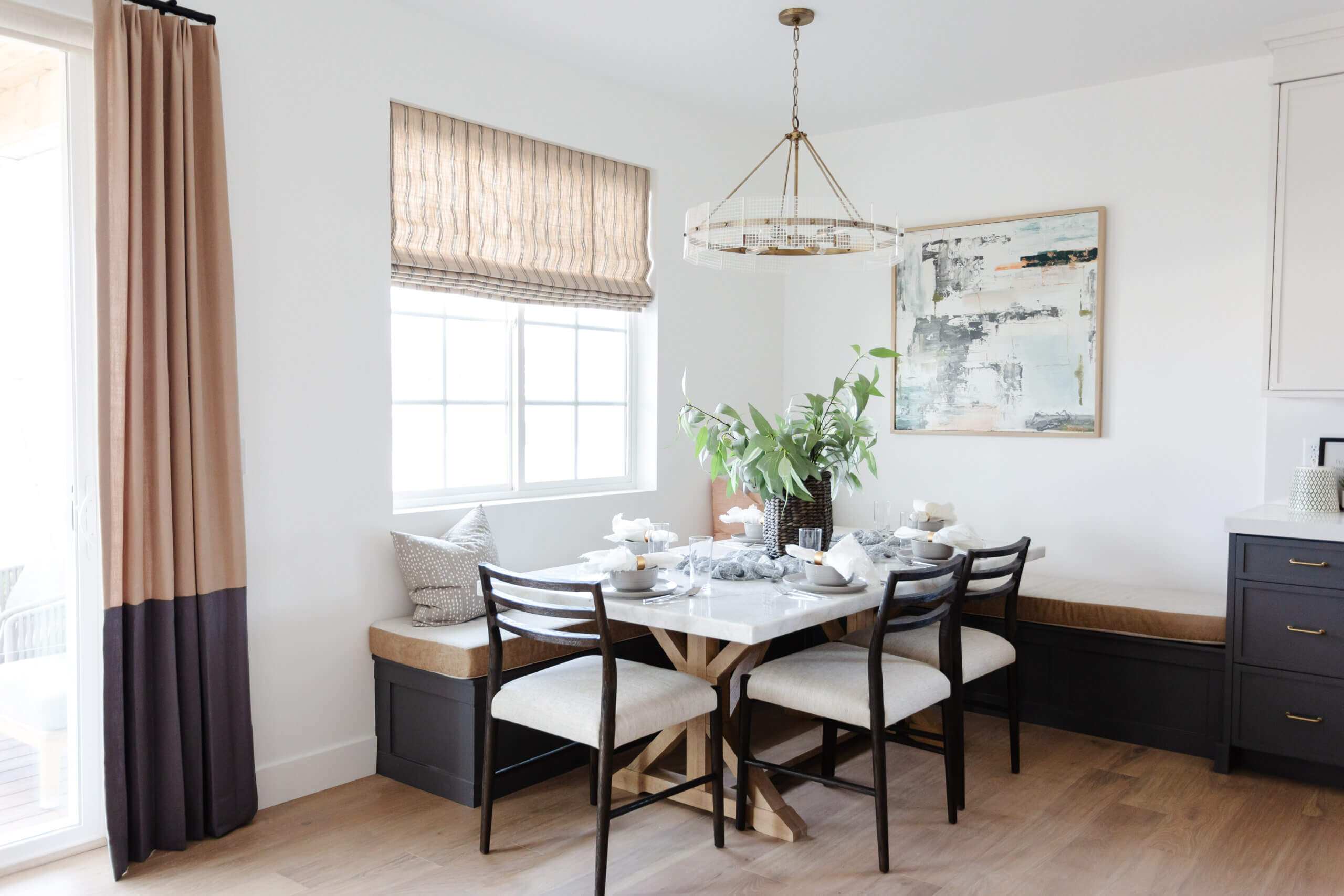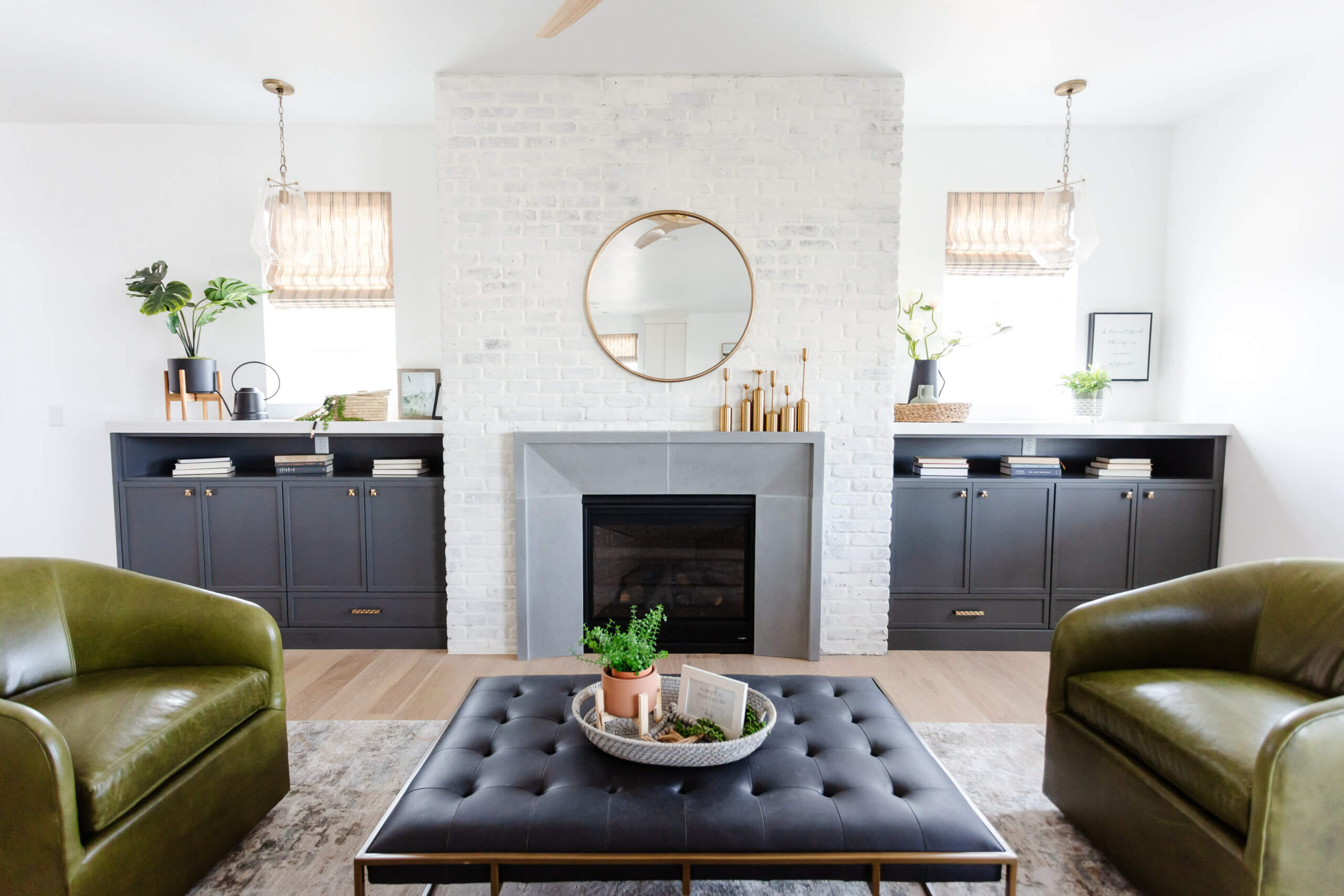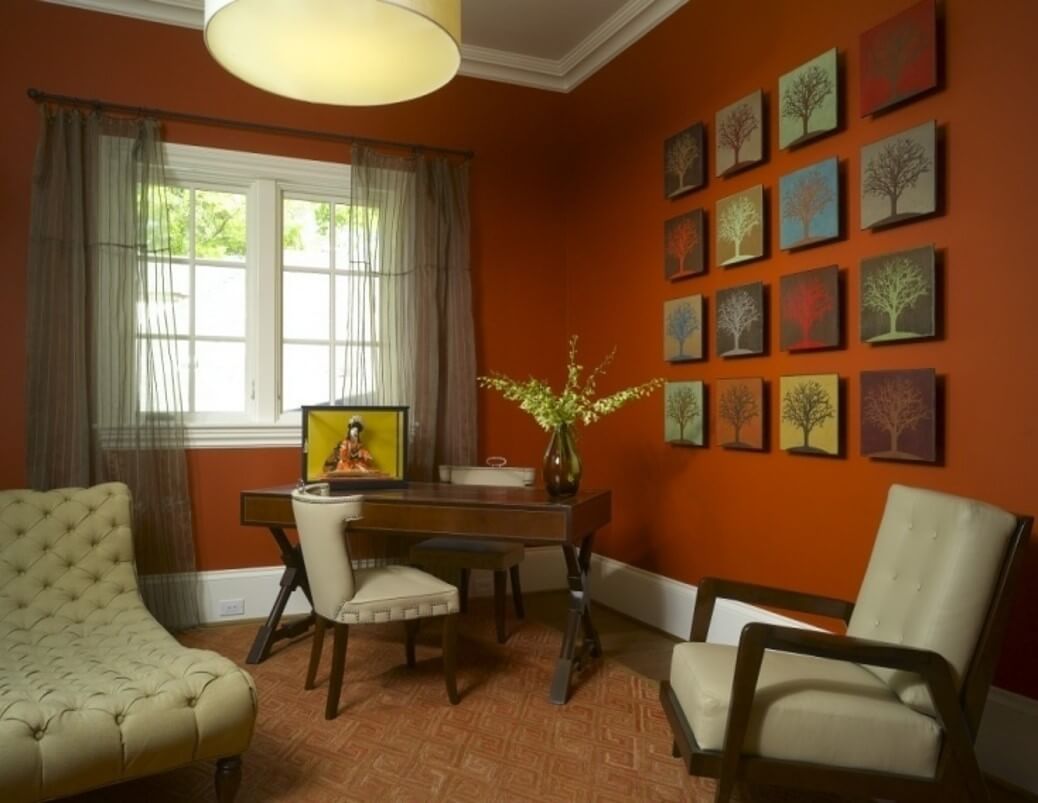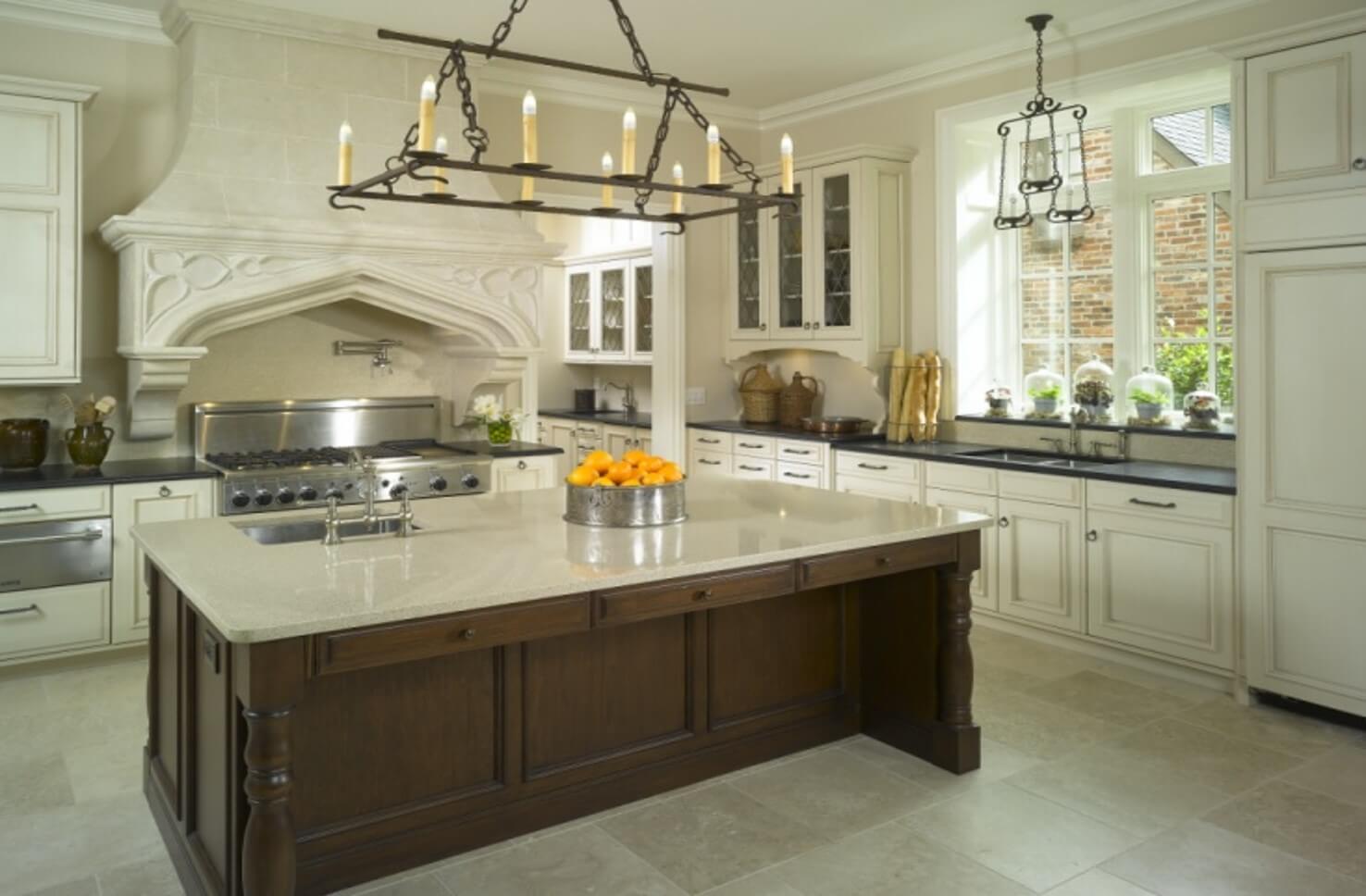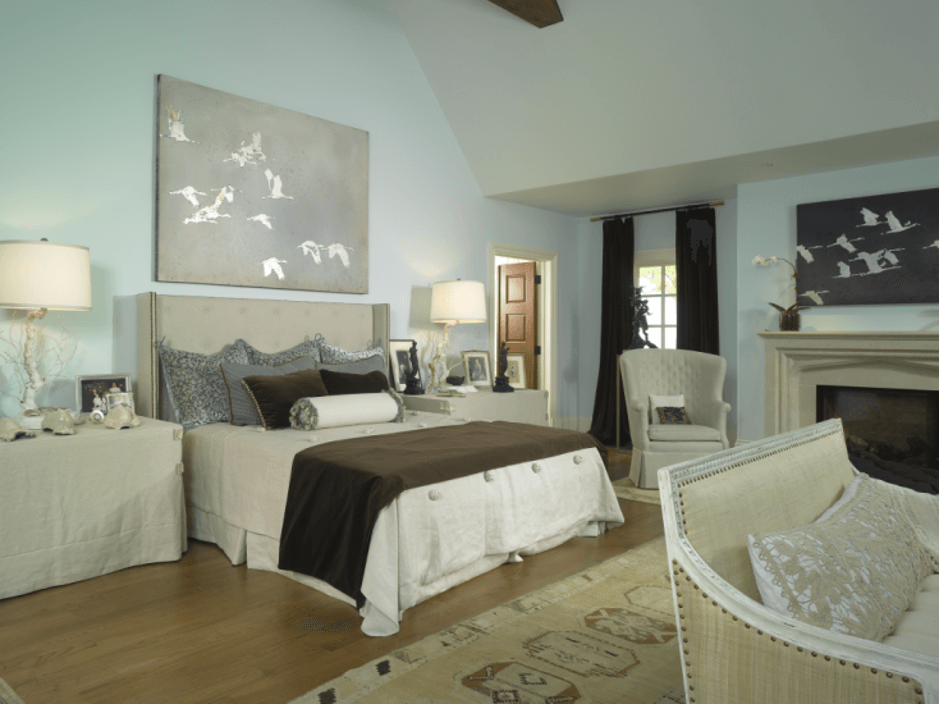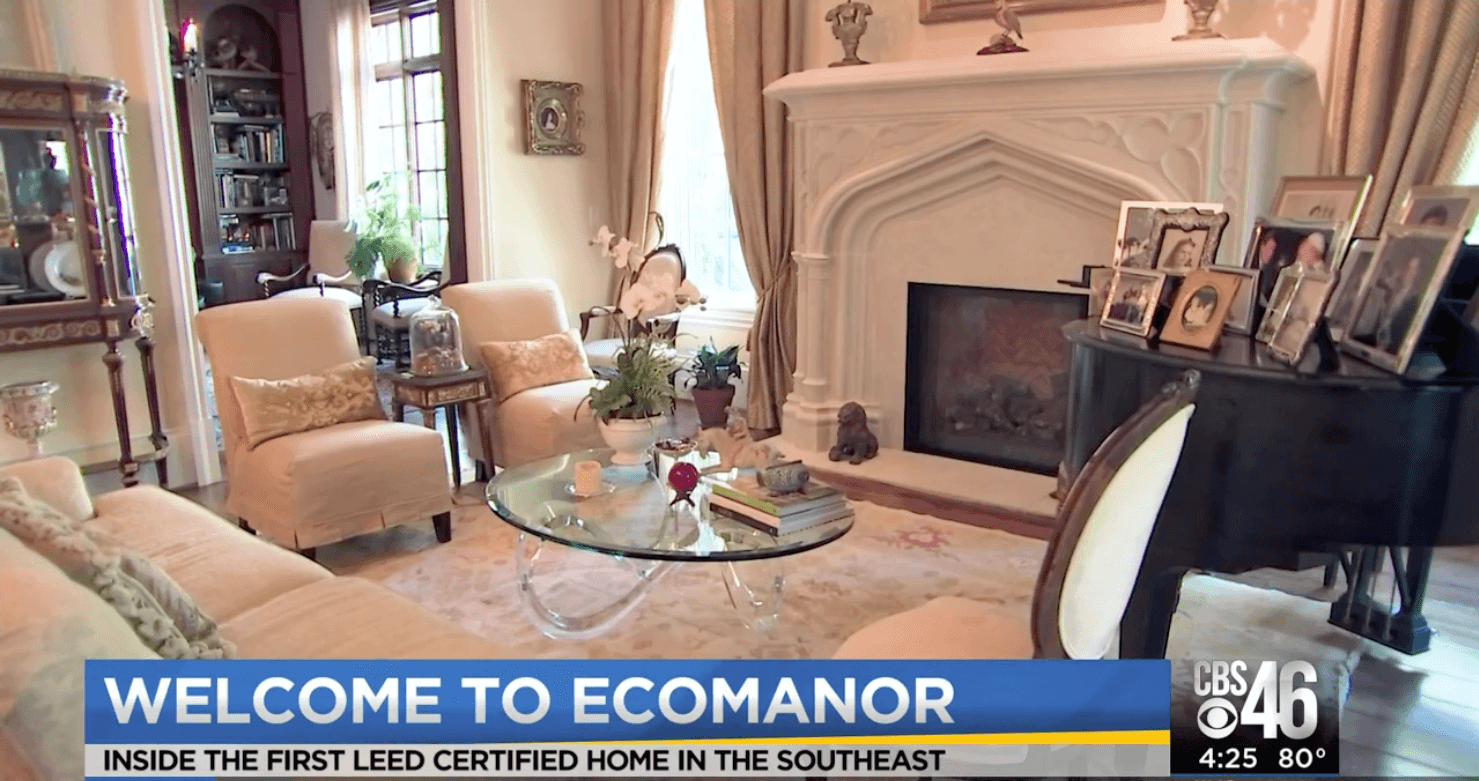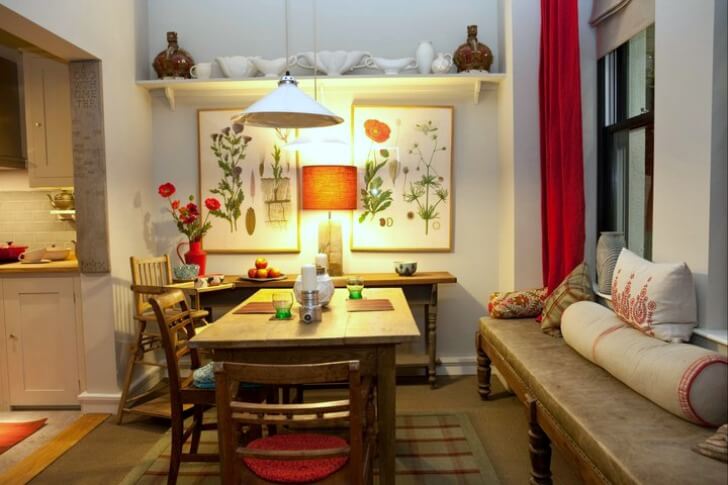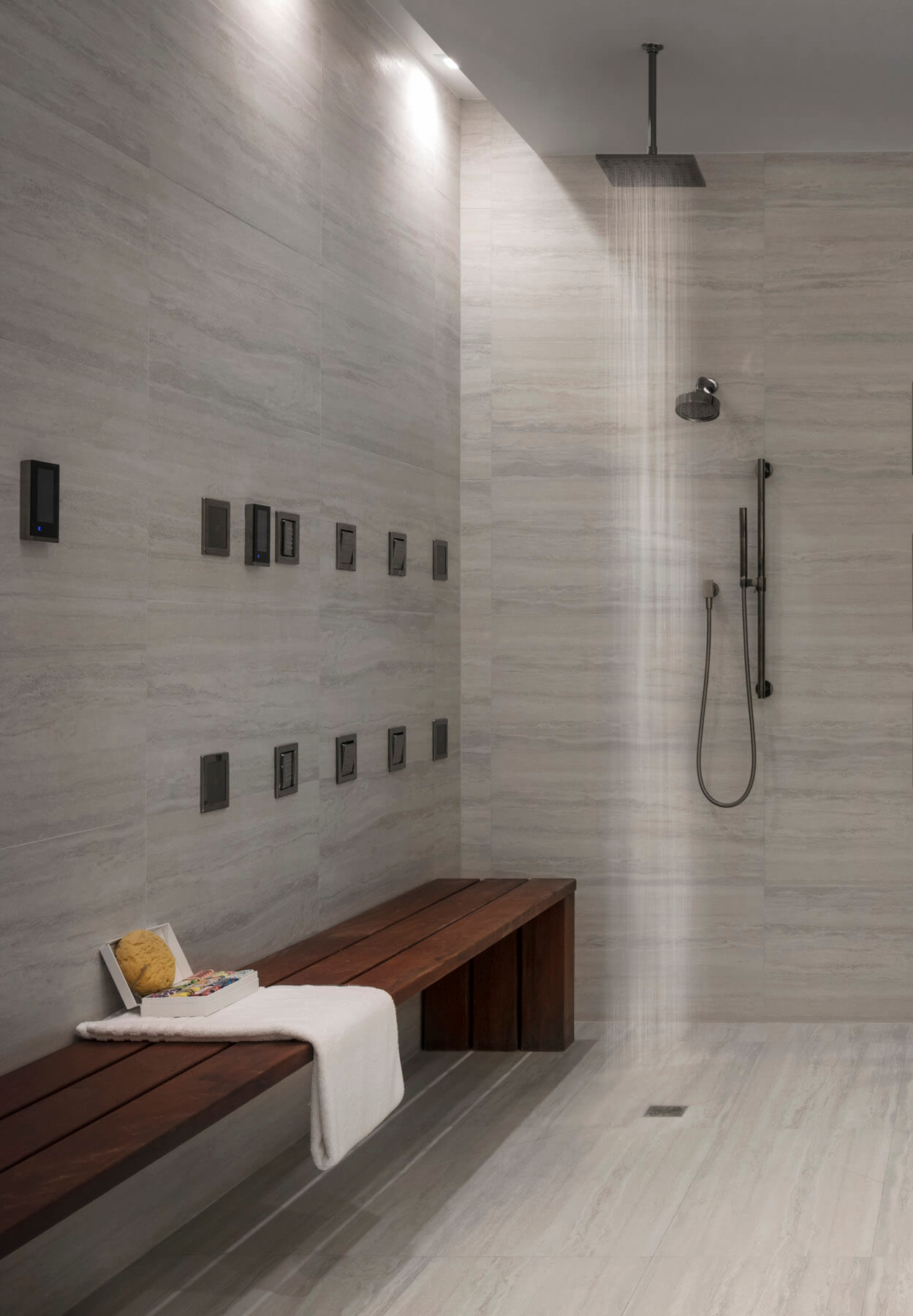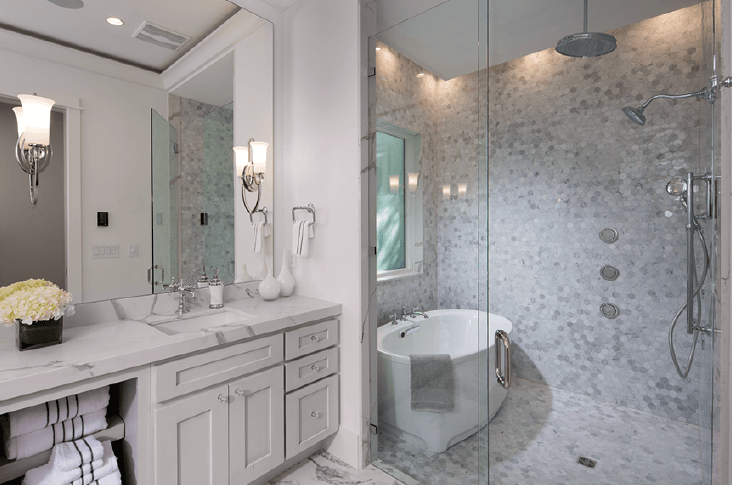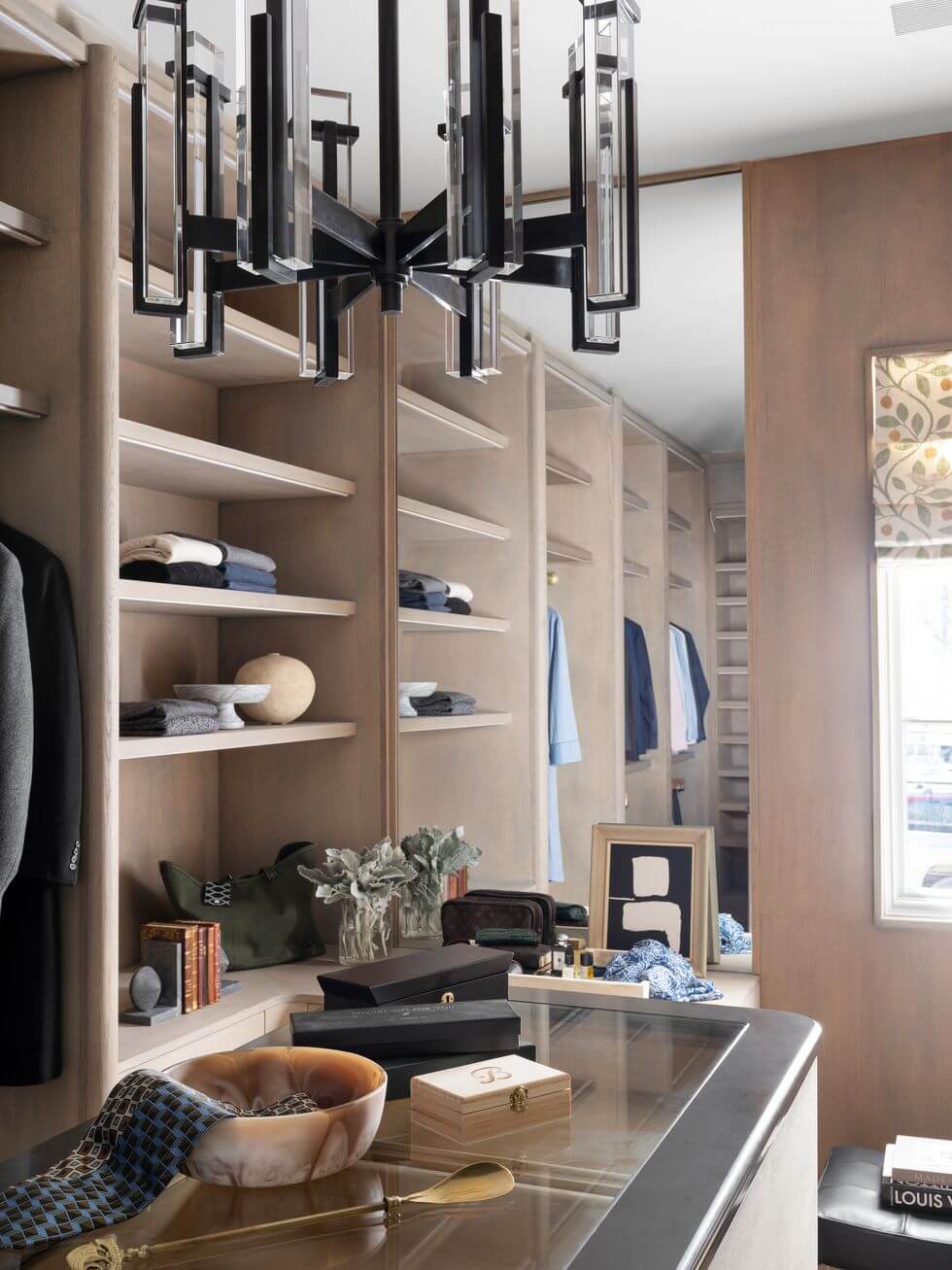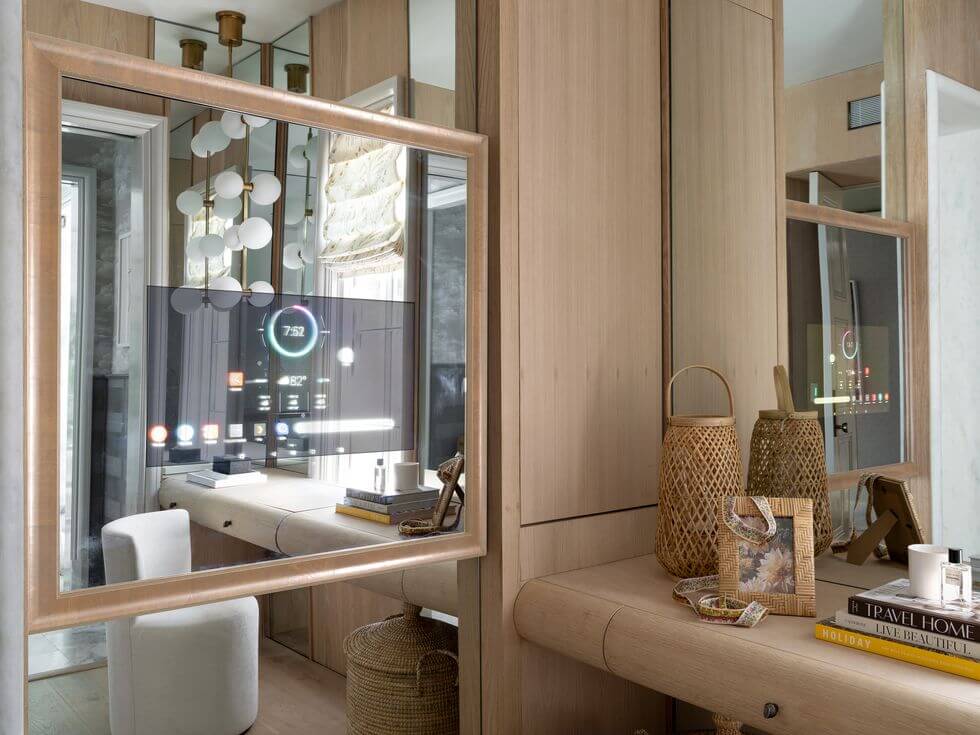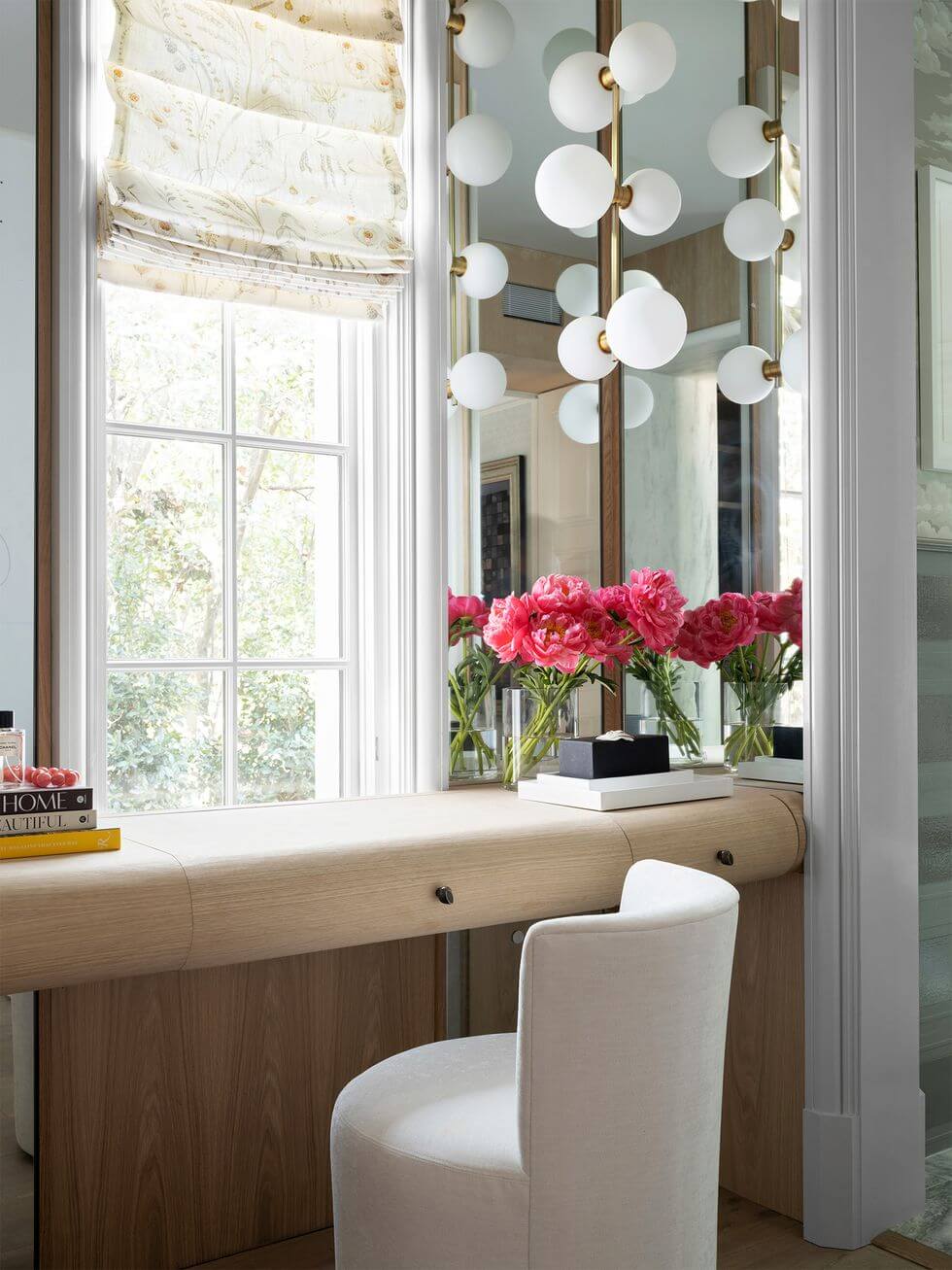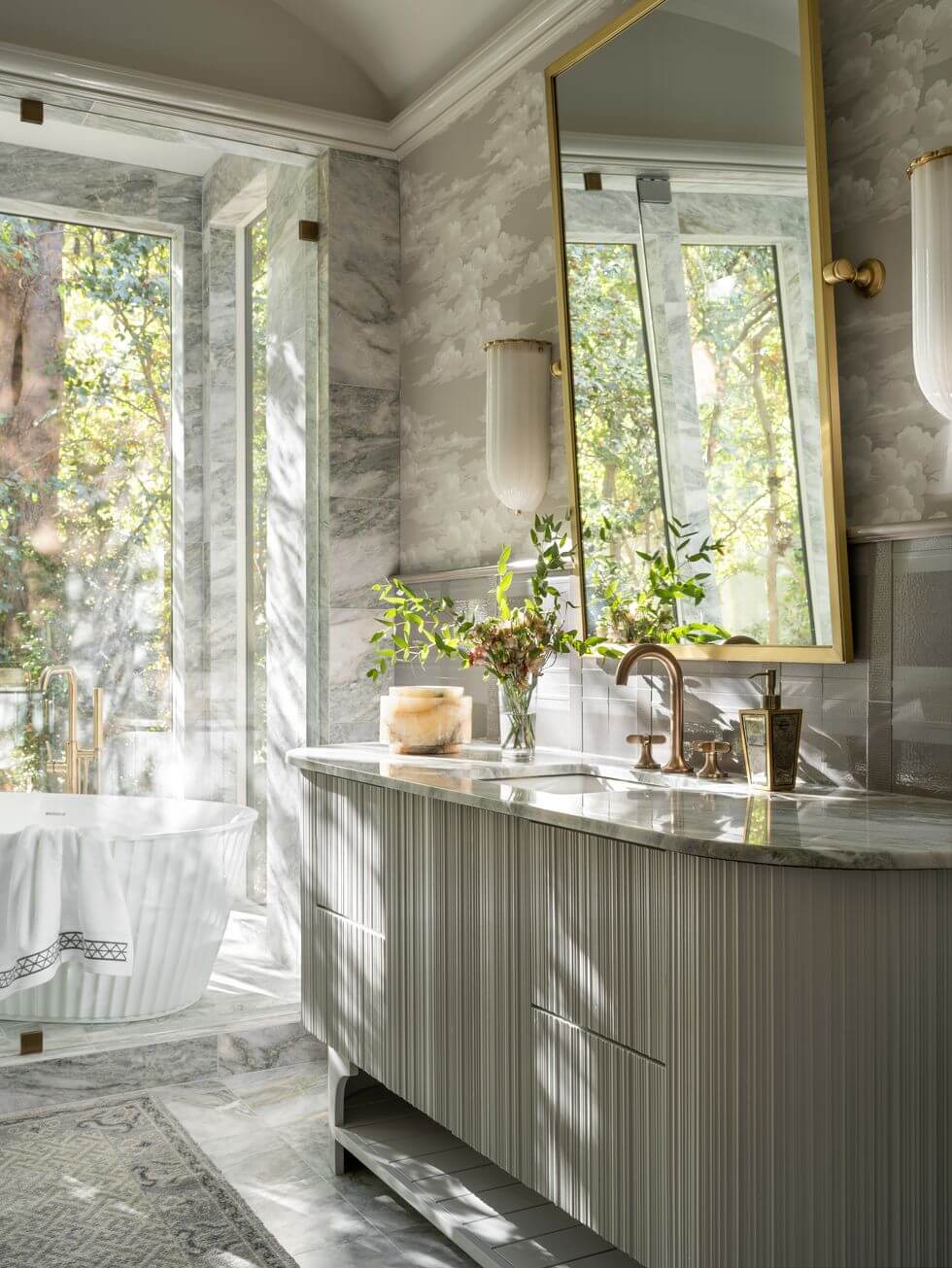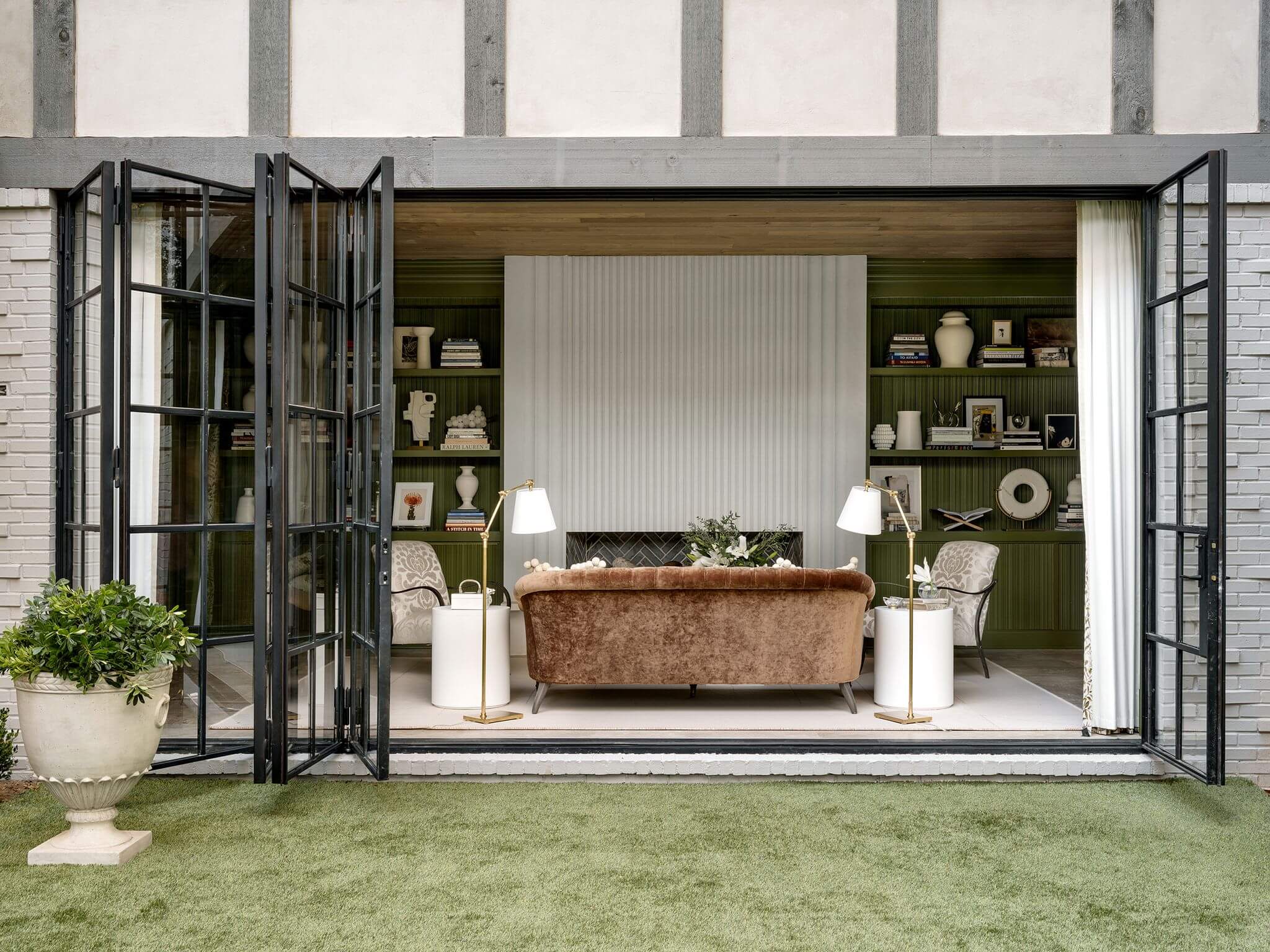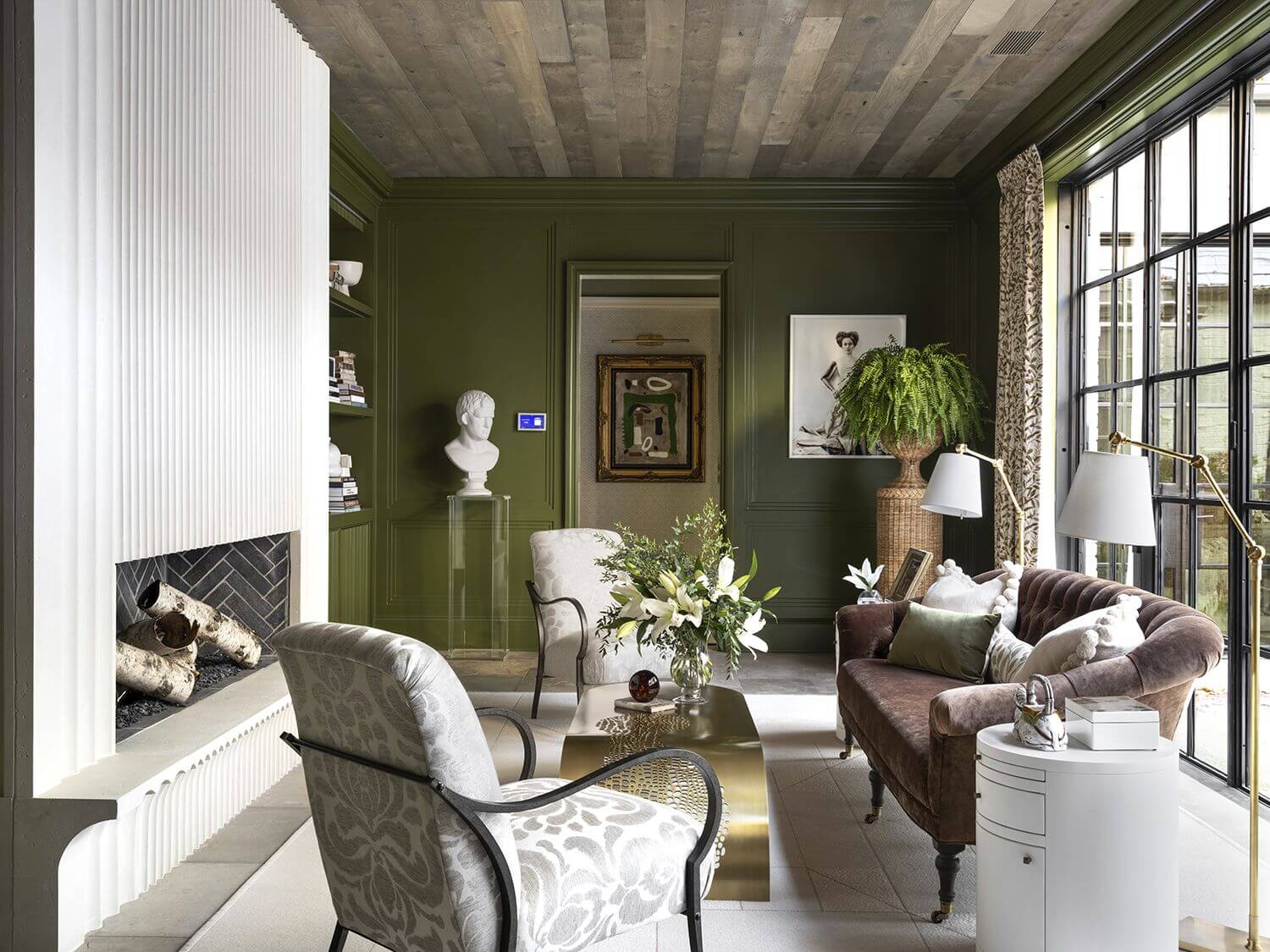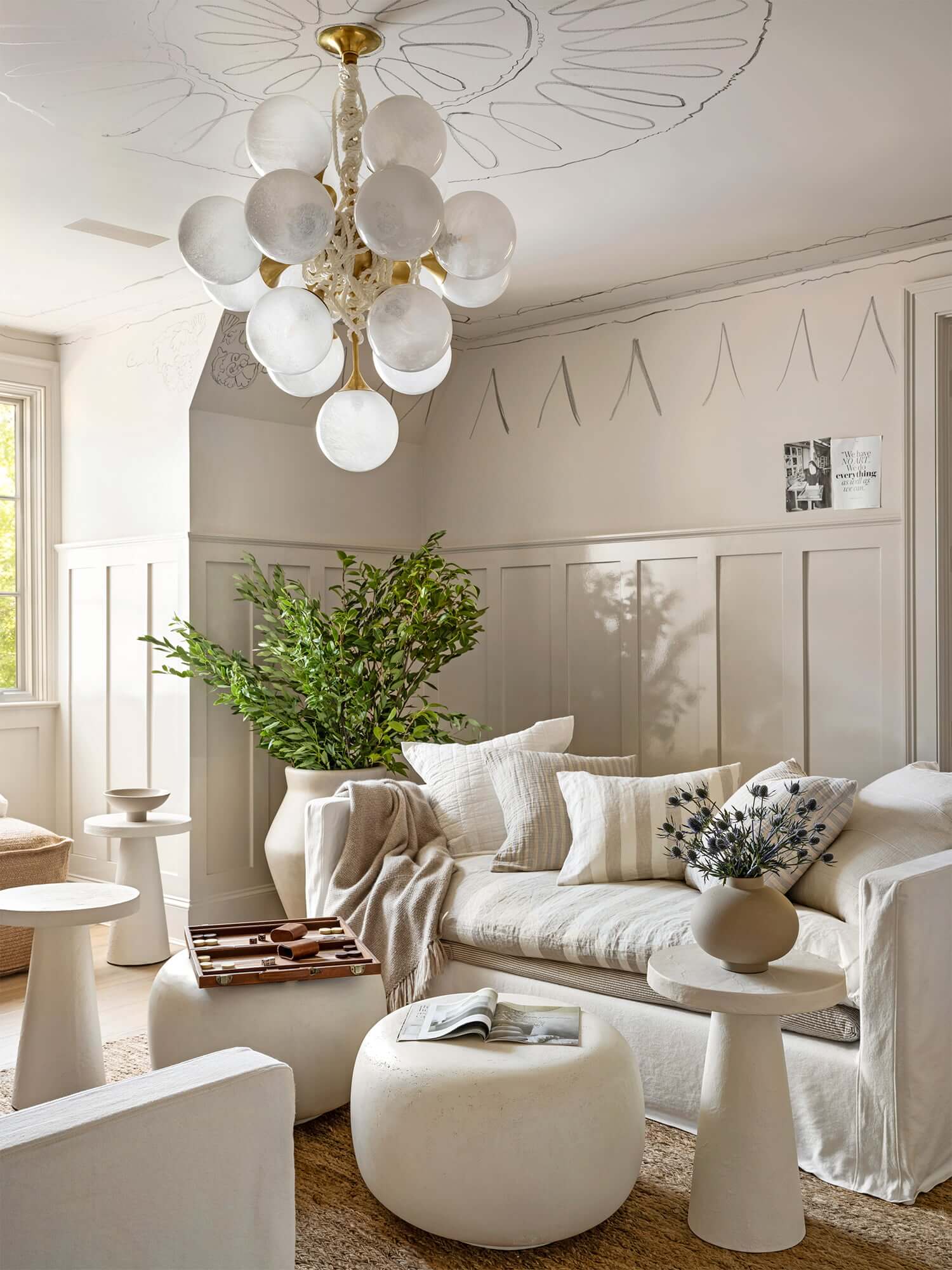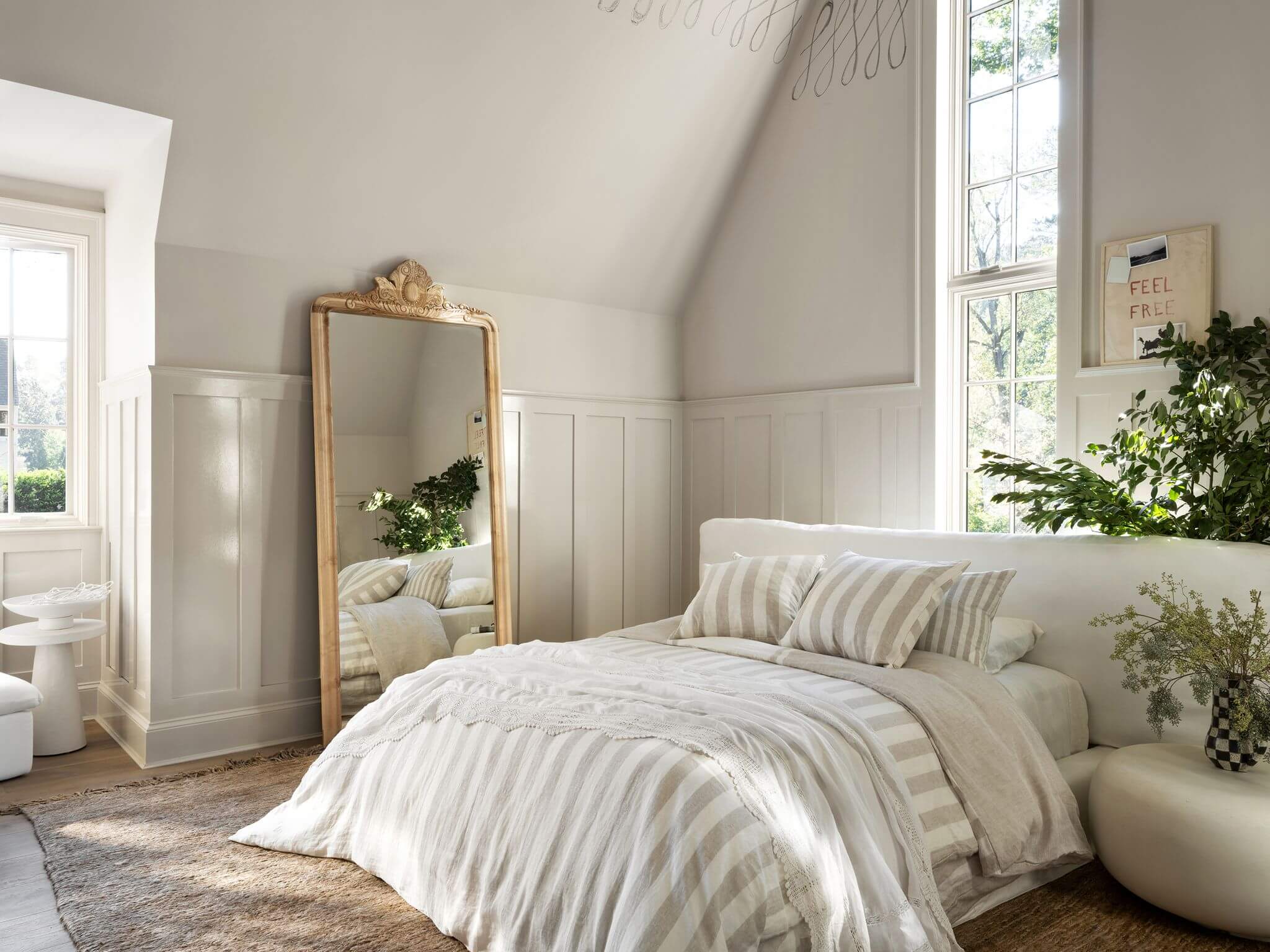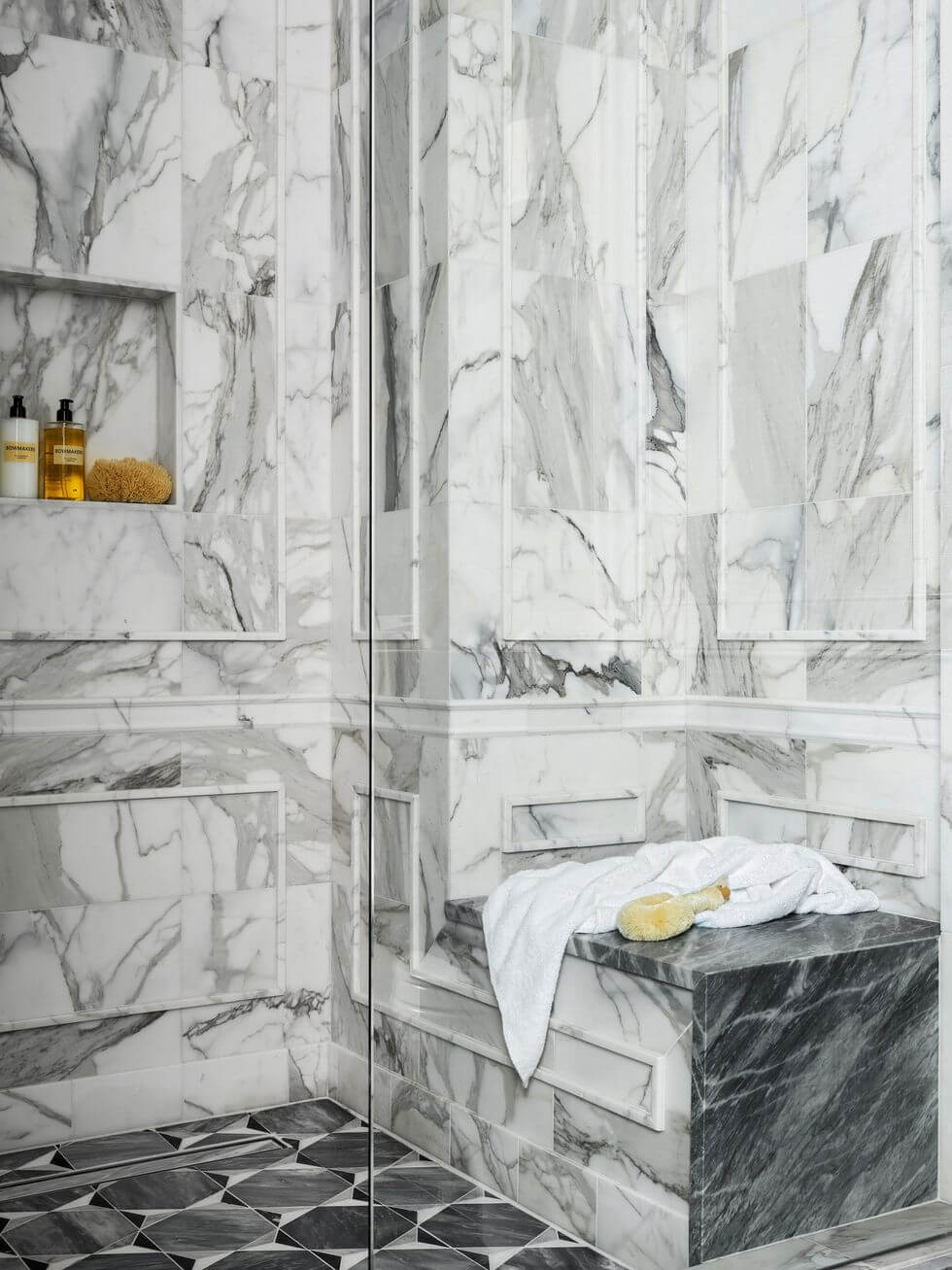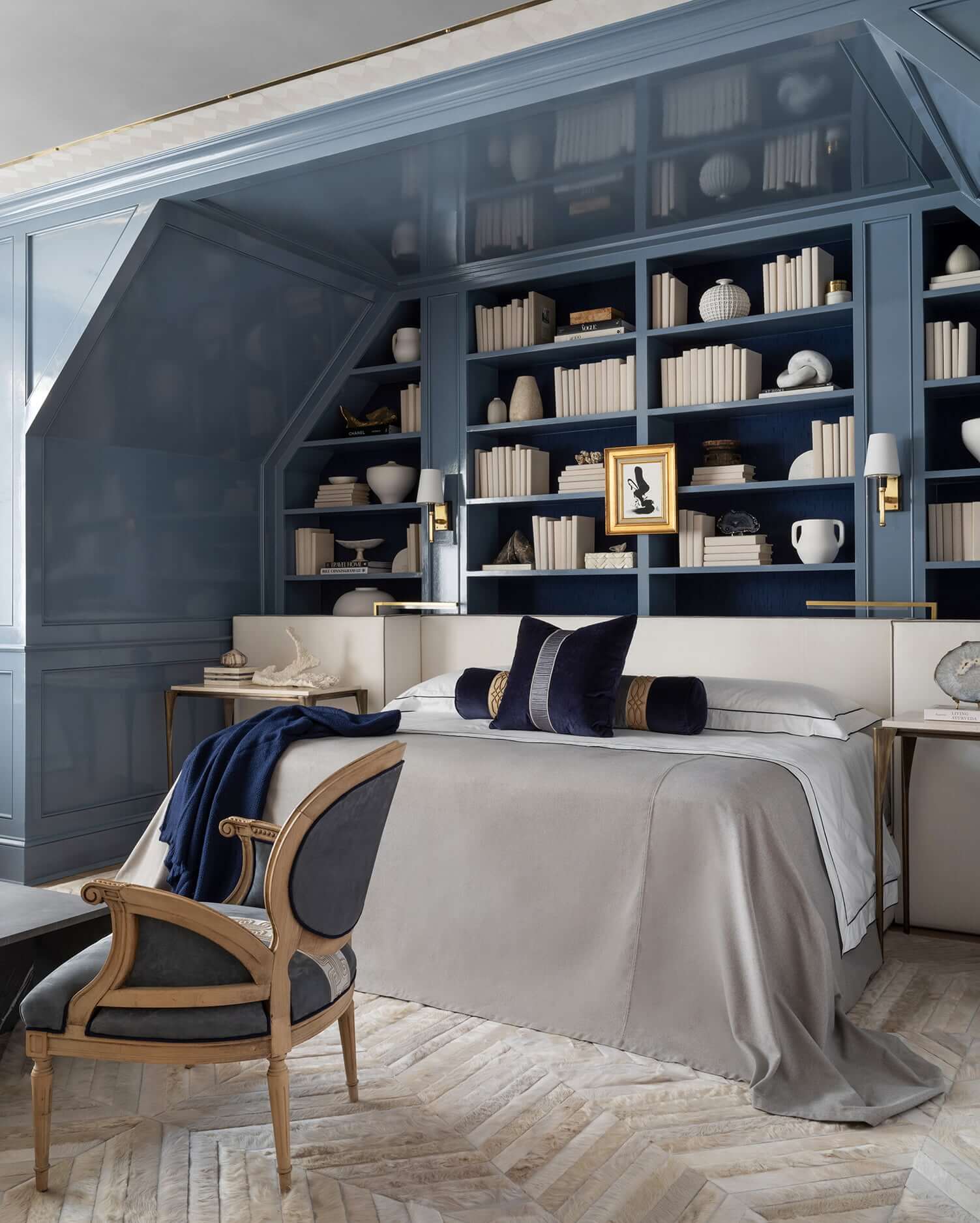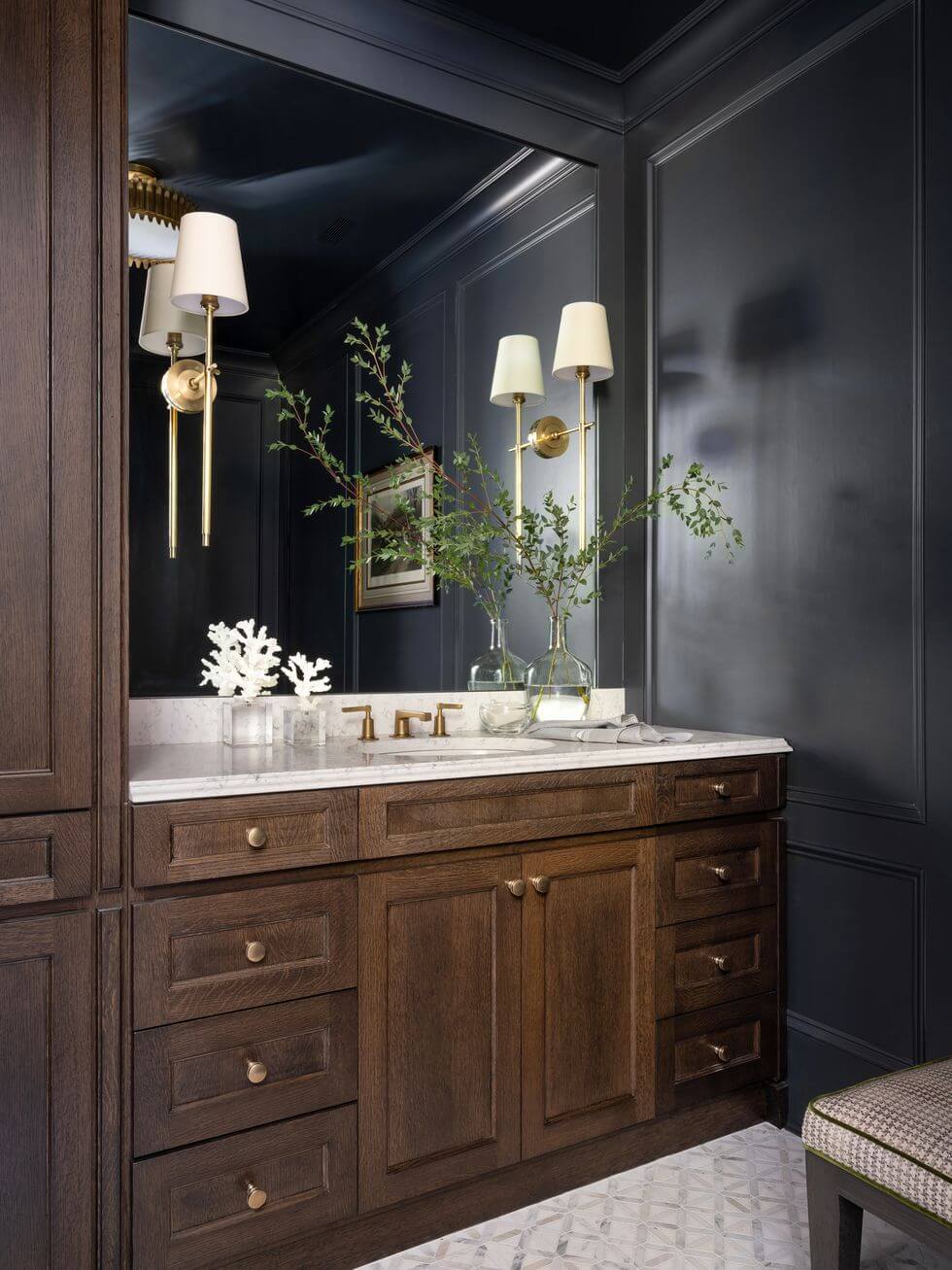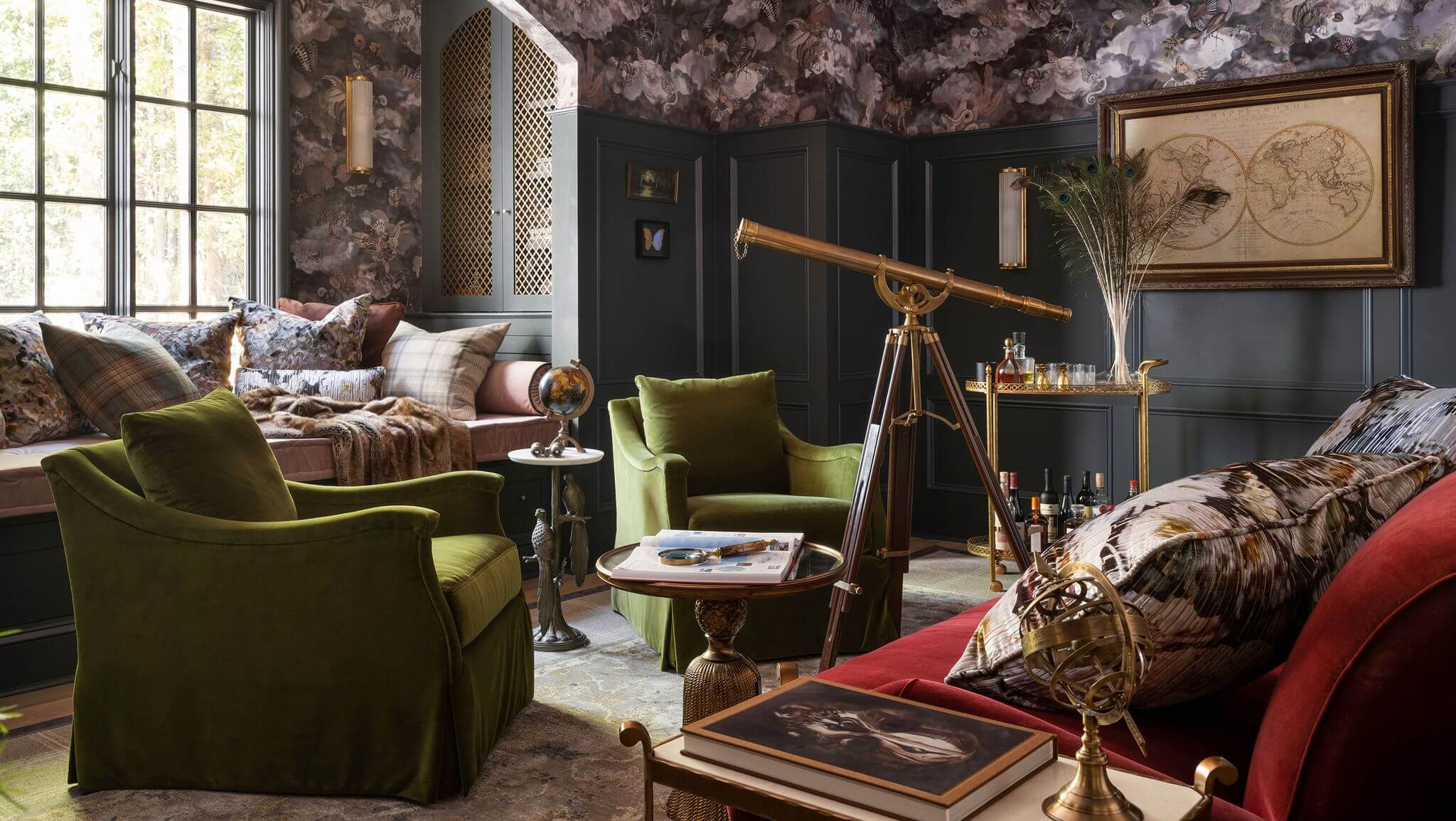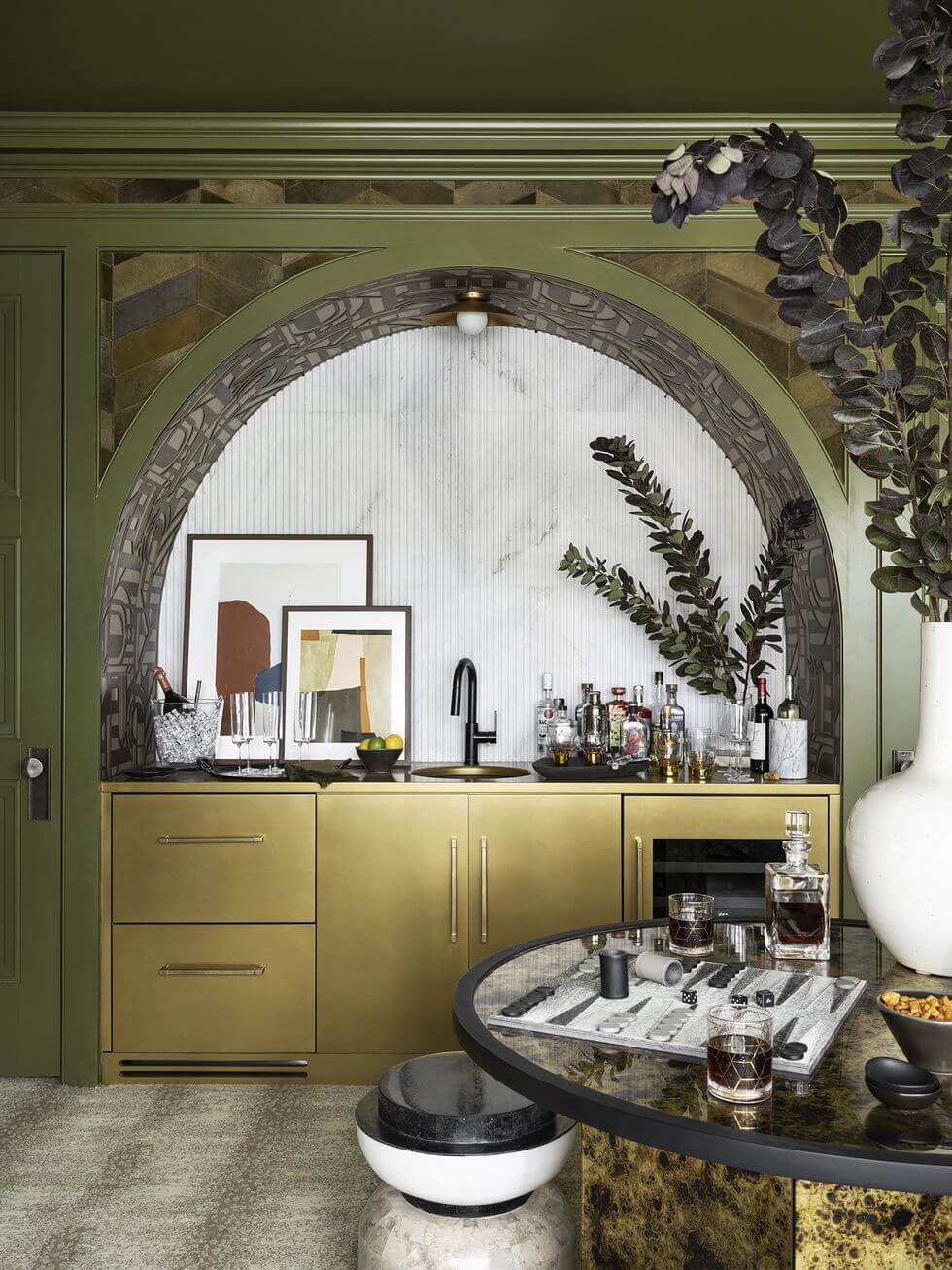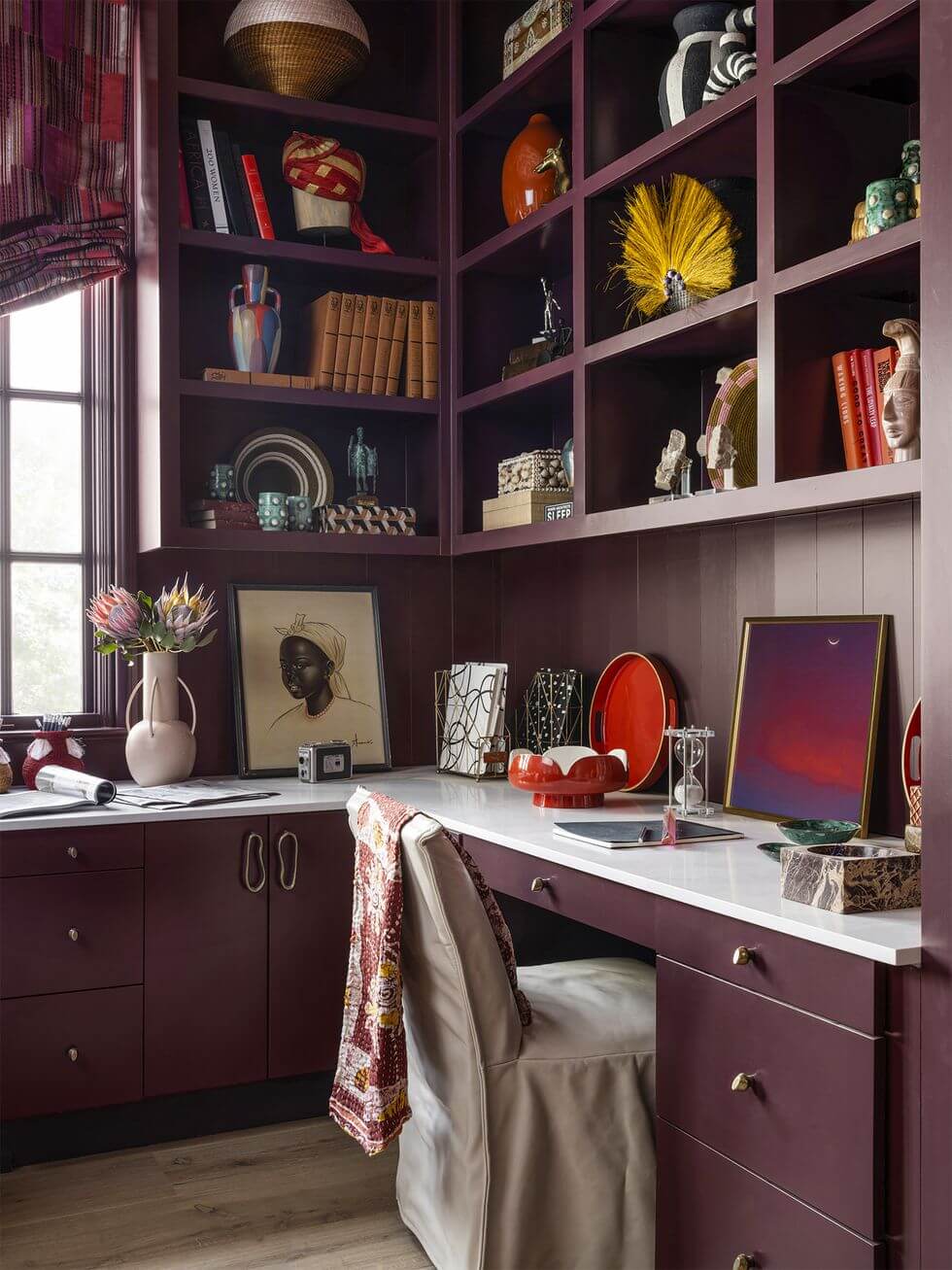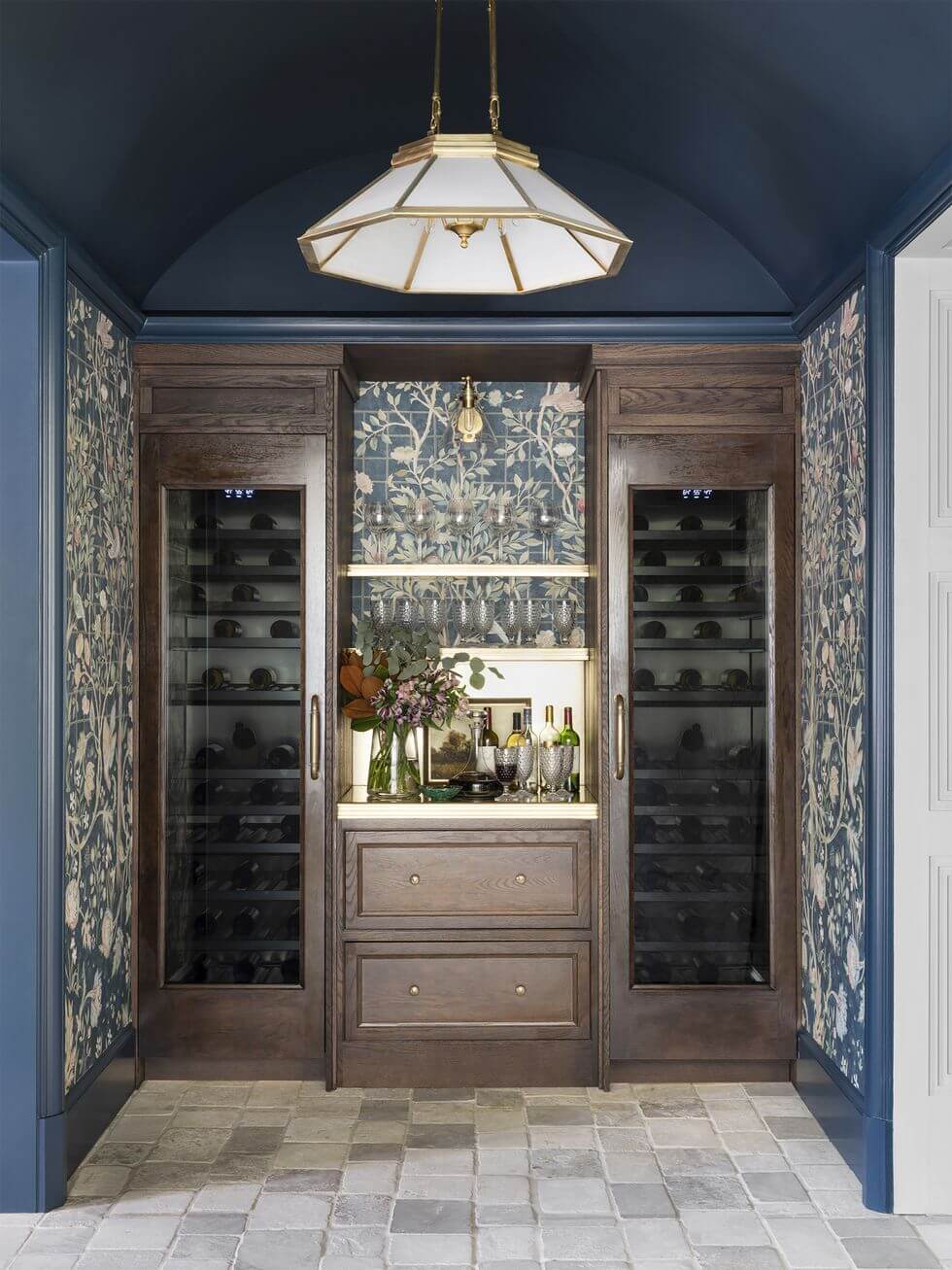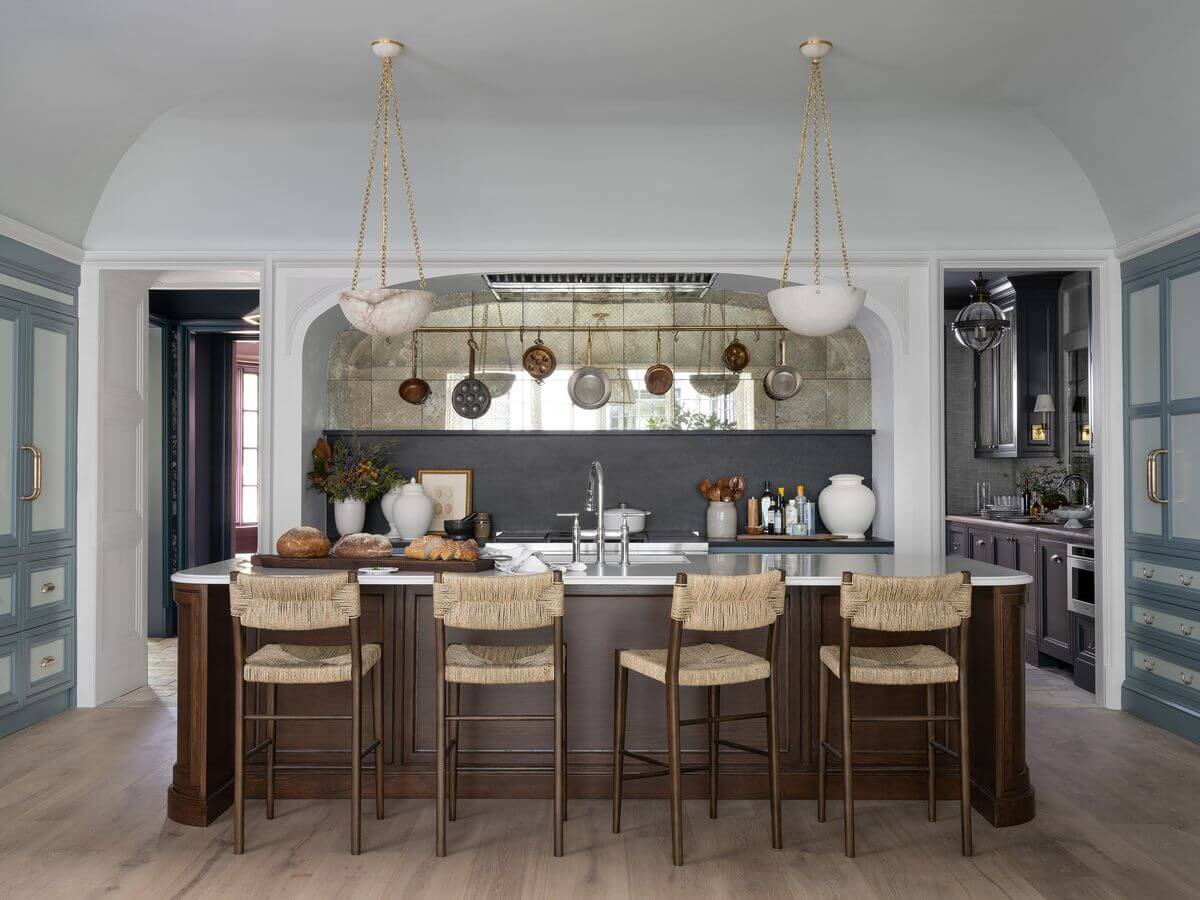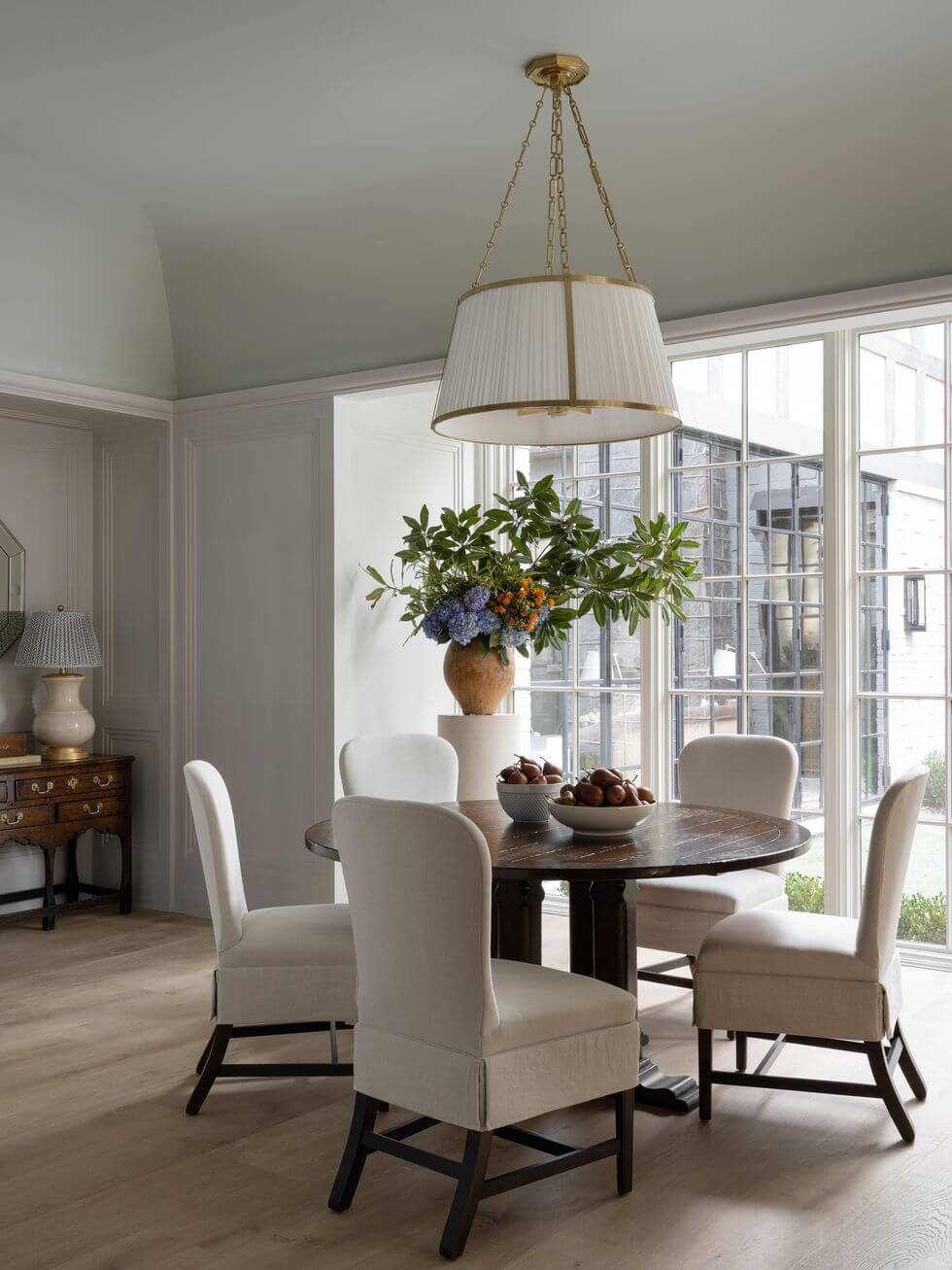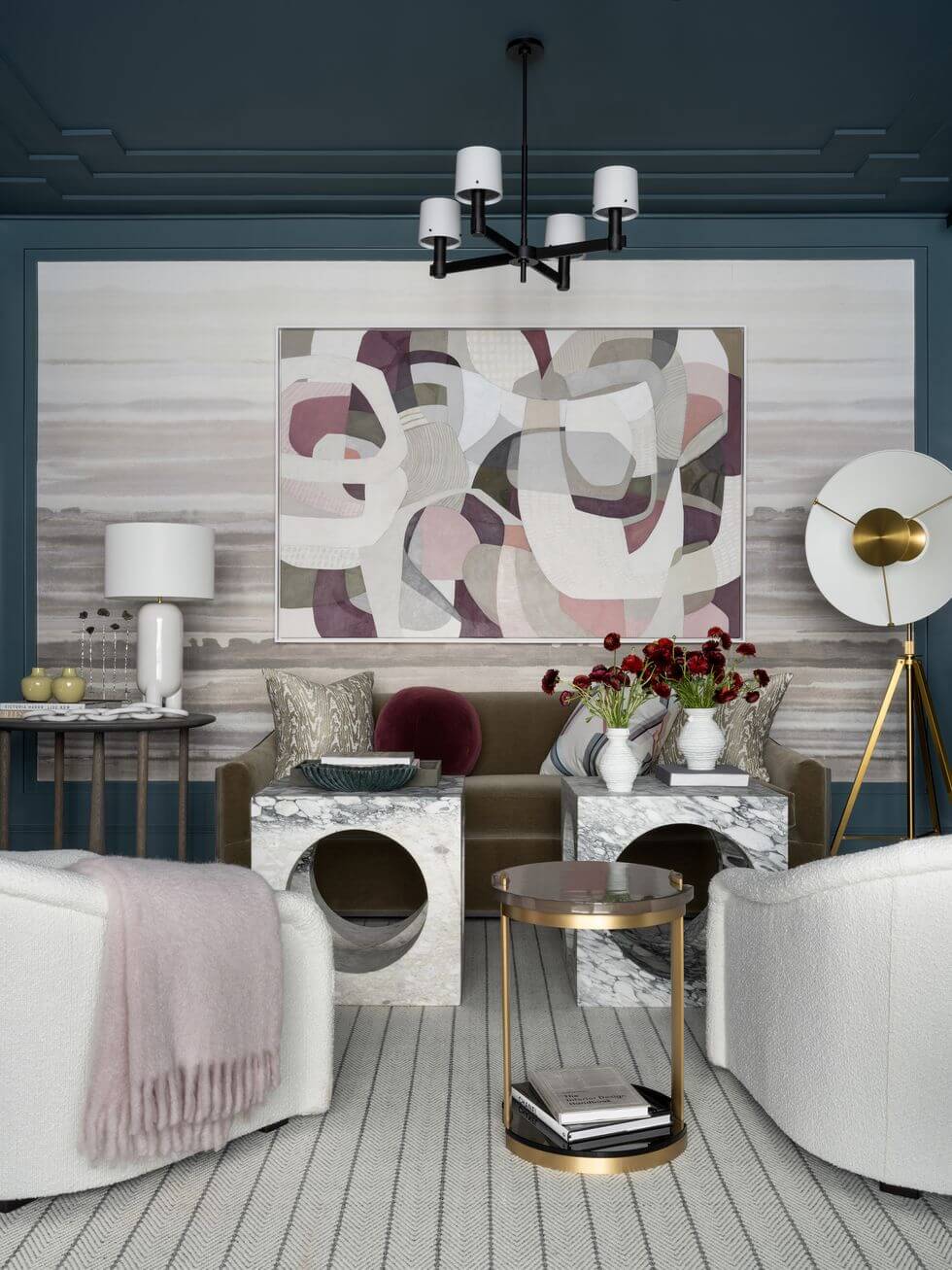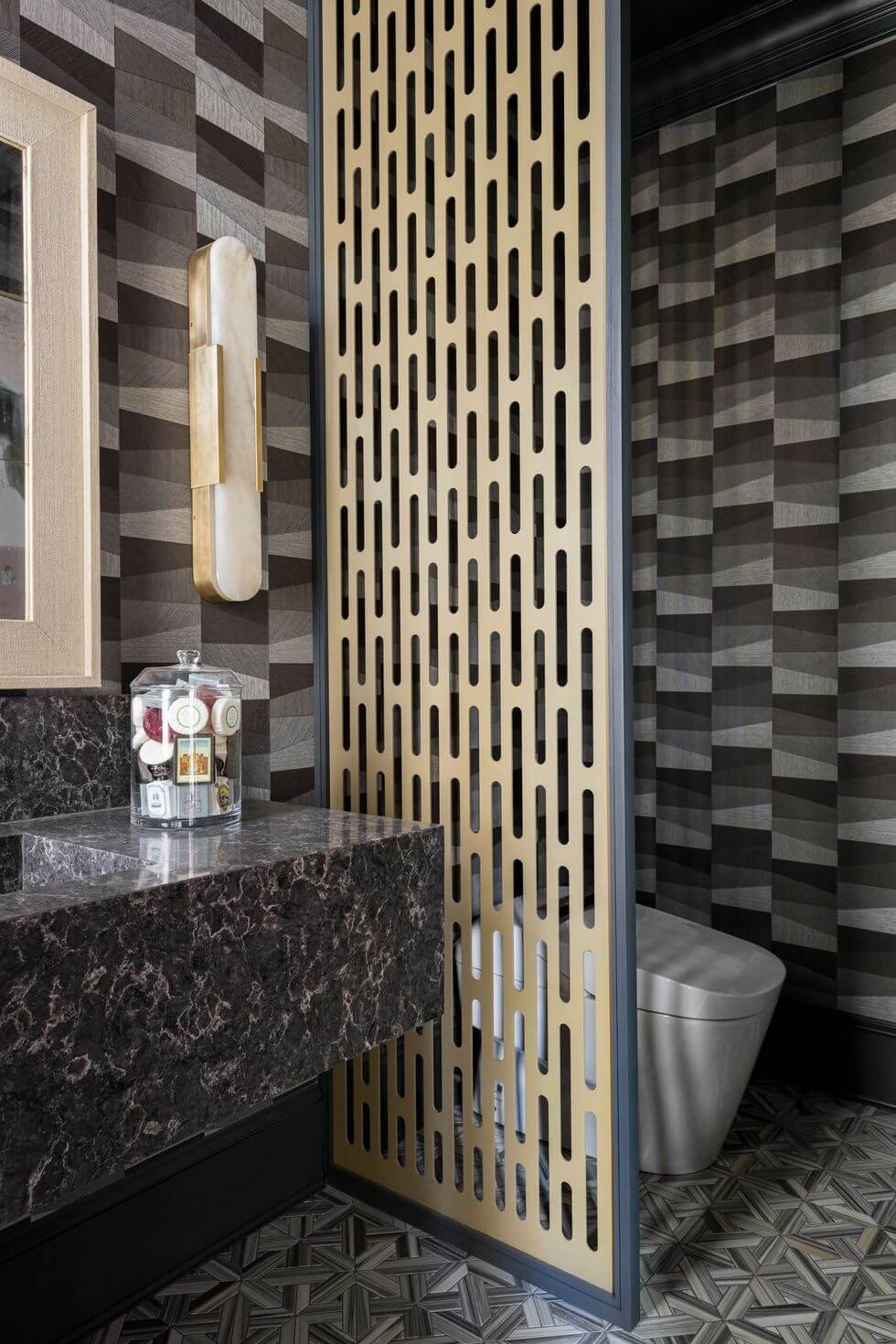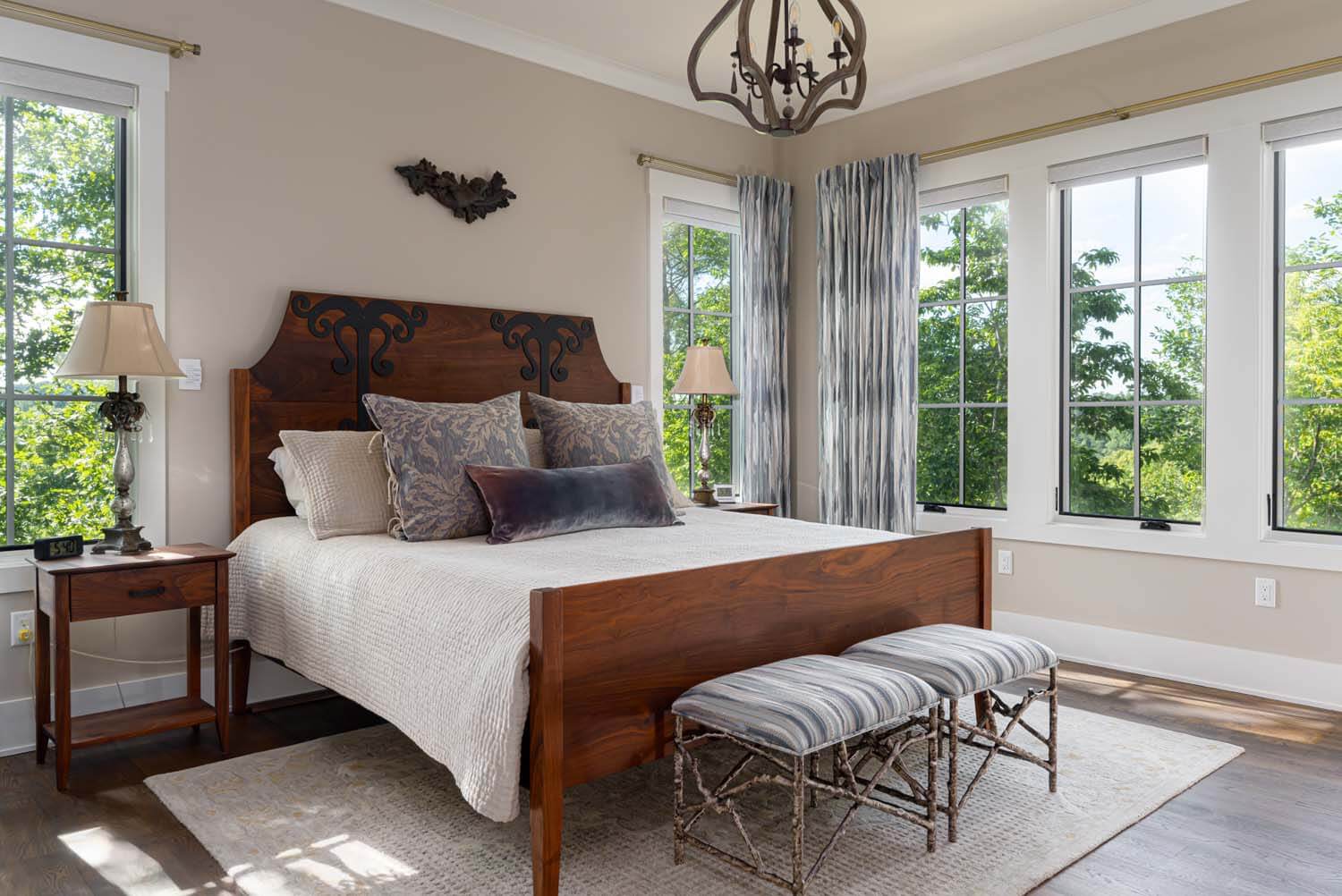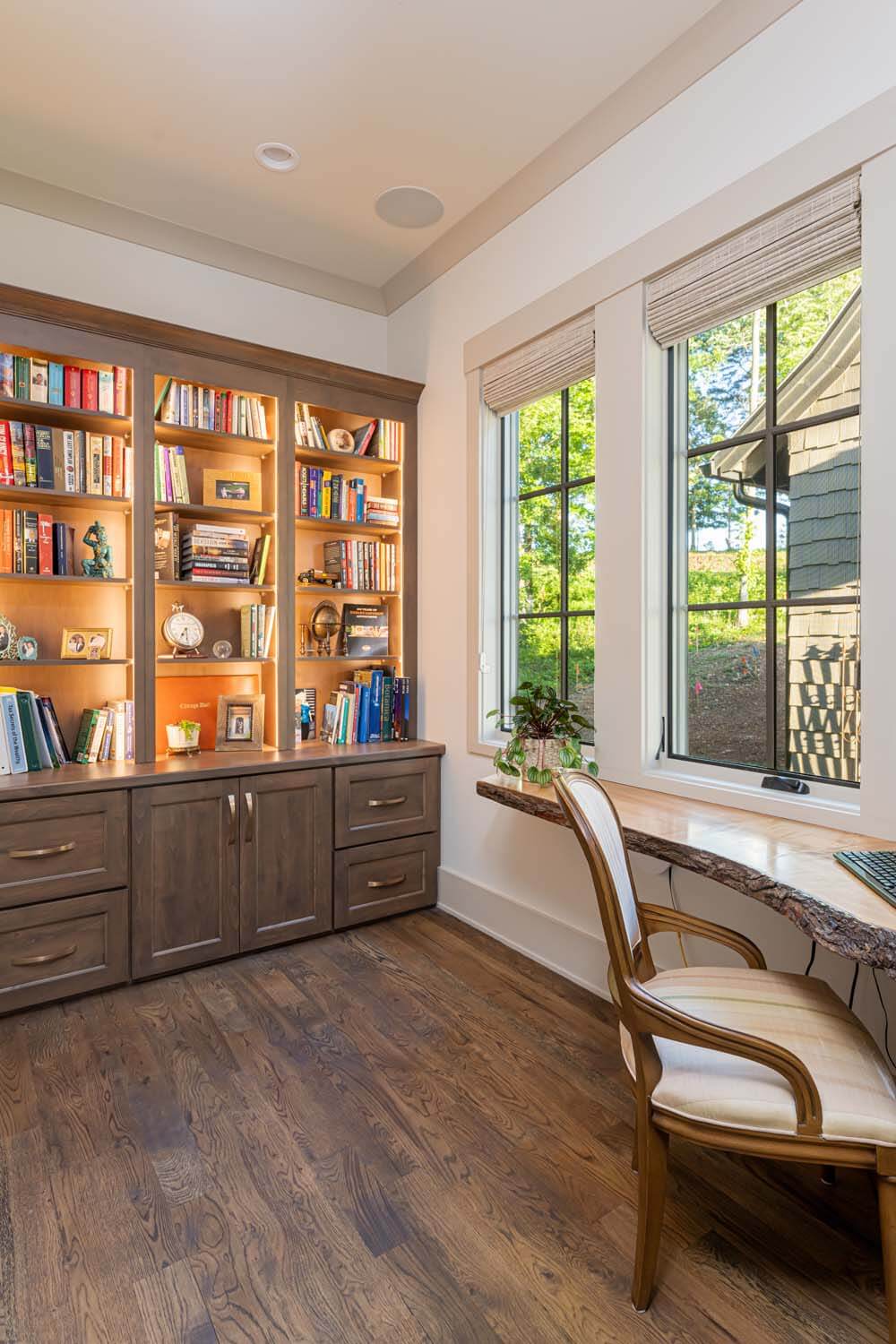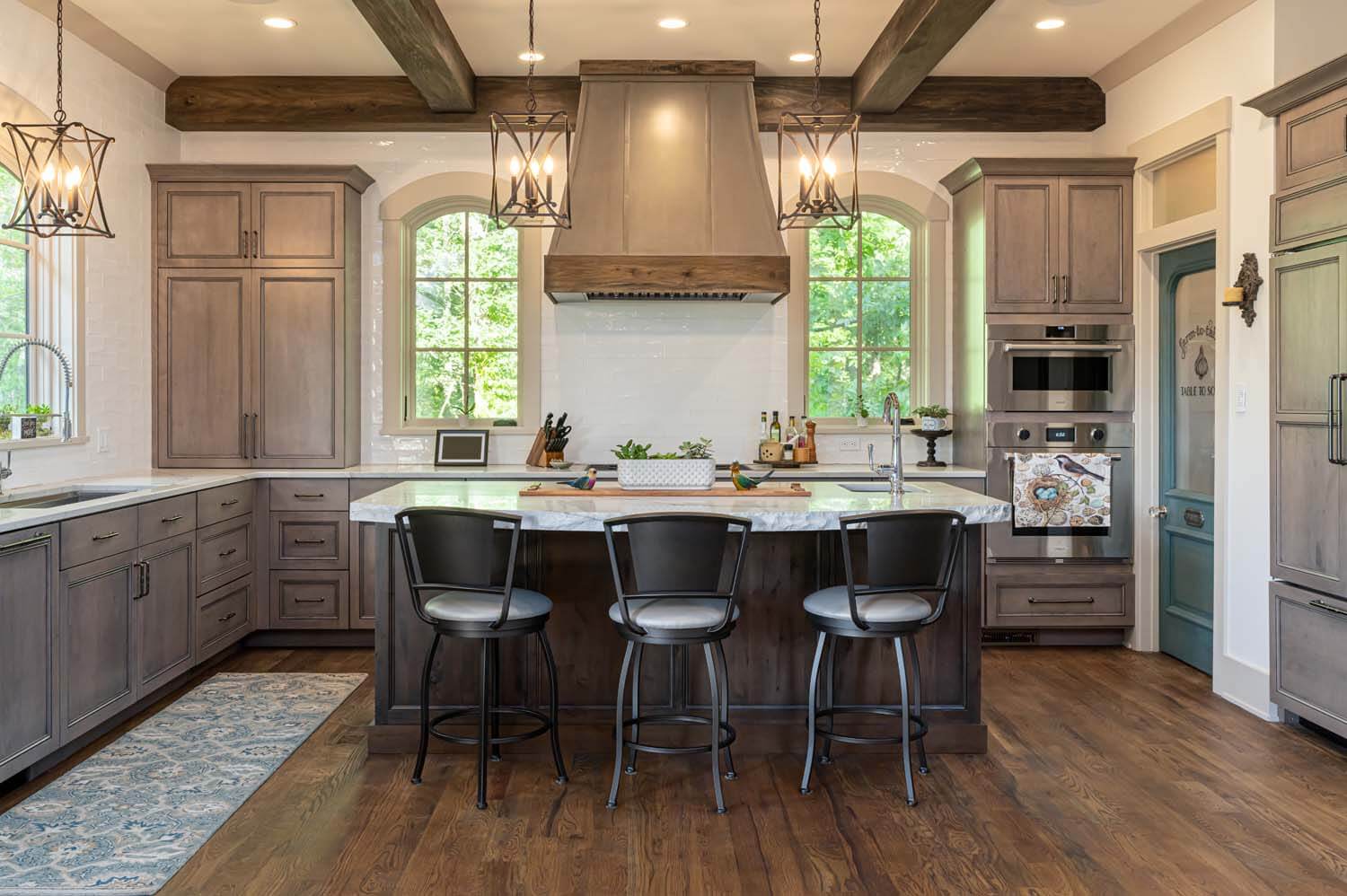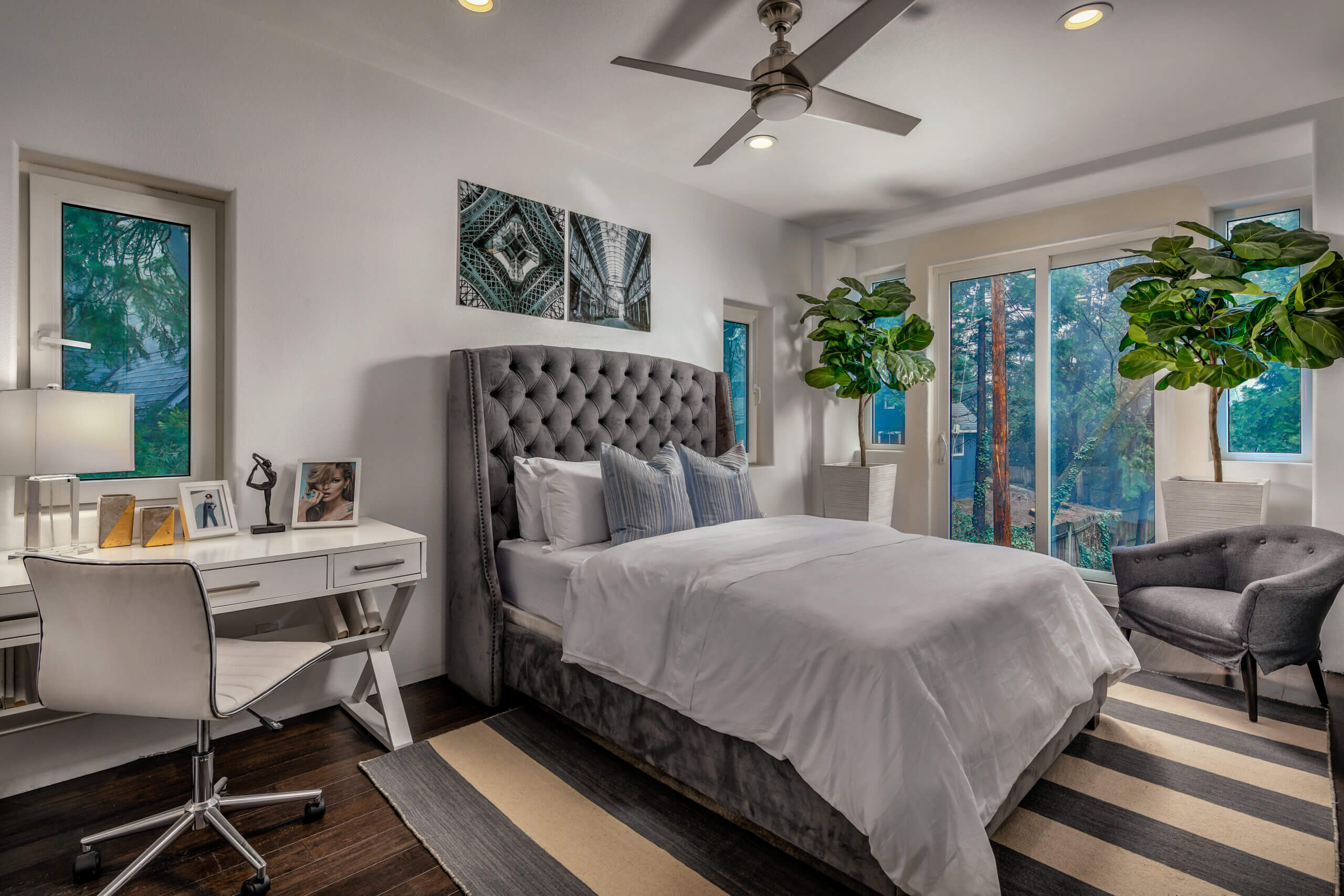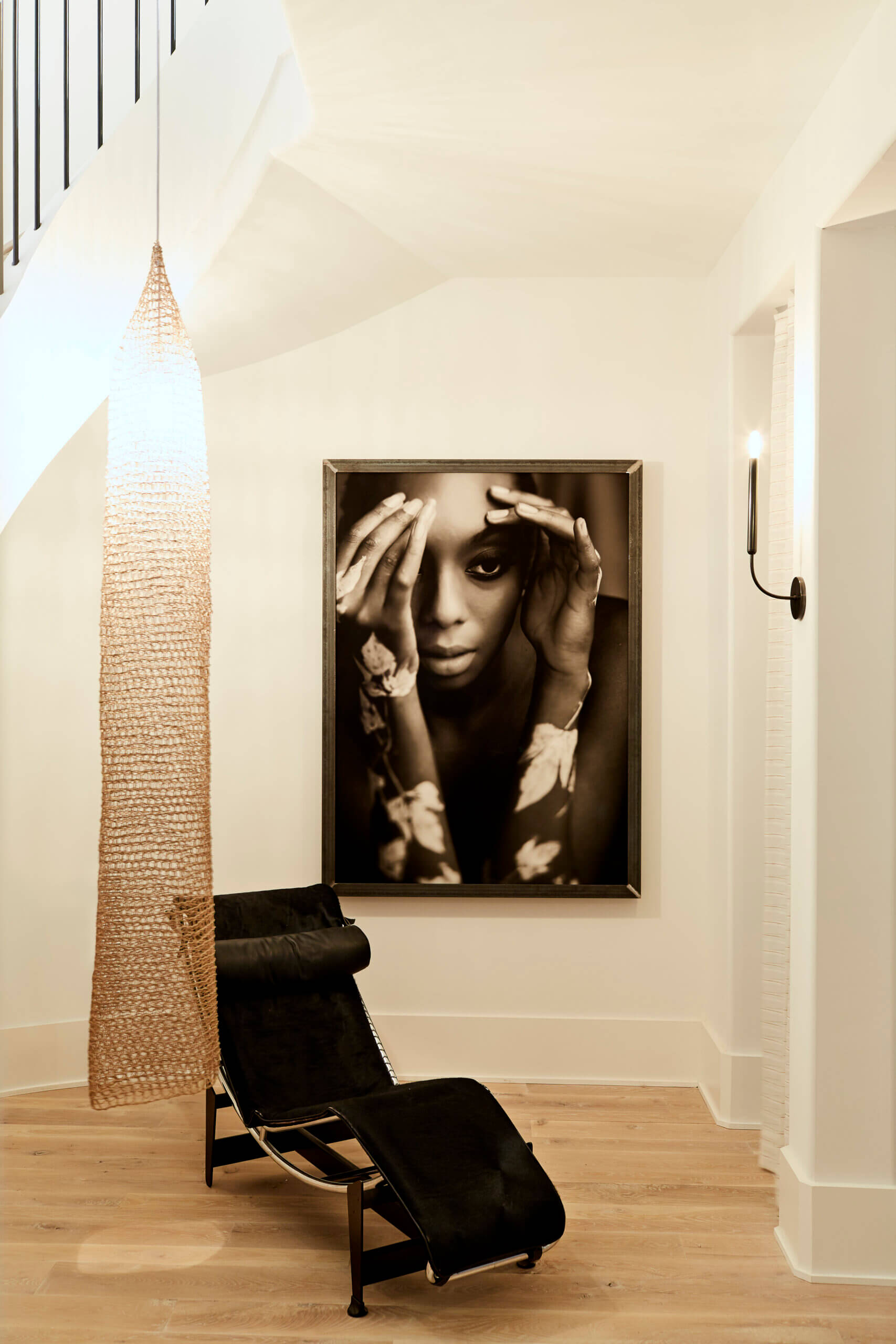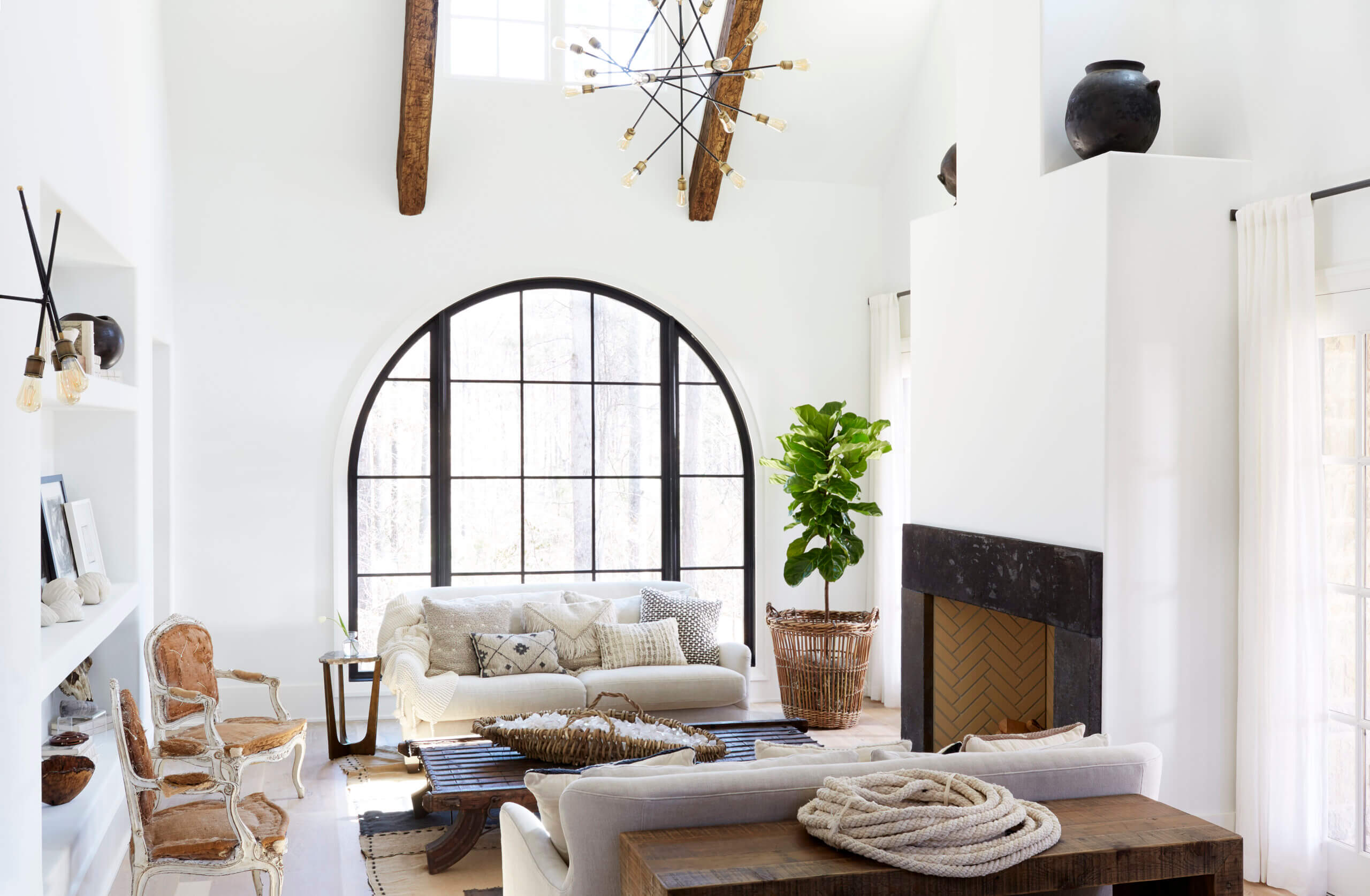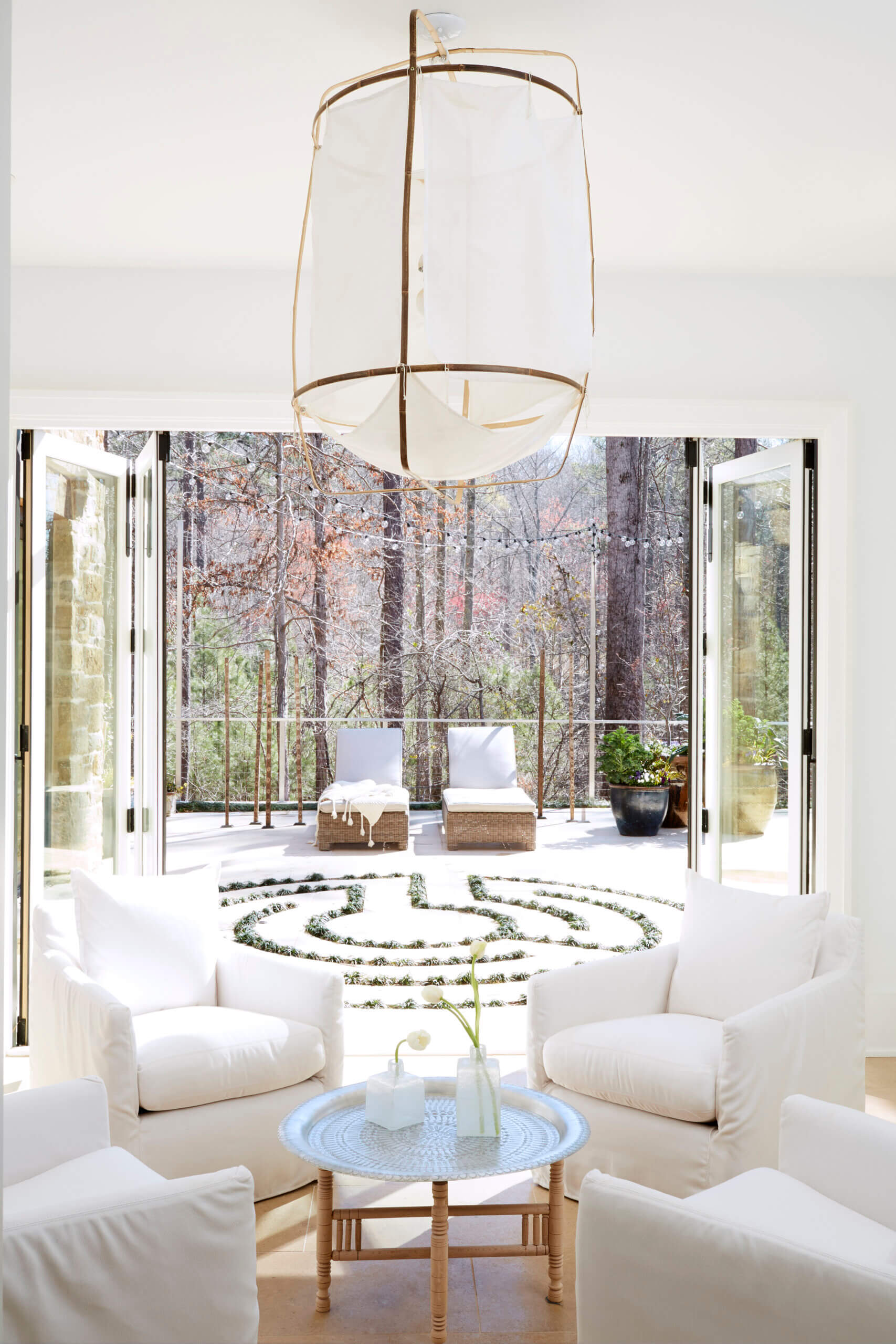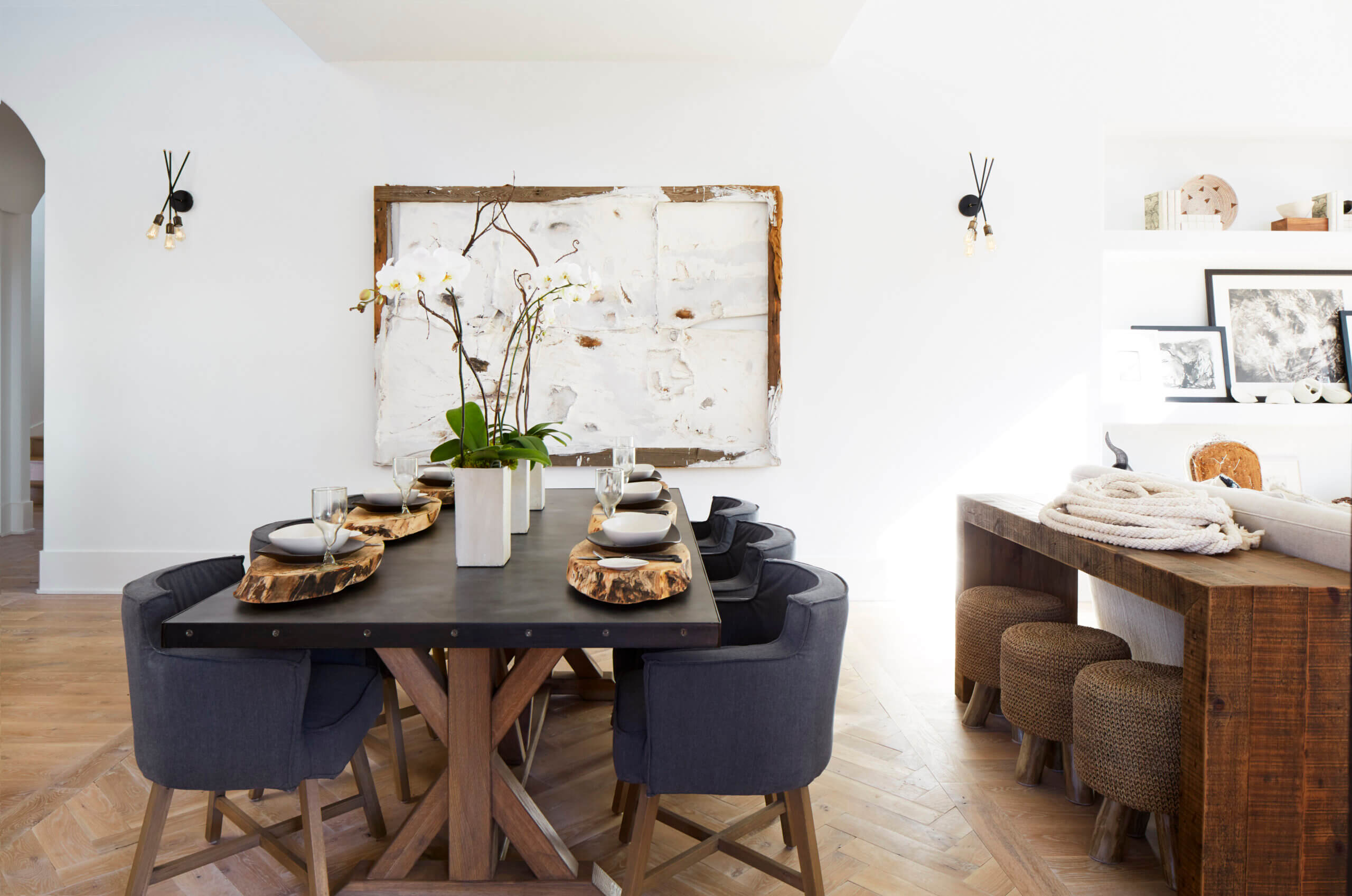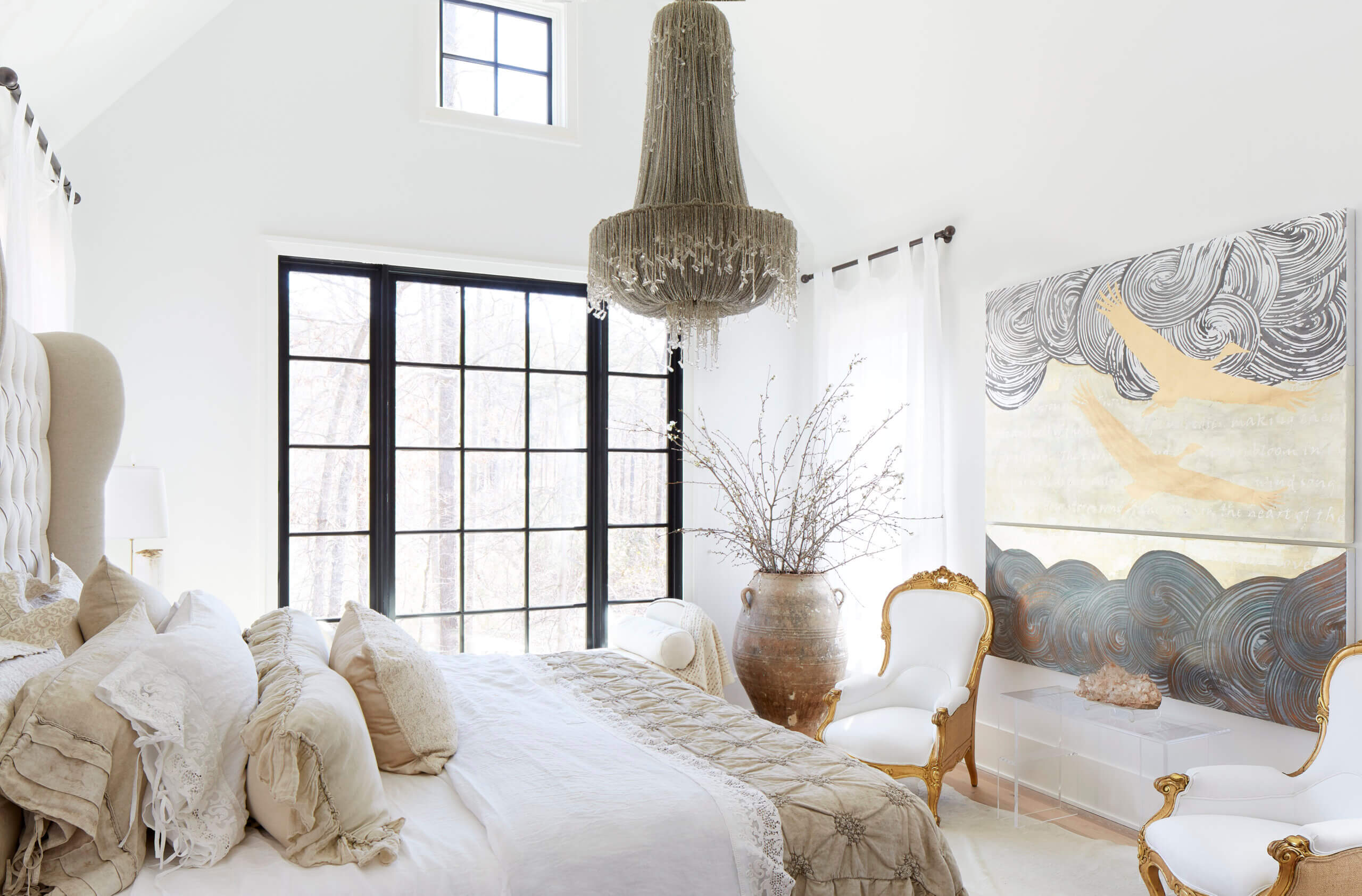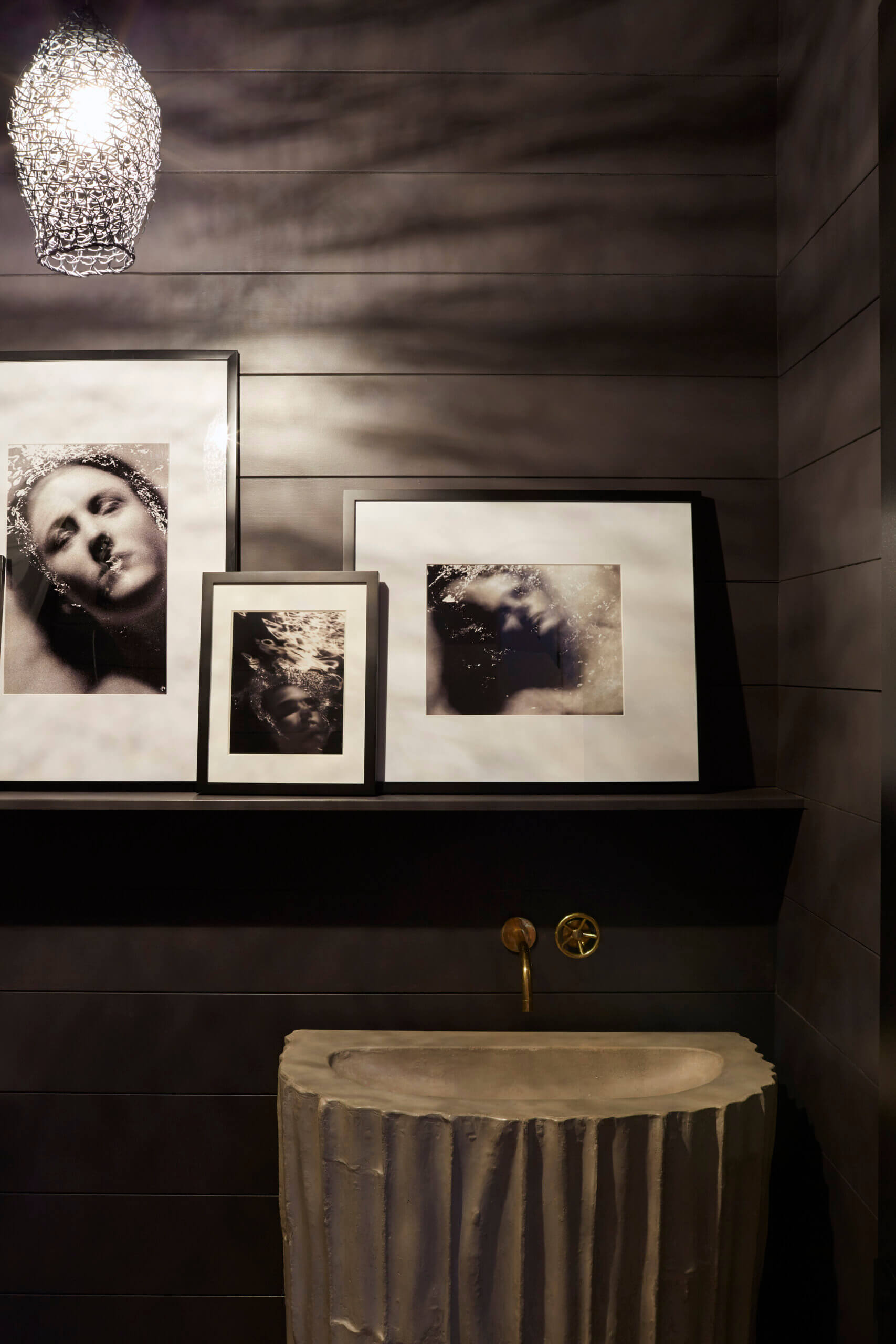By Mary Welch, For the AJC
During the virus outbreak, a clean house has never been more important.
Atlantans, like most Americans, quickly jumped from spring cleaning to deep cleaning. And, as people spend more time at home — in between working and homeschooling — there may be more time to clean. Really clean. But how does one clean a home and maintain it properly?
“The key to a clean house is not to let it get dirty,” says Angela Craven, in a perhaps obvious (and slightly annoying) statement. “There’s no secret formula. It’s just an awareness that it’s your job to tidy up every day. Clean up after yourself, no dishes in the sink, wipe down surfaces, clothes in the hamper. You have to keep up with it.”
Craven cleans for a living. She has been cleaning homes since 2012 when she wanted to earn money and control her own hours. She currently has four clients and charges $25 an hour.
For Craven, the key to a clean house is twofold: daily upkeep and organization. At her home that she shares with her husband and two children, she does a weekly clean but tidies up every day, including wiping down the sink after her husband shaves and the shower door after each use with a towel over the showerhead just for that purpose.
She is a firm believer that everything has a place and should be in its place — always. Brittani Allen agrees and insists that organization is the key to a clean house. Her company, Pinch of Help, helps people declutter and organize. “I spent a month decluttering and organizing my house, and it changed my life. I use to struggle to clean because my house wasn’t organized. I thought it was because I didn’t know how to clean properly. Once a house is organized, cleaning is easy.”
The basic problem is that people have too many unneeded things. “Your home goes from being a pleasant living environment, an oasis, to a storage room. People not only don’t know where their things are; they don’t know what they have. They forget because they can’t find them.”
Her first step is to declutter and purge. Allen has a quick way of determining what stays and what goes. She takes everything out — blushes, white tank tops, etc. — so the client can see everything she owns. She then asks: Do you need it? Do you want to keep it? Do you love it?
“Usually by the time a client calls me, they are ready to change their lives, so I don’t get a lot of pushback. Occasionally someone says they want to keep it but may not love it; we put it aside for a later decision,” she says. One problem is that women, in particular, have clothes in various sizes. “I understand keeping one outfit for when you lose weight, but people have whole wardrobes that are too small,” she says. “I ask them if they could fit into that dress today, would they wear it? Most of the time they don’t because the styles have changed. And, if you lose that weight, you really want to go shopping for new clothes. That way, we eliminate those clothes, create space for what she’s wearing now and in the future.”
After each room is decluttered, it’s time for organizing. Allen, like Craven, is a big believer in having boxes, baskets and containers to put things in. “You want to organize in a way that it can be maintained.”
The most important tip for sustained organization is to label where everything goes, she says. For some people, that may mean having a “sock drawer,” but for others, it might be having a “black sock drawer” and another for colored socks. Some might be satisfied with a “junk drawer,” while others may not be as free-spirited and need more specific drawers. “The point is that every person whether it be your spouse, mother-in-law, friend or nanny, knows where everything goes in your absence. My husband used to put something away in the kitchen wherever he found an empty space. Now we have a label so he knows where the bread goes.”
Allen says her decluttered and organized way makes it easier to clean the house. “You have minimized the clutter on countertops so you can see the surfaces and clean them. You can do a deeper clean. There’s less dust to begin with, which makes a difference if you have asthma or allergies.”
Jillian Pritchard Cooke, an interior designer, developed environmental cancer 14 years ago and took a hard look at the toxins both in homes, buildings and the decor. The goal of her company, Wellness Within Your Walls, is to improve air quality within homes in order to achieve healthier living environments. Her company has an education program that covers each phase of the design and building process to reduce toxins and offers a certification program that encourages a more holistic approach for manufacturers, architects, builders and designers.
She offers a 10-step program to wellness that involves, clean air, water, natural light, chemical control, physical wellness, spiritual and mental wellness, conscious consumption, food science and behavioral strategies.
One easy step homeowners can take that will make their homes cleaner is to check their HVAC filters and know what their rating is (take the filter to a store like The Home Depot or Lowe’s if you need help). Most homes have a MERV-8 filter that provides good airflow and is fine for homes where there are no allergies, pets or smokers. However, Pritchard Cooke suggests getting a filter of at least a 10, preferably higher such as a 13. The higher the rating, the better the airflow and quality because it does a better job at keeping toxins such as carpet fiber, dust mites, pollen, pet dander, mold spores and car fumes out of the air. “You want a filter with the highest MERV rating. Clean your vents and, if possible, have an air purification system. I know it’s expensive, but it makes a big difference.”
Interestingly, Pritchard Cooke warns against using many of the standard cleaning products — that is if you can even buy them in the stores now. “I understand people are nervous and with many, the first instinct is to grab bleach, but you need to understand what you’re grabbing,” she says. “We don’t know how long this virus lasts on surfaces, and people want to disinfect everything, but bleach and chemical disinfectives can affect your lungs. So, we have a disease that affects the lungs, and people are using chemicals to clean that compromise your breathing ability. It’s really scary because we’re setting ourselves up to compromise our lung’s breathing ability with these products. It’s a really big point.”
By contrast, she suggests using botanicals, which are no less effective in removing viral participles but have no lasting nasty side effects. “You’ve heard about the Bubonic Plague? Well, back then, before chemicals, they made anti-bacterial compounds using things like witch hazel, lavender and white pine, which is a strong disinfectives.” While she admits that many clean with white vinegar, she points out that it is not as effective as a disinfective as other mixtures, such as grain alcohol. “You can’t underestimate the power of alcohol,” she says. “In the military days, the first things brought to the front lines was alcohol.”
RECIPES FOR HOMEMADE CLEANERS
Hand Sanitizer
What you need
Mini spray bottles, around 2 ounces
A small funnel
Eye droppers
2 droppers Thieves Oil
4 drops white thyme essential oil
4 drops lavender essential oil
1 dropper argan oil (or sweet almond oil)
1 ounce witch hazel
1 ounce isopropyl alcohol, at least 70 percent
Directions: Shake vigorously to combine and then do a few spray tests to see how you like the smell. If you want more scent, add a few more drops Thieves Oil, or another favorite scented essential oil.
There’s no substitute for washing your hands with hot soapy water for at least 20 seconds. But use this hand sanitizer to clean hands and spaces when necessary. It also works to clean grease.
Disinfectant from Scratch (Home Surfaces)
What you need
Rubbing alcohol and aloe leaf
Isolate the aloe vera from the plant and make gel
1/8 cup of Aloe Vera Gel
3/8 cup of Rubbing (isopropyl) Alcohol that is at minimum 91% pure
Directions: Mix together – put in spray bottle. Add essential oils for scent.
Disinfectant using products from store (Home Surfaces)
What you need
Grain alcohol and aloe juice
Measure out 2/3 cup of grain alcohol
1/3 cup of plain aloe vera gel
Essential oils for scent
Directions: Mix together, and put in spray bottle. CDC requires that the alcohol be 60% or above 190 proof alcohol is 64% alcohol. 190 proof equals 65% alcohol and plain aloe vera gel. To be comparable to store-bought products like Purell or Germ-X in terms of effectiveness, the final product needs to be at least 65% alcohol. Using 91% grain alcohol will place your final product within that range.
— Contributed by Jillian Pritchard Cooke, owner of Wellness Within Your Walls

